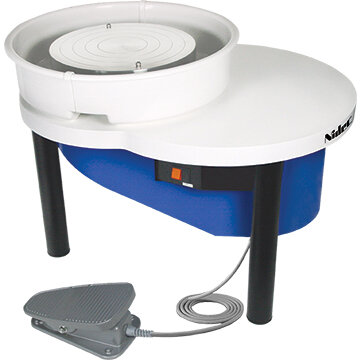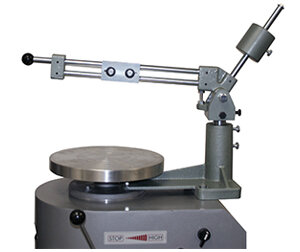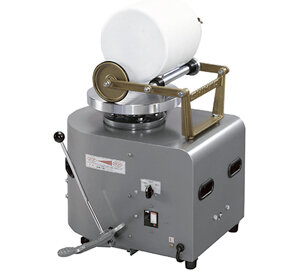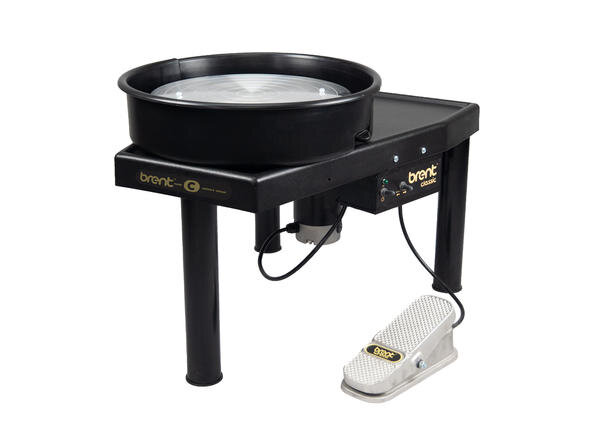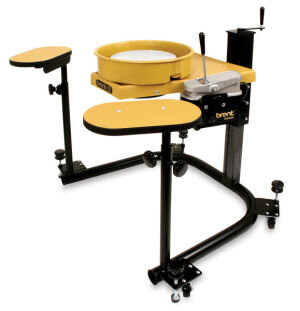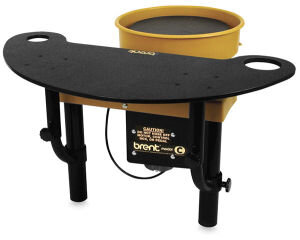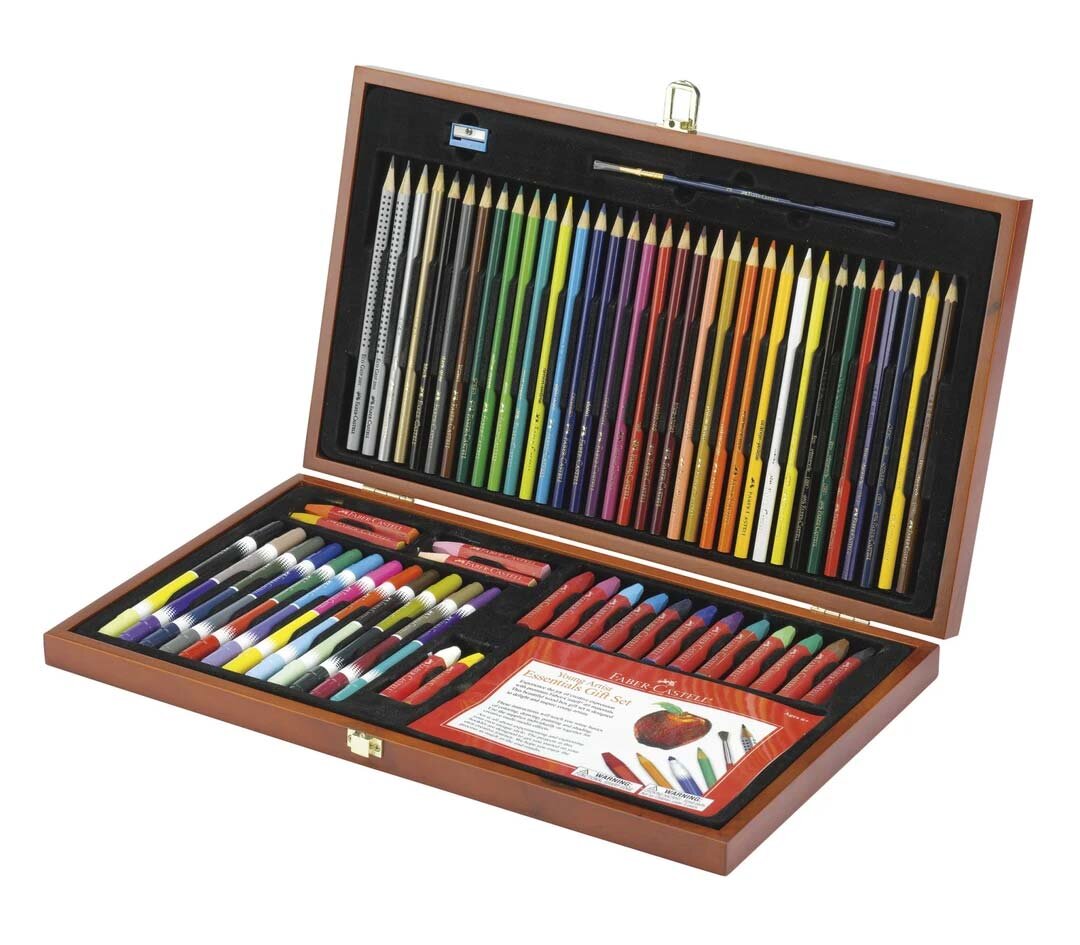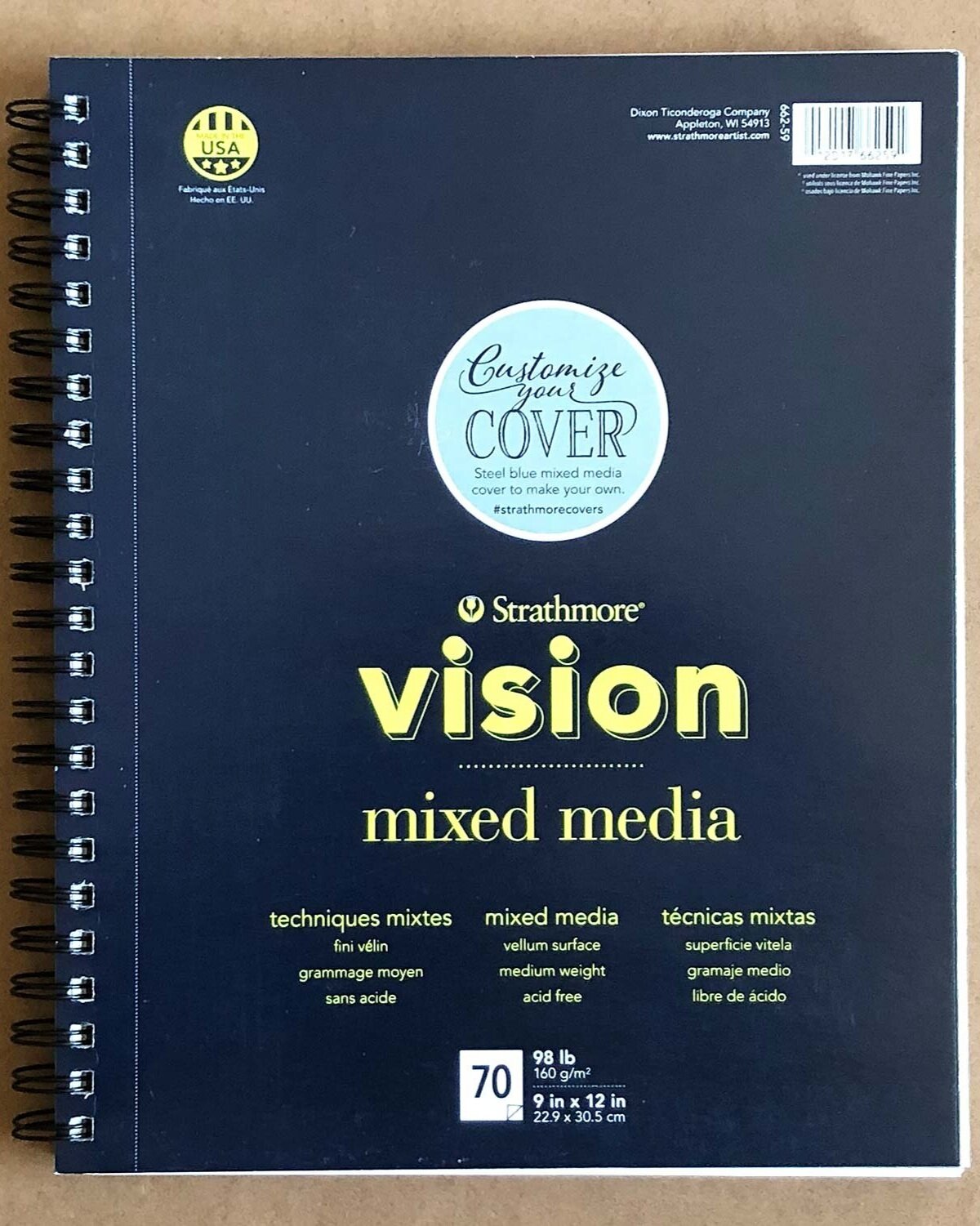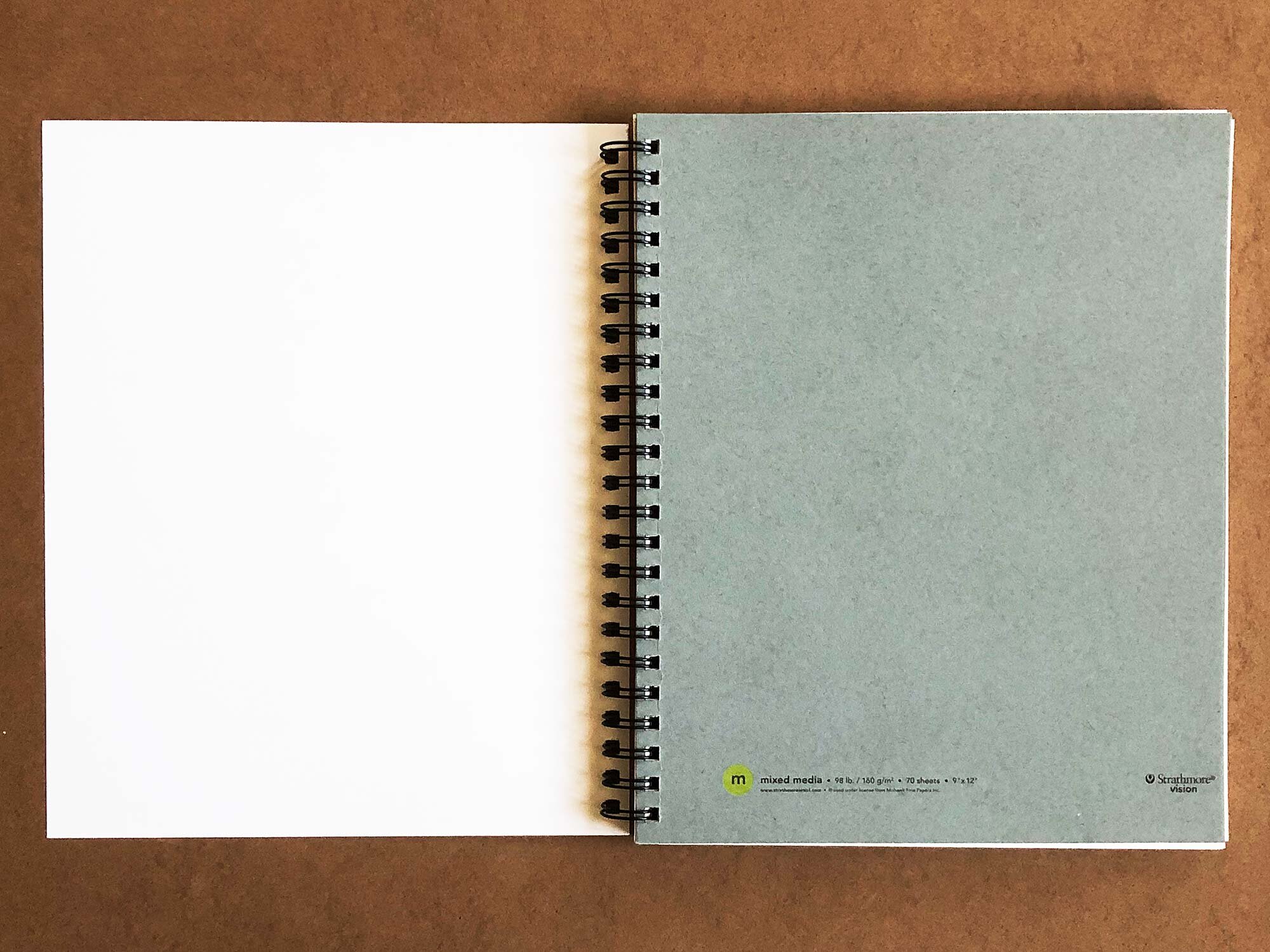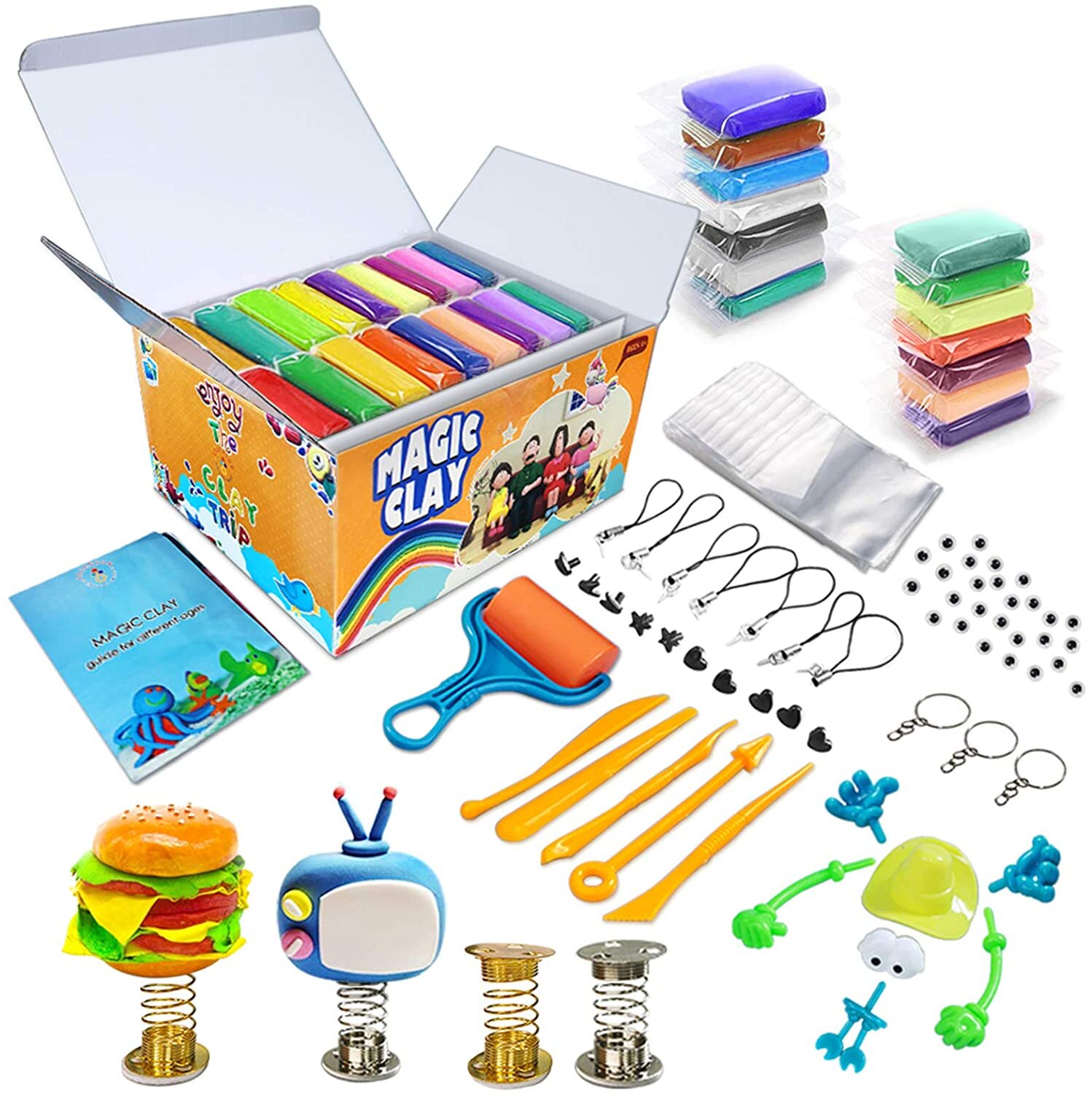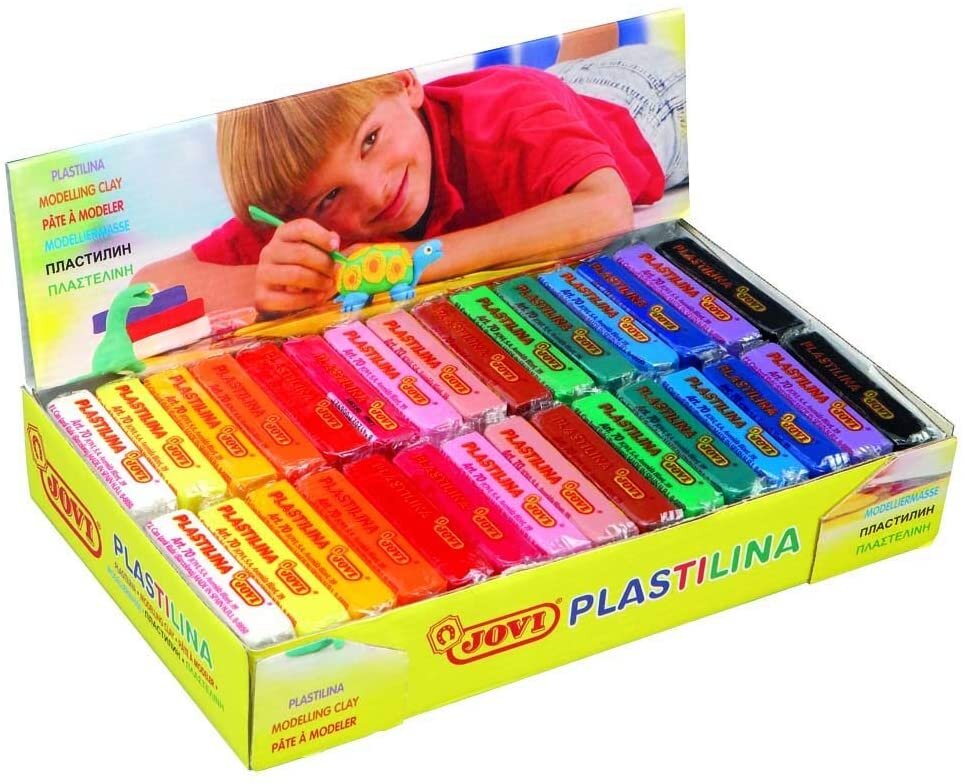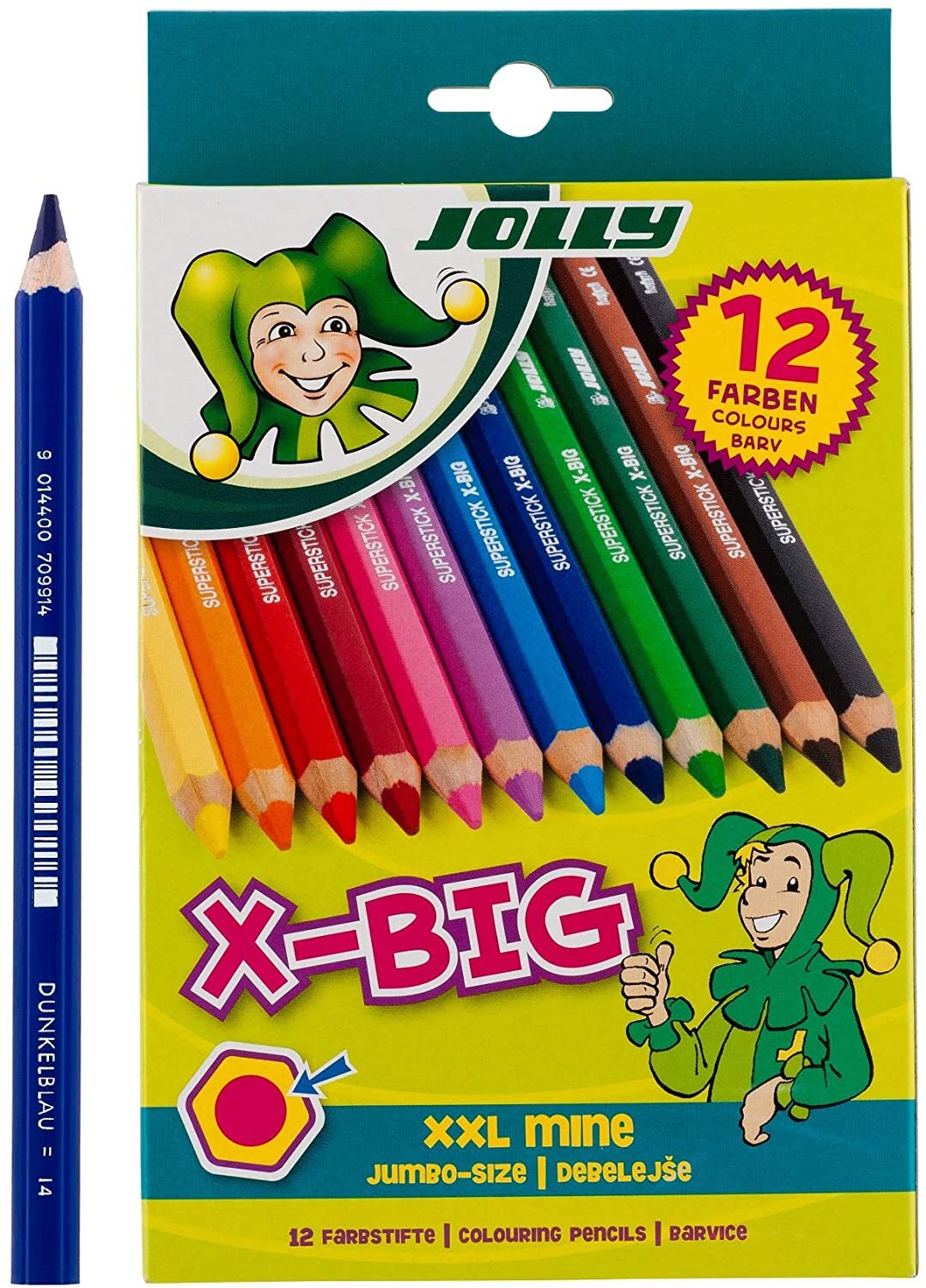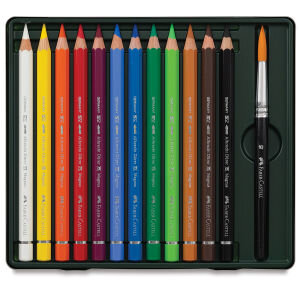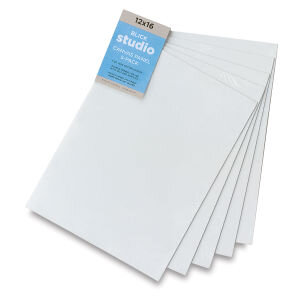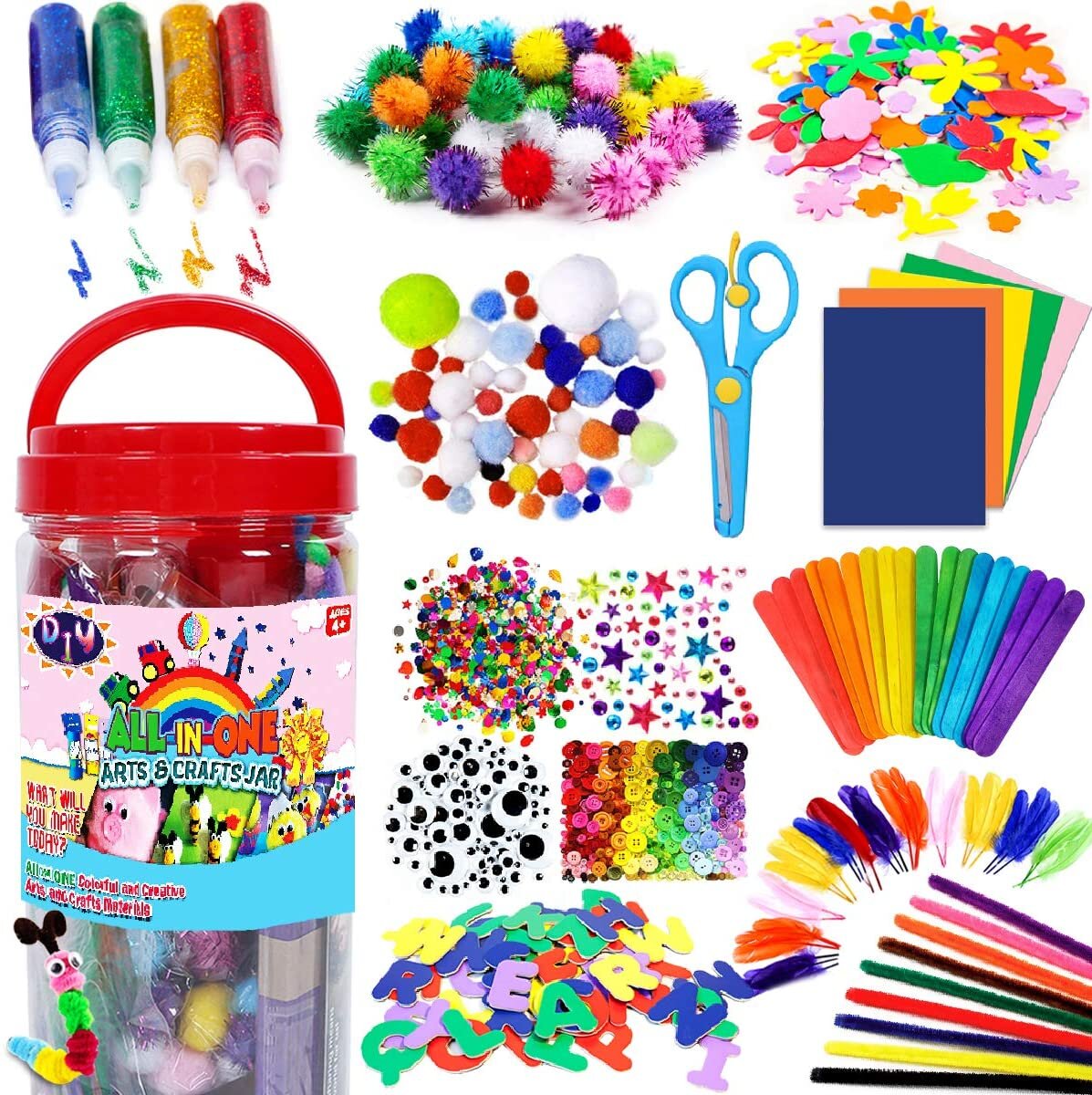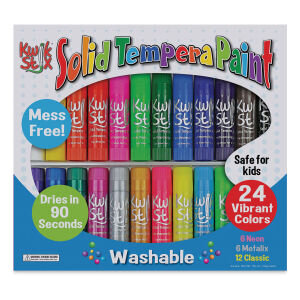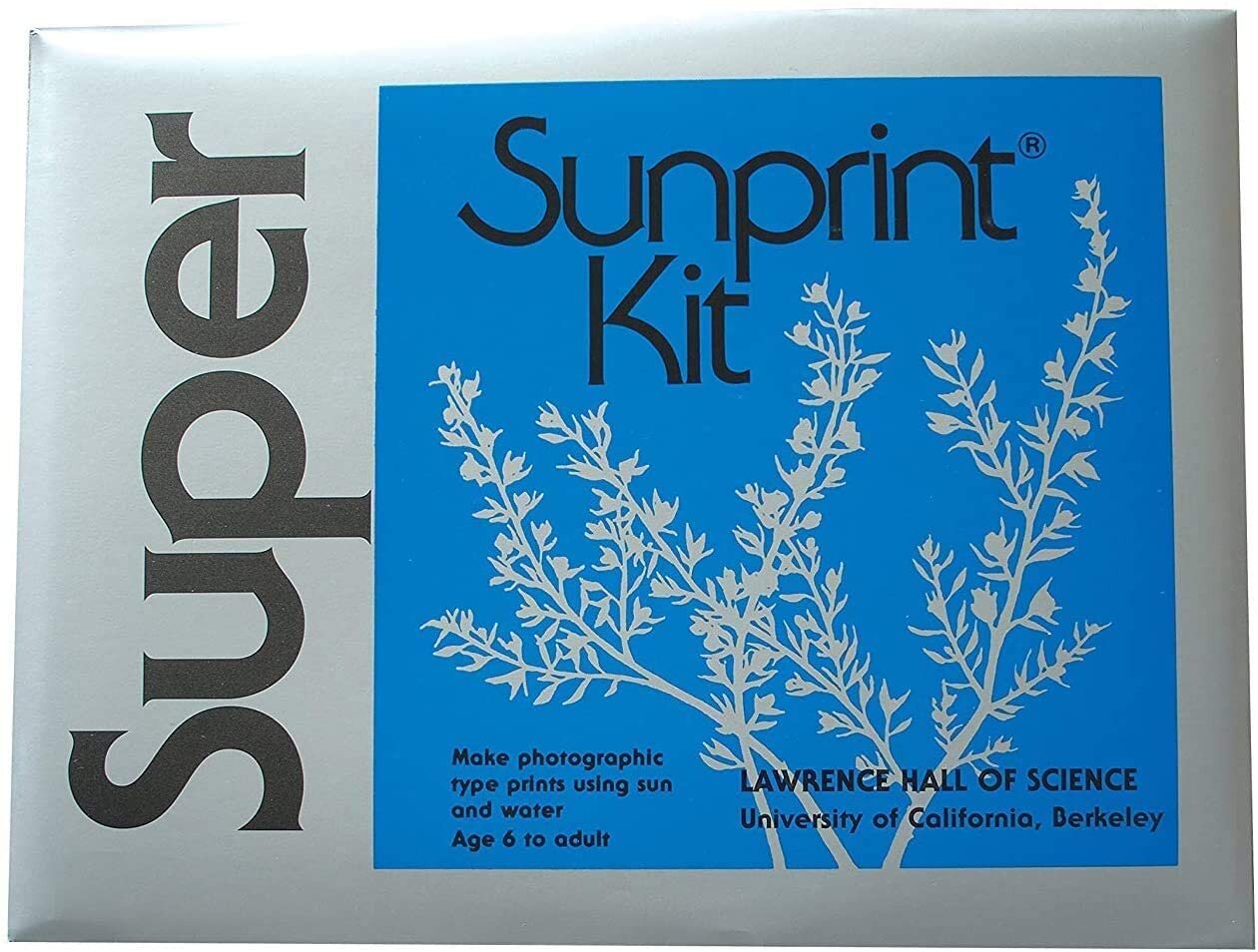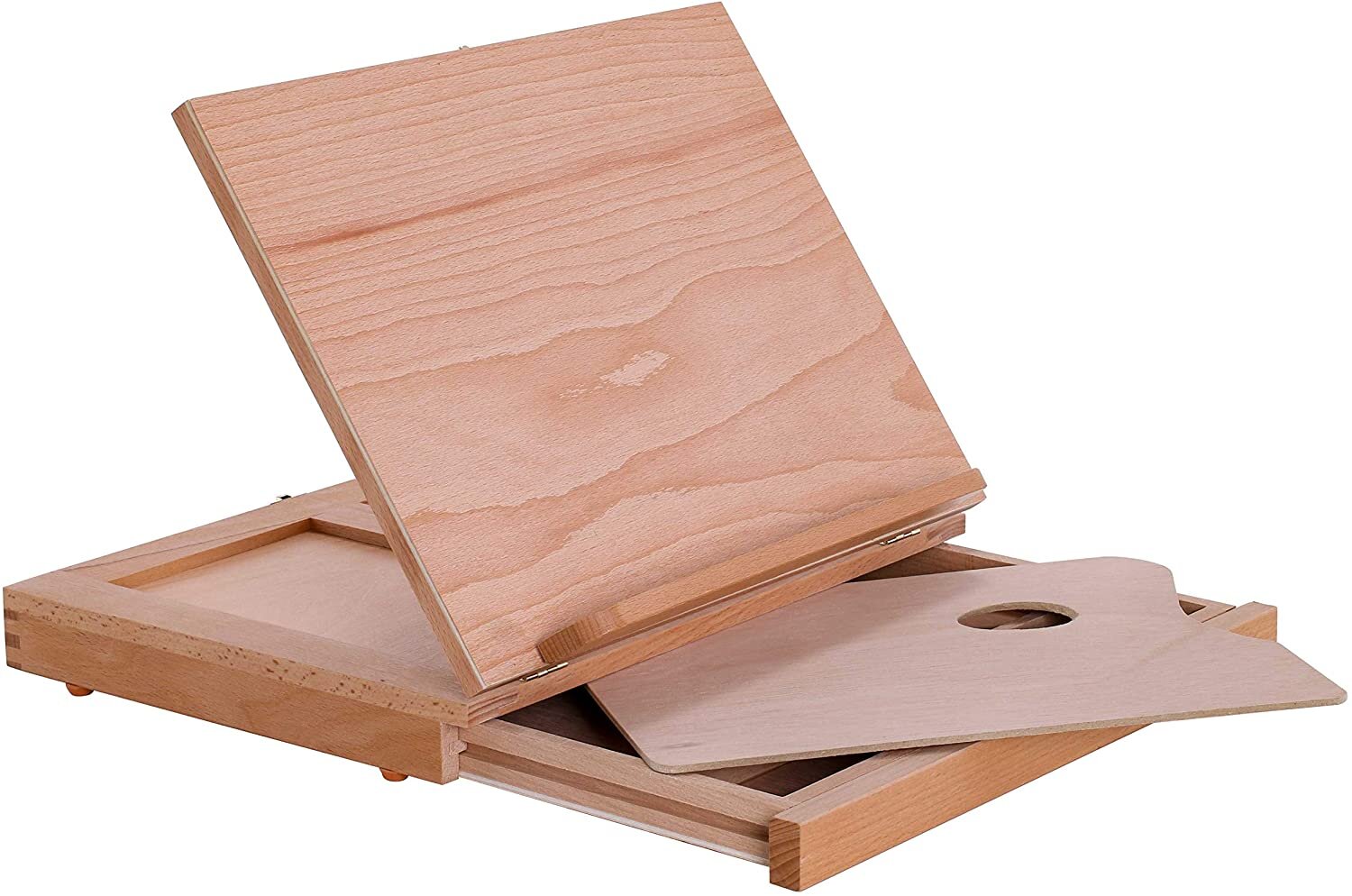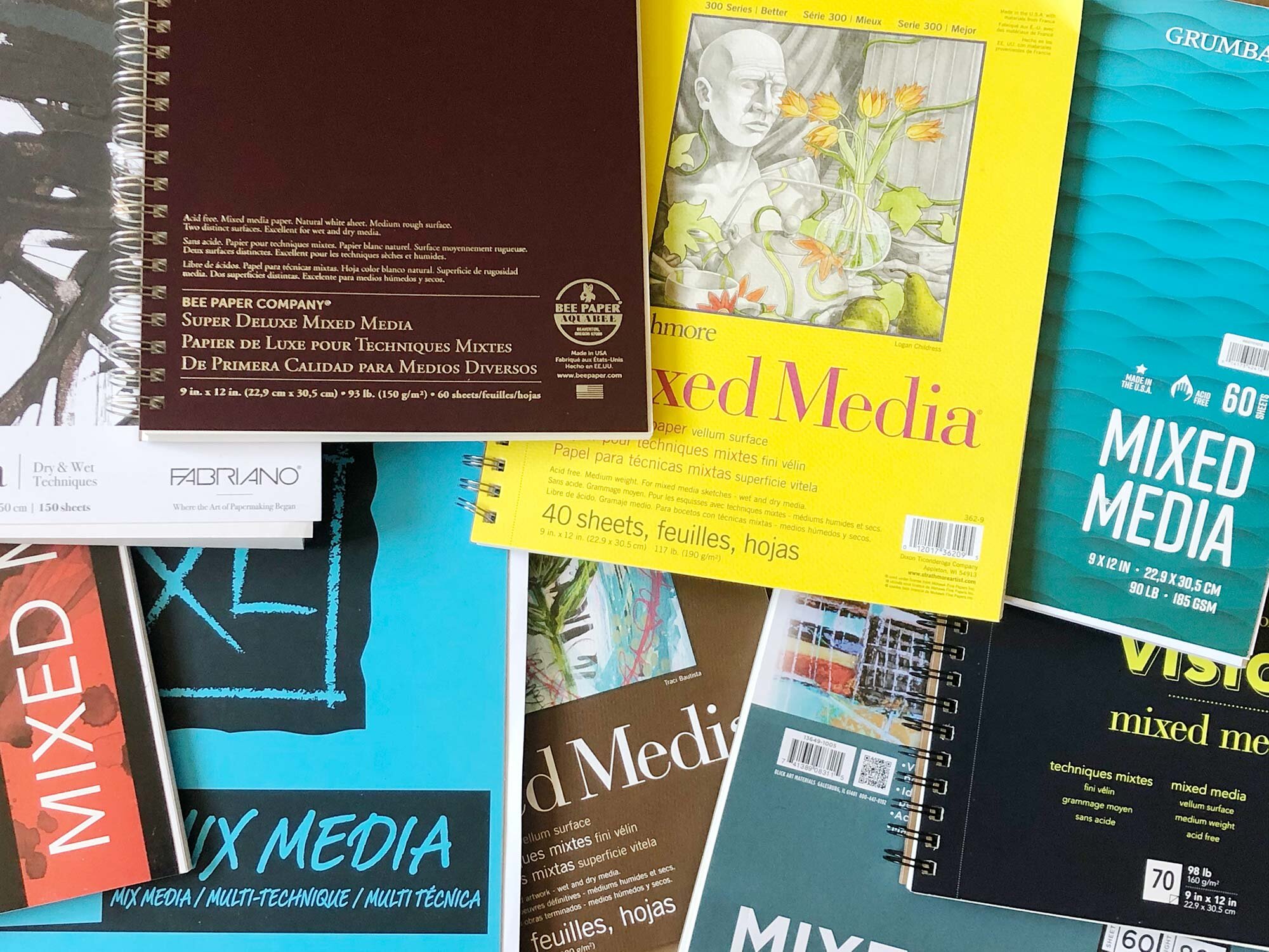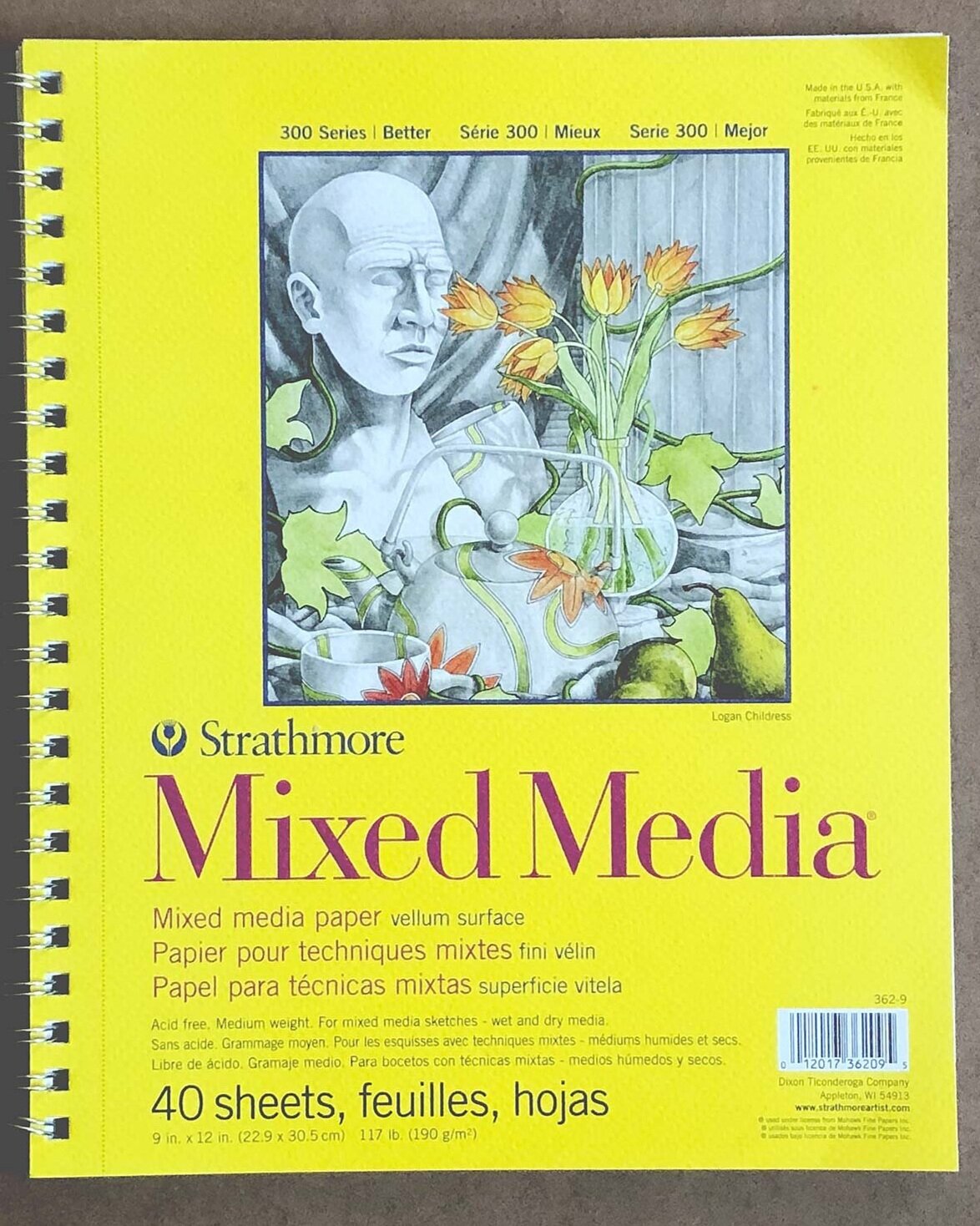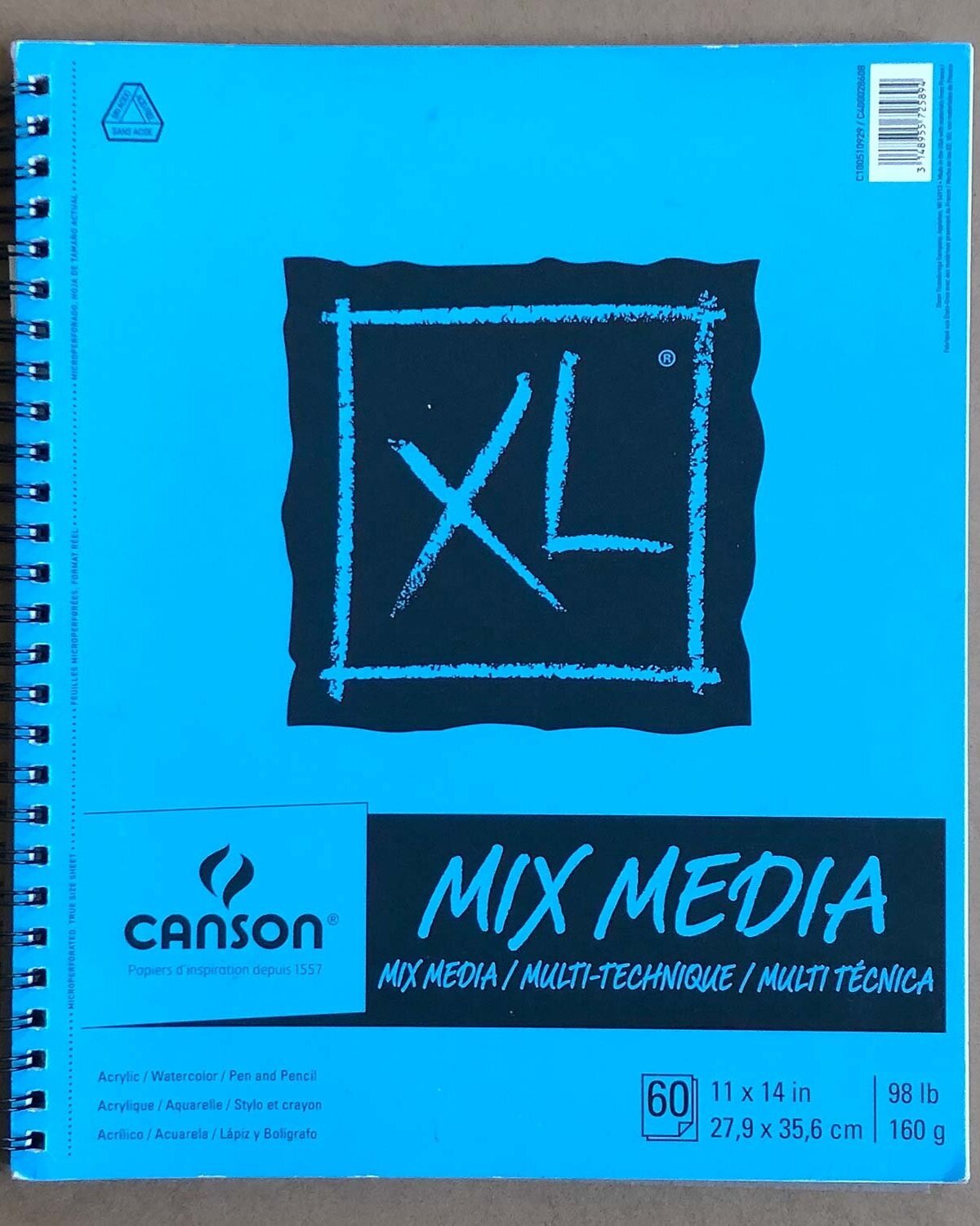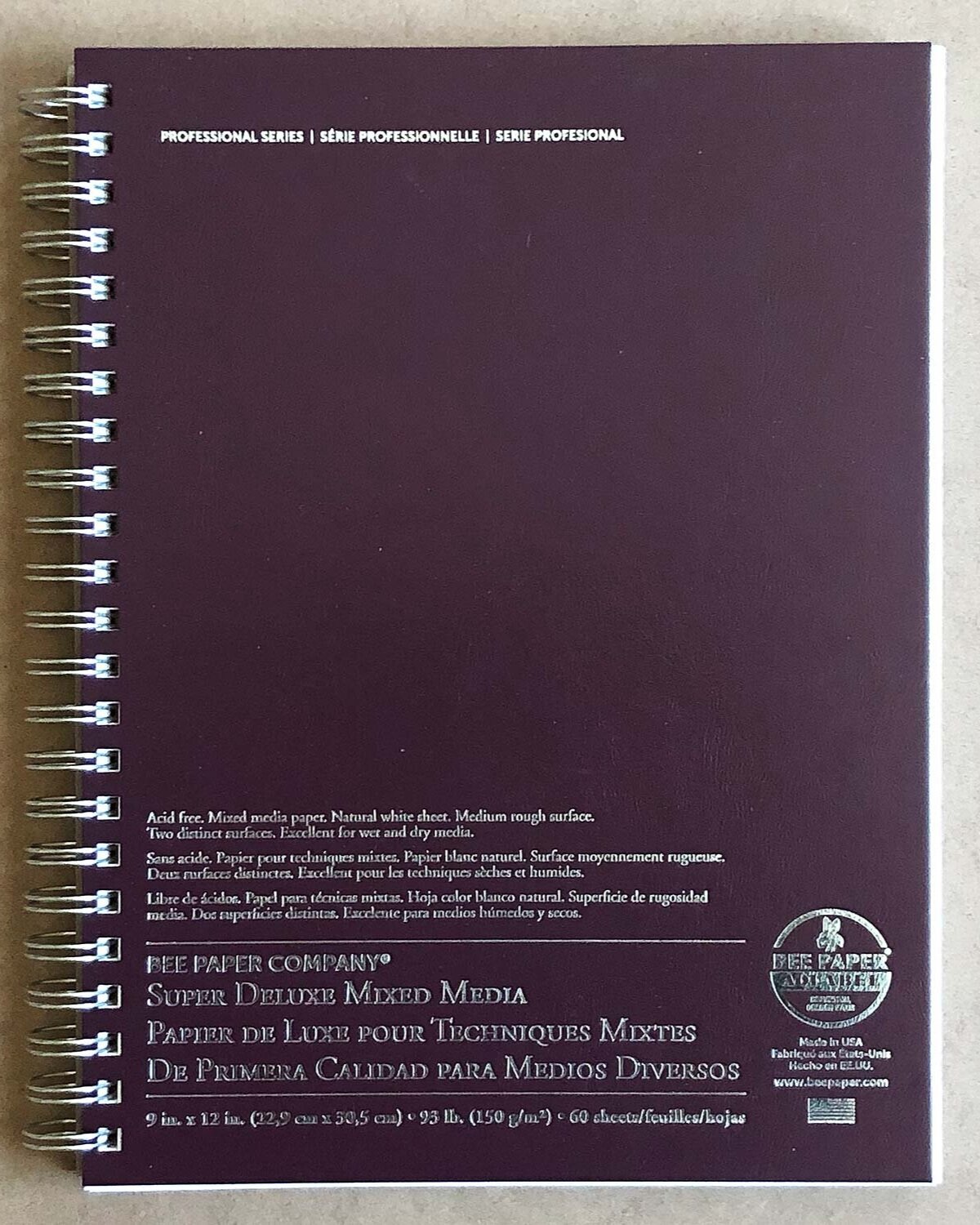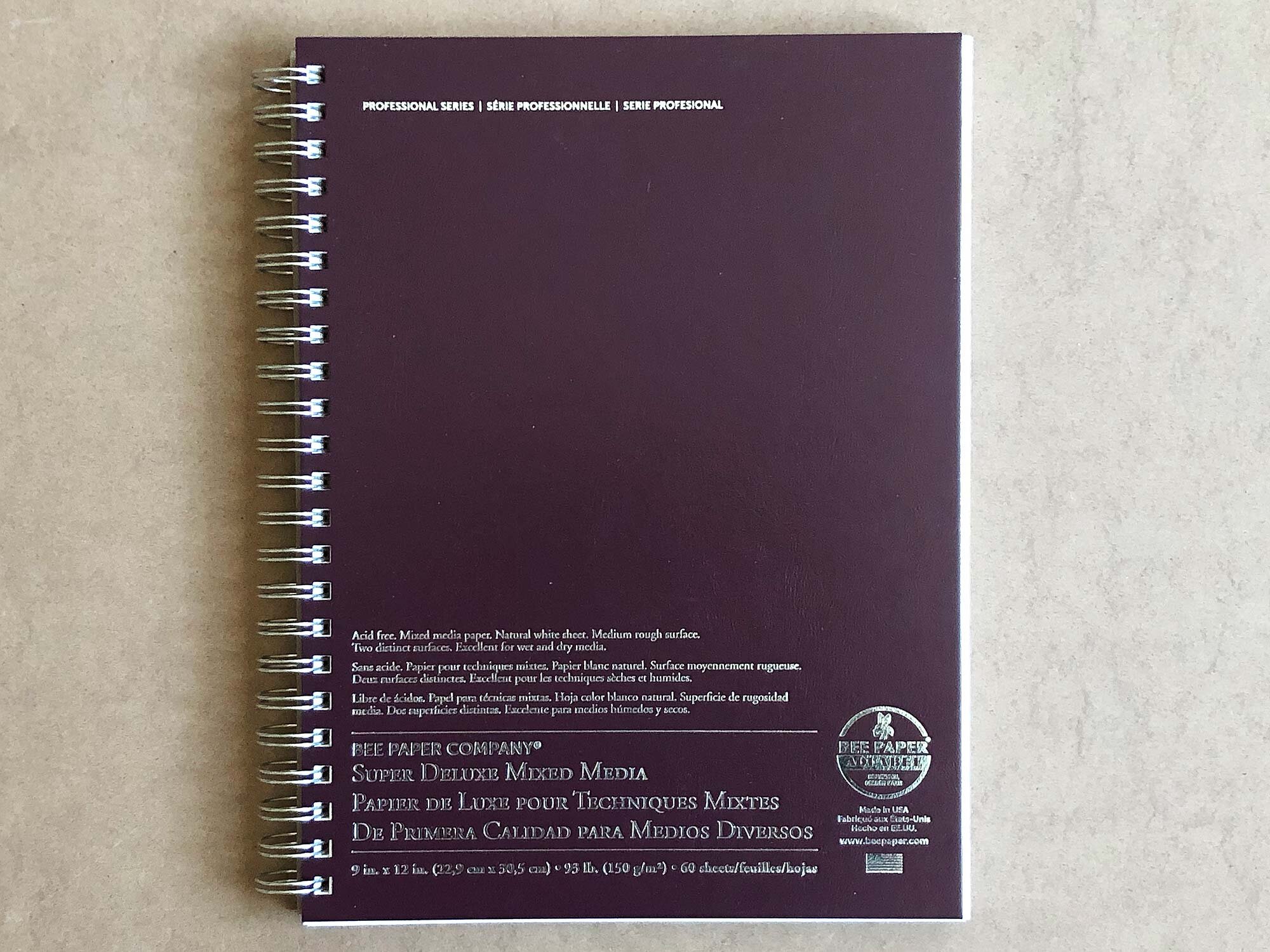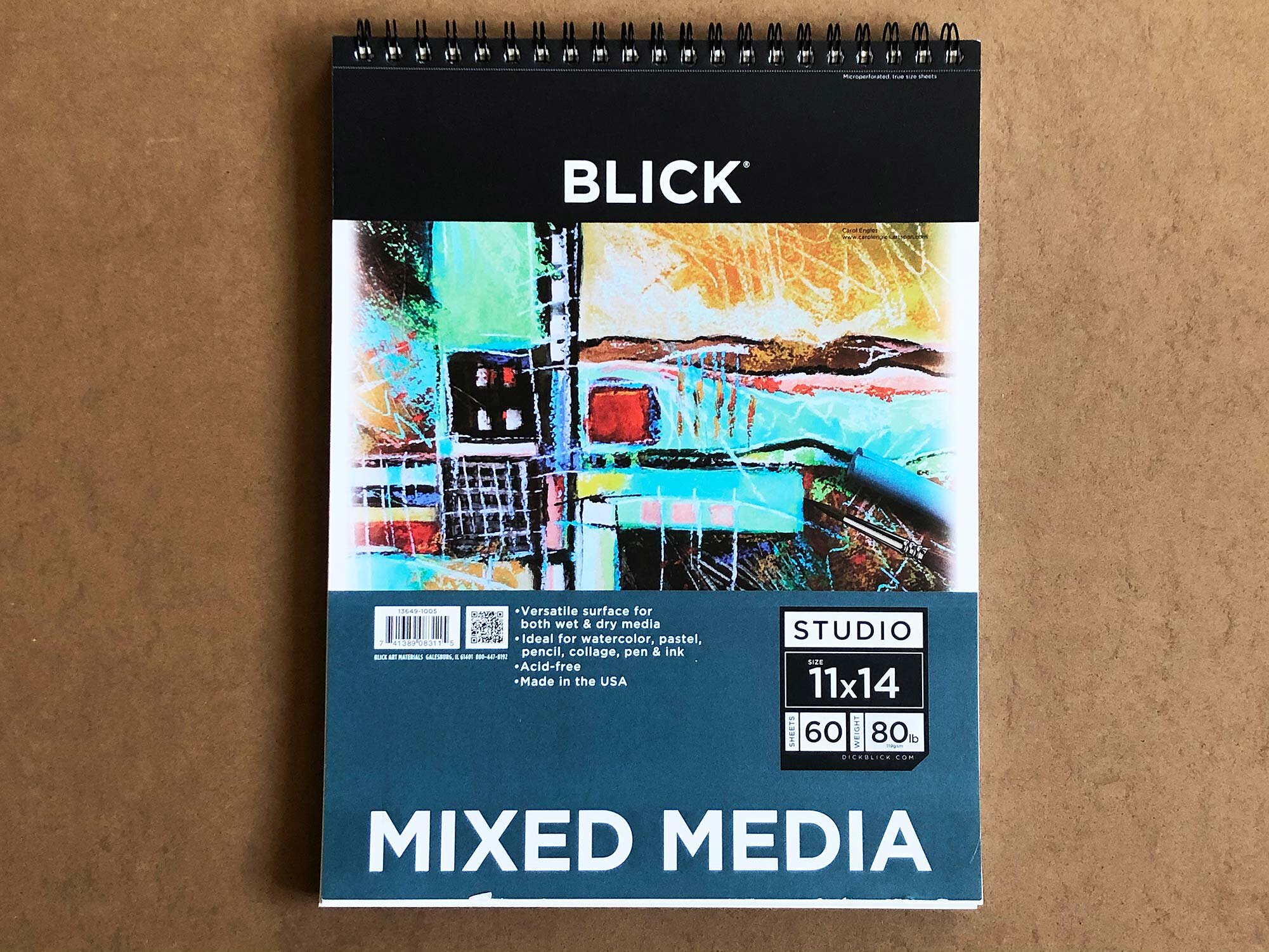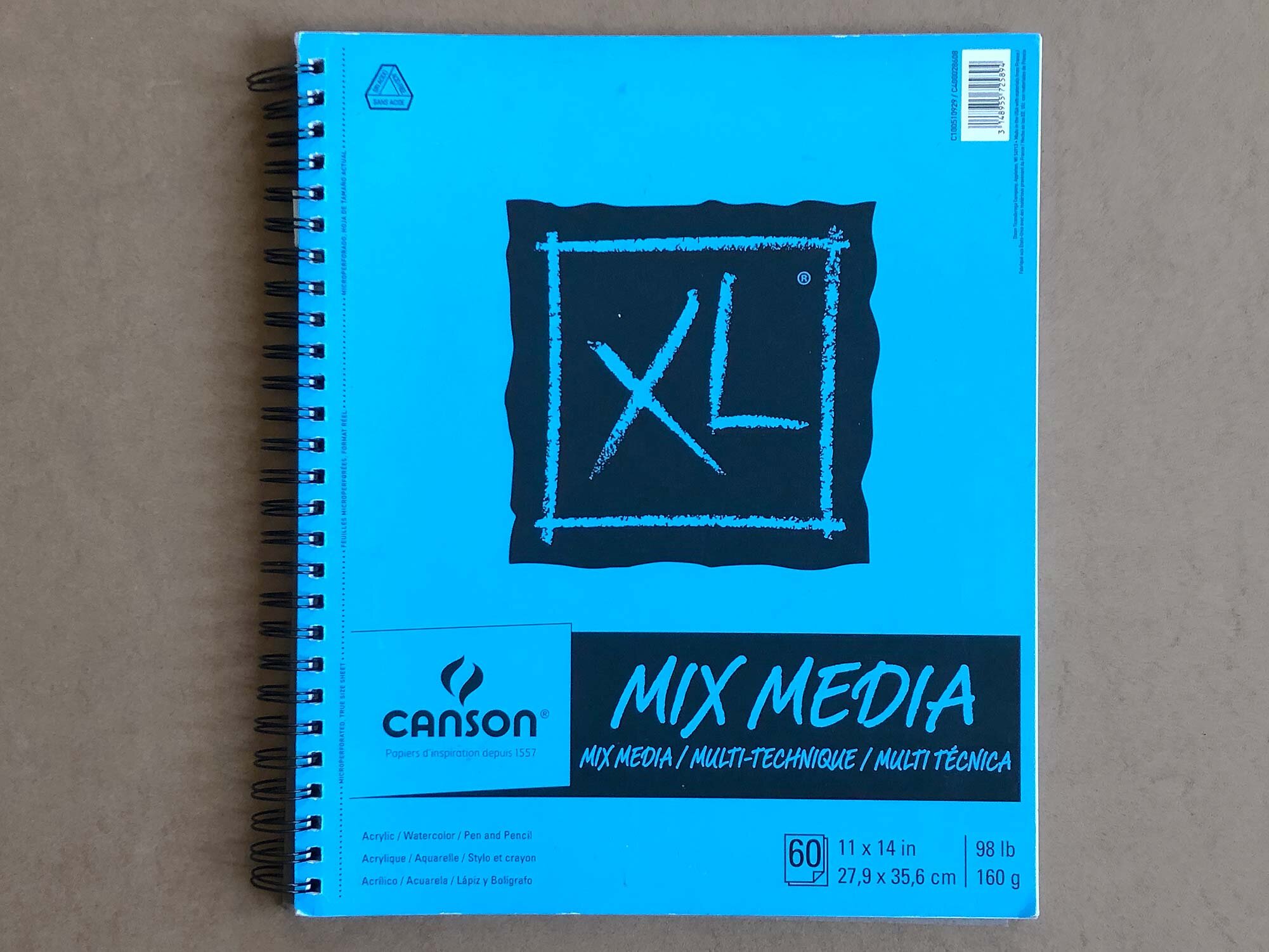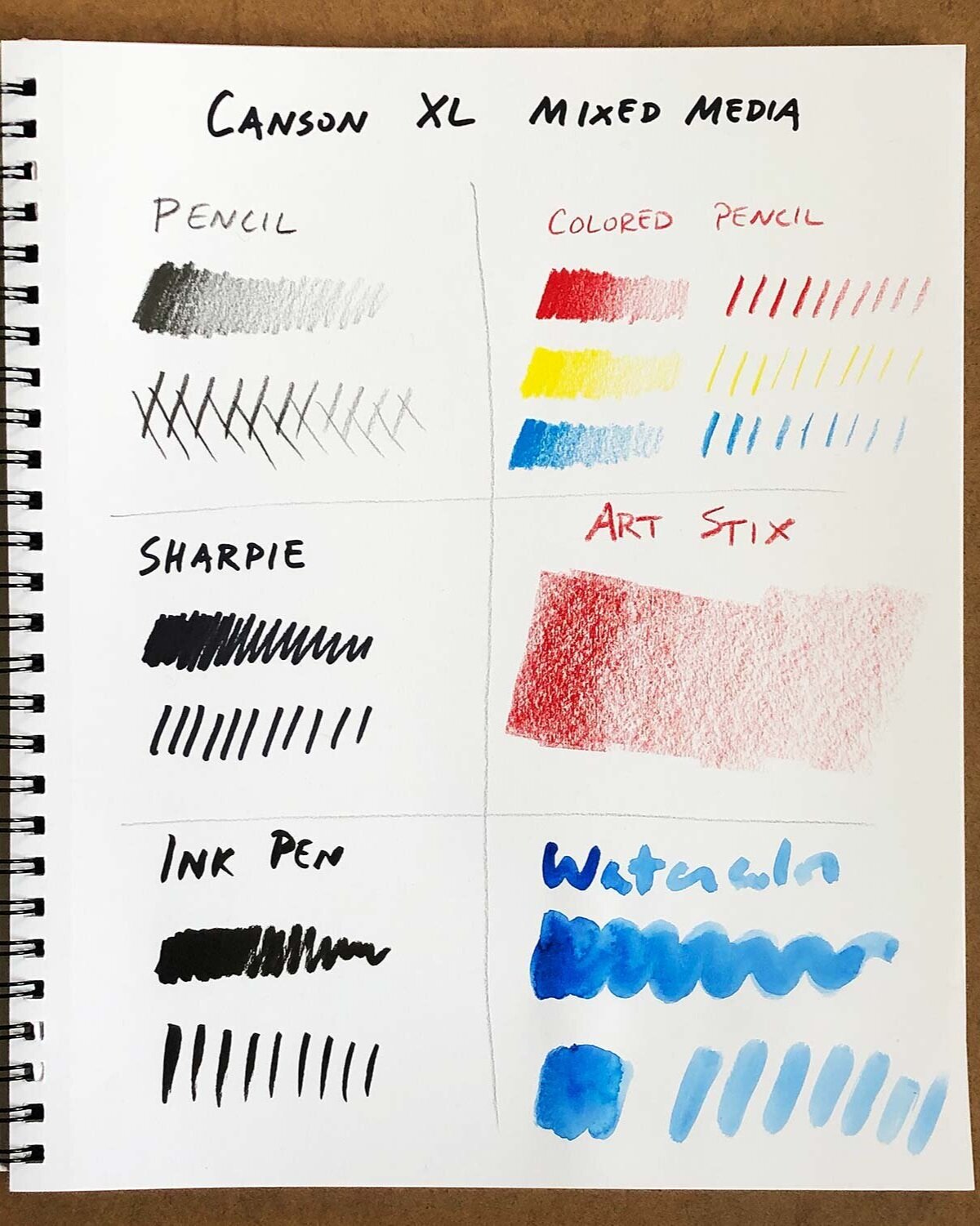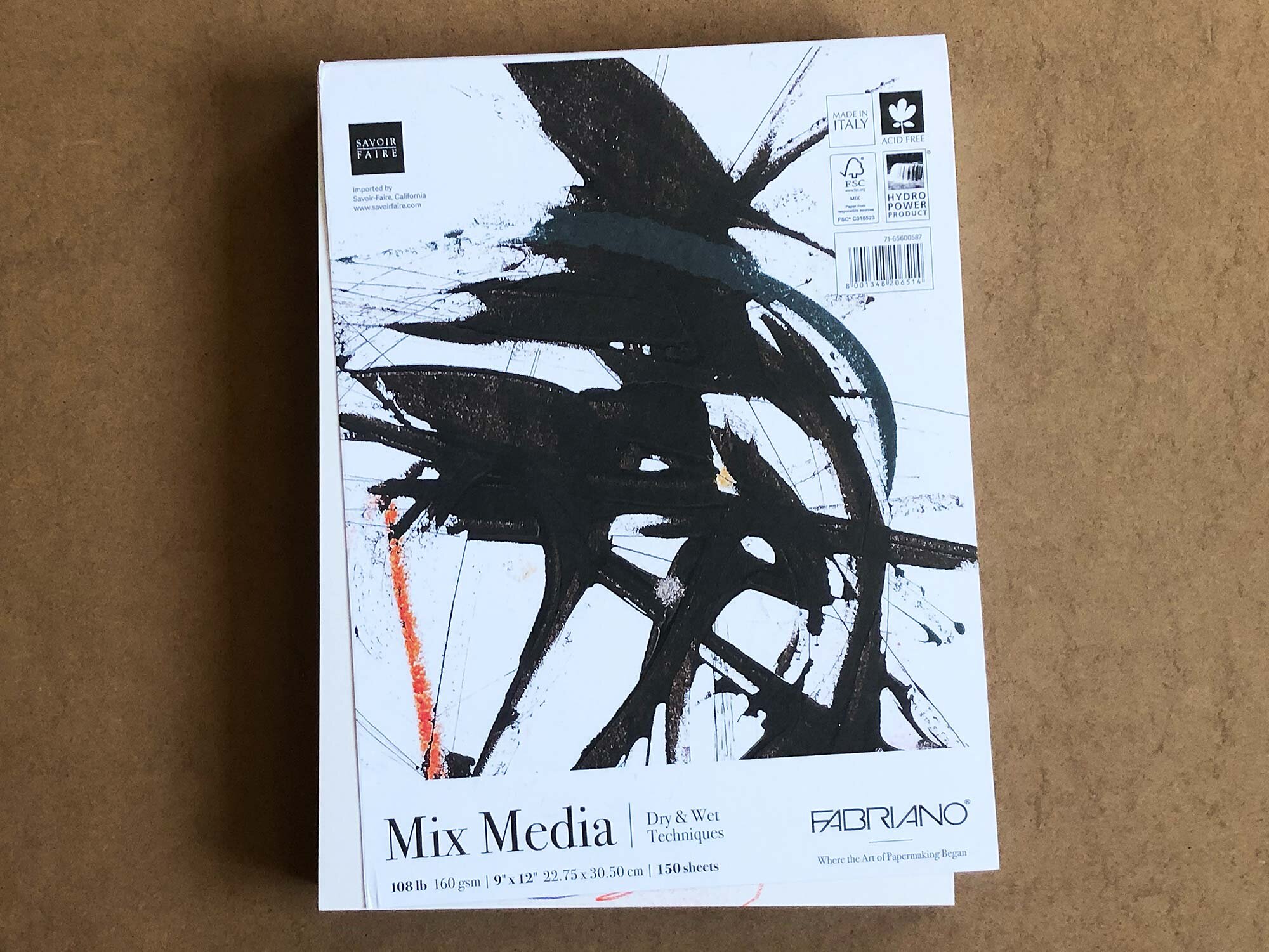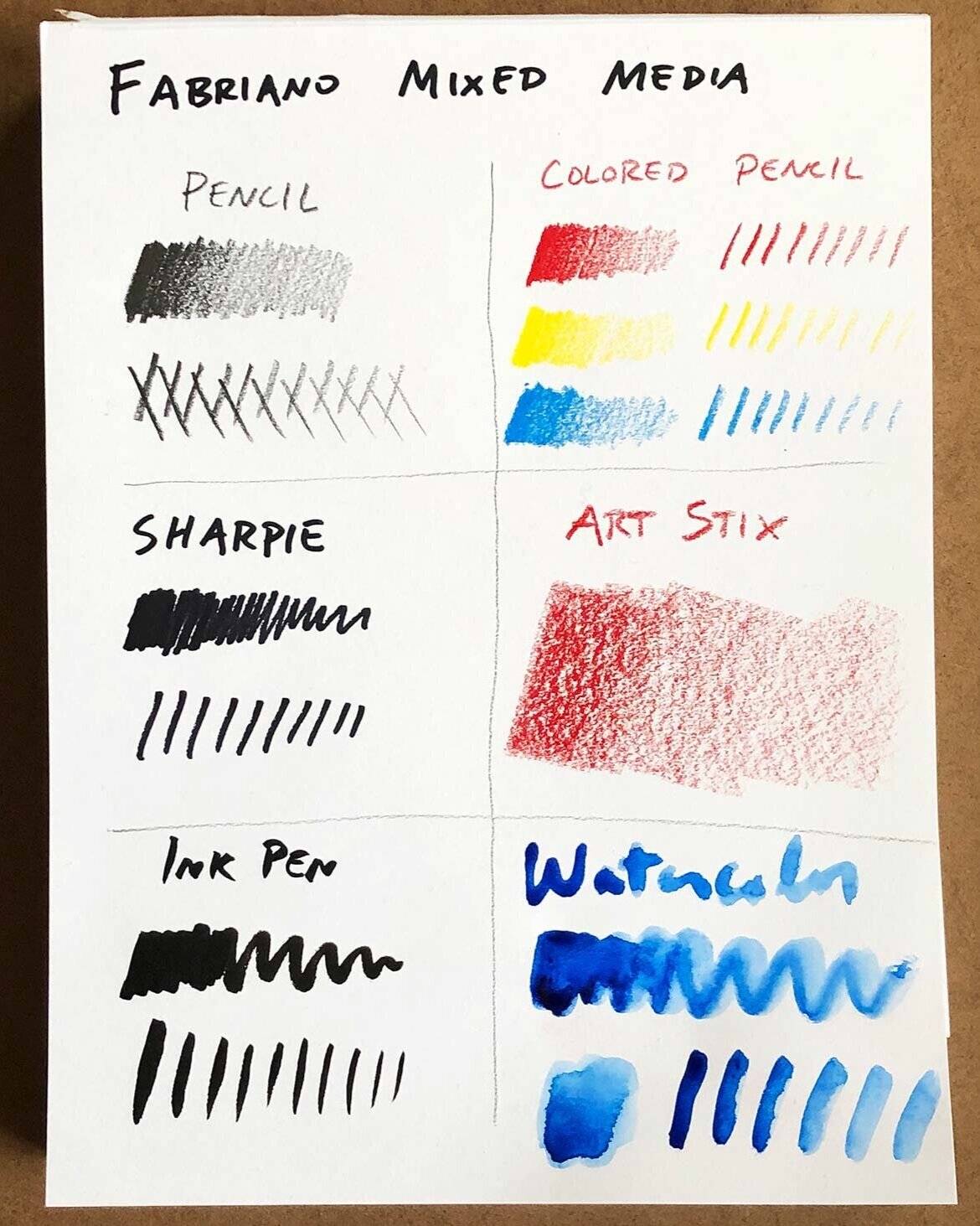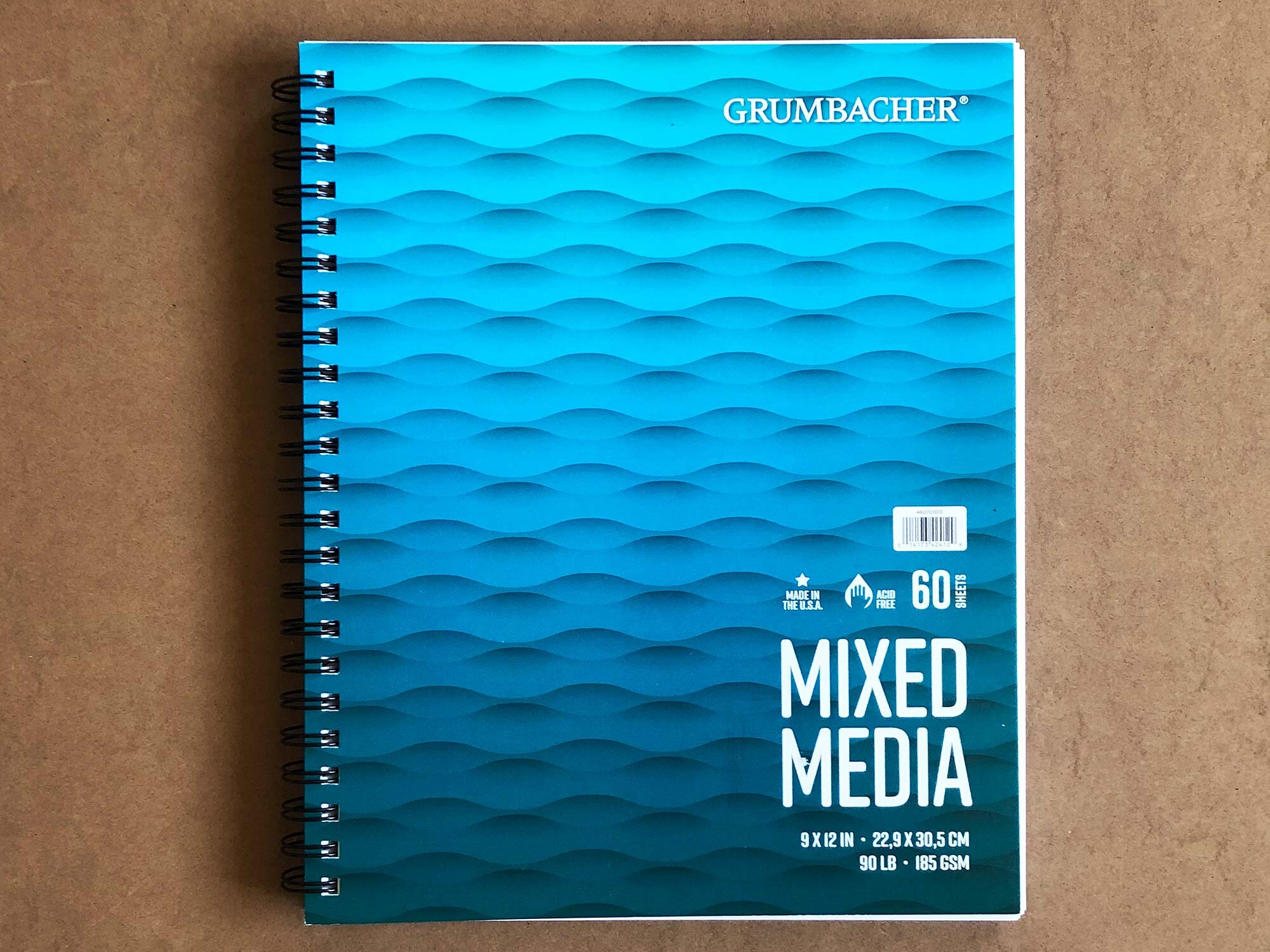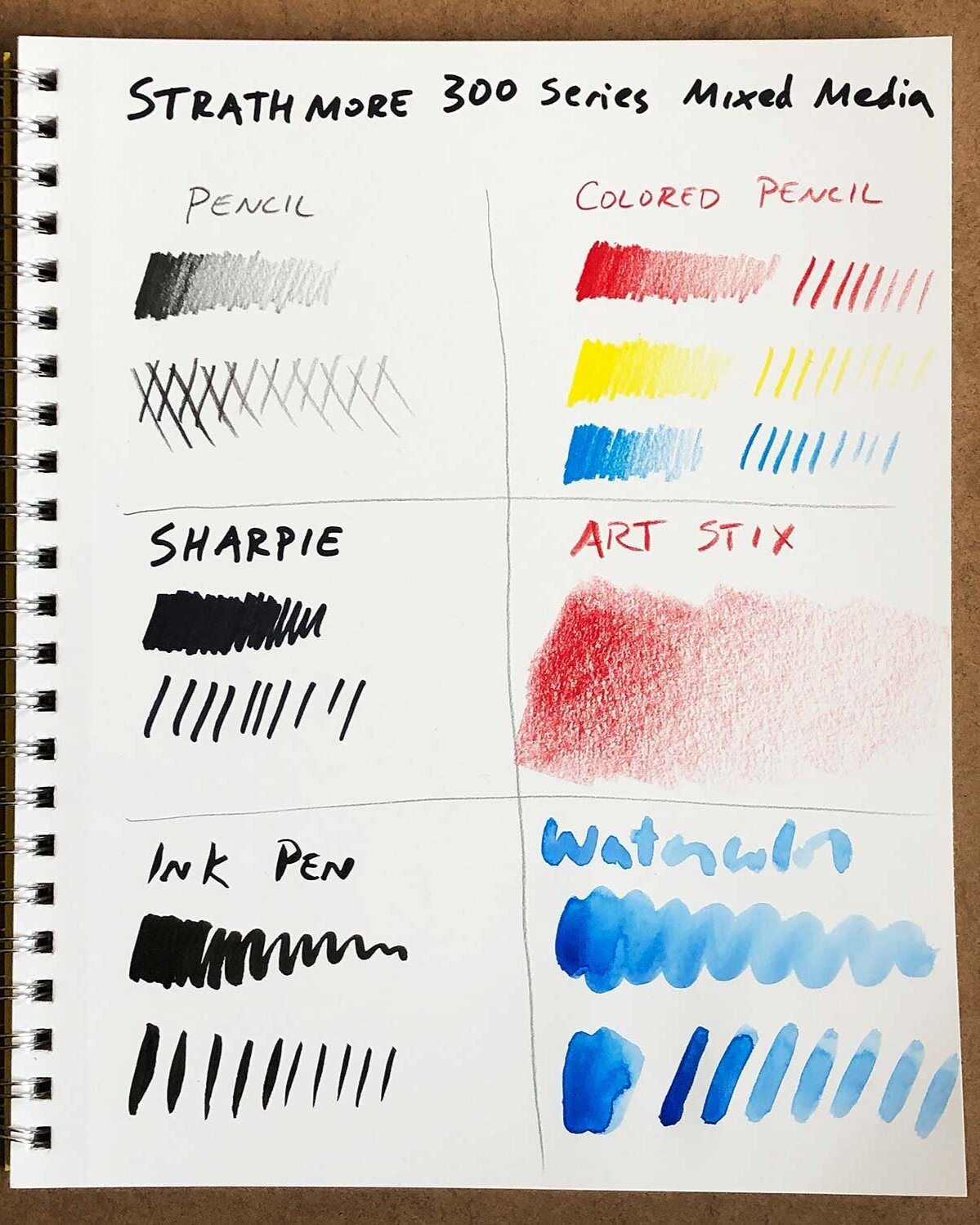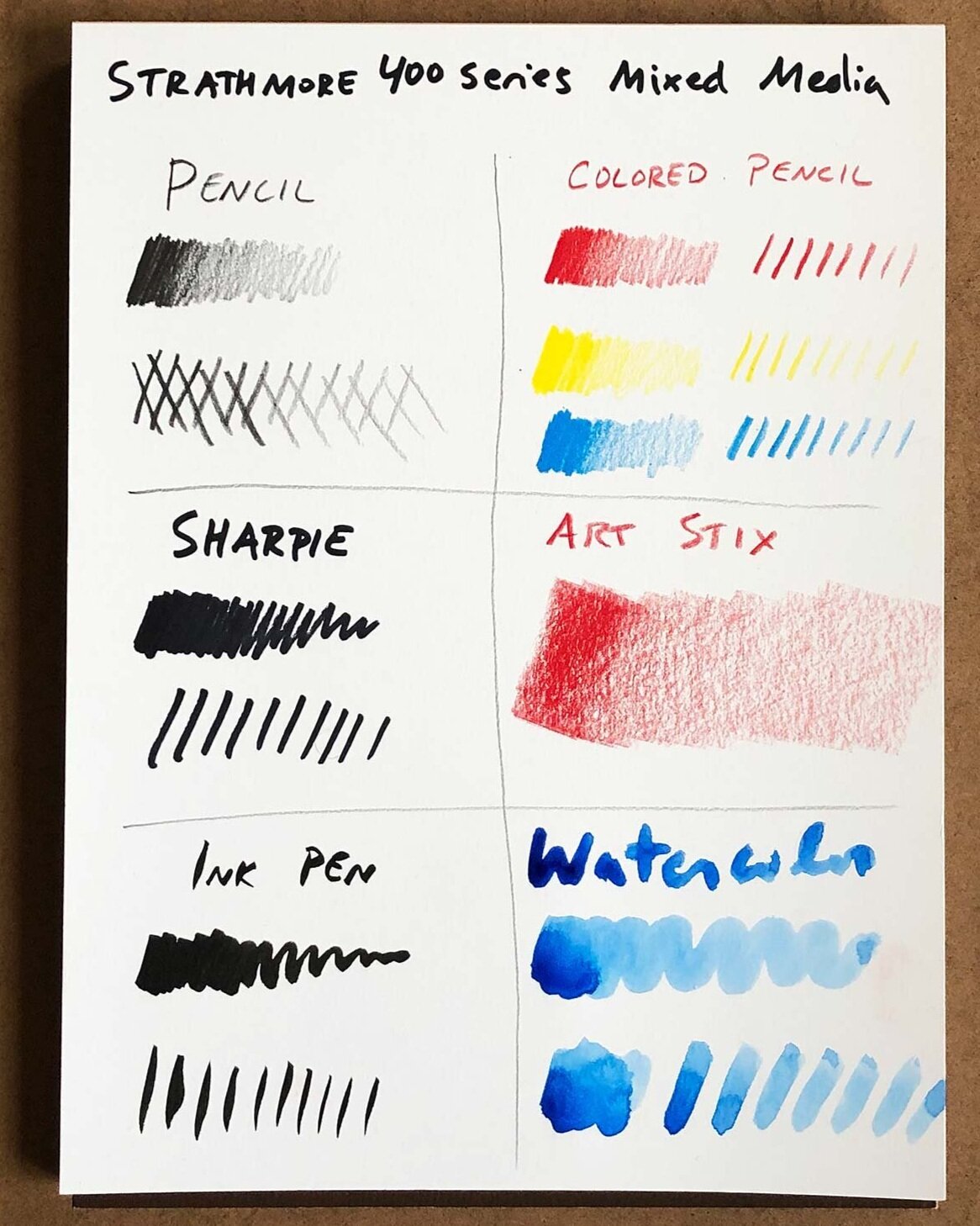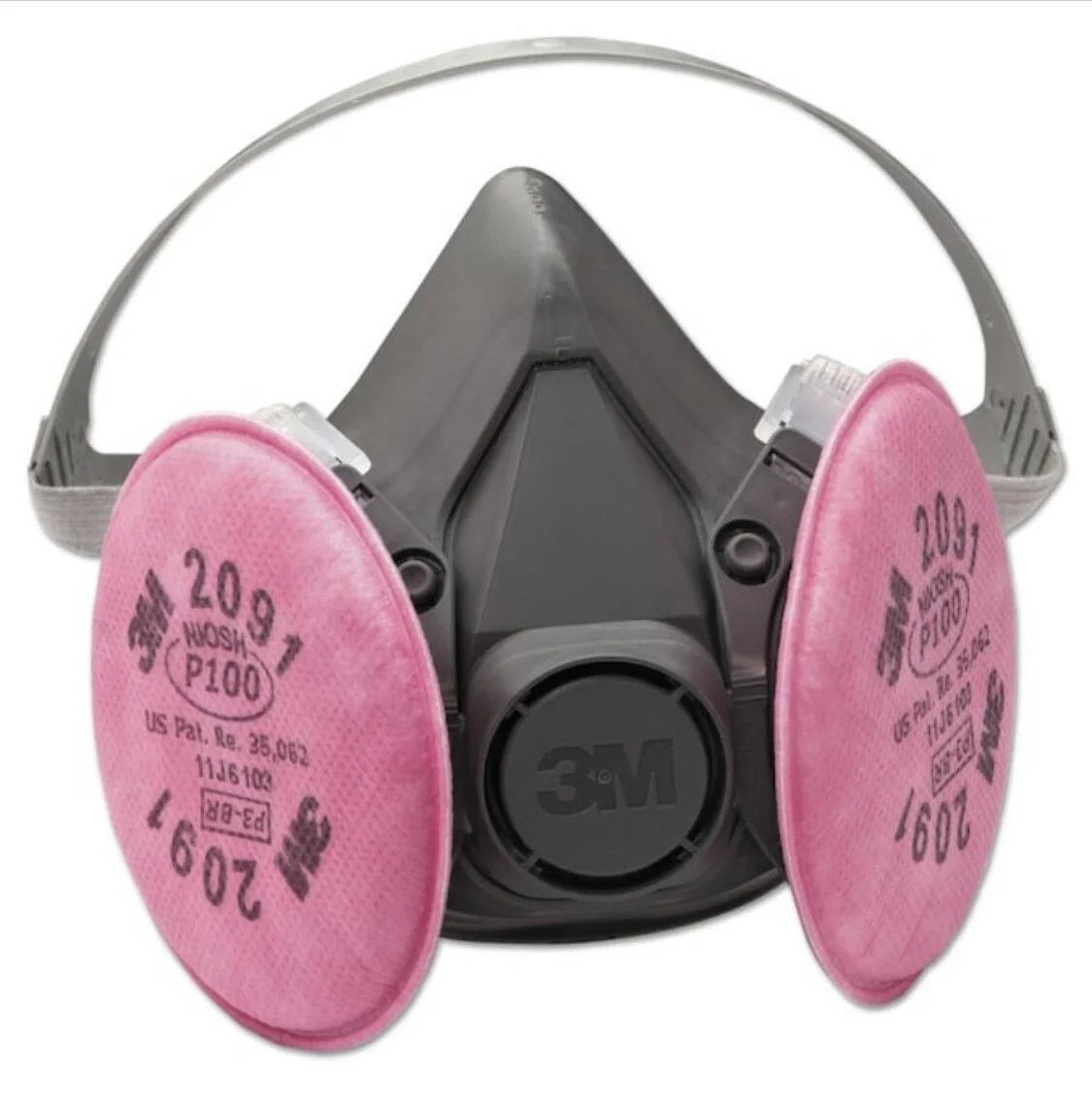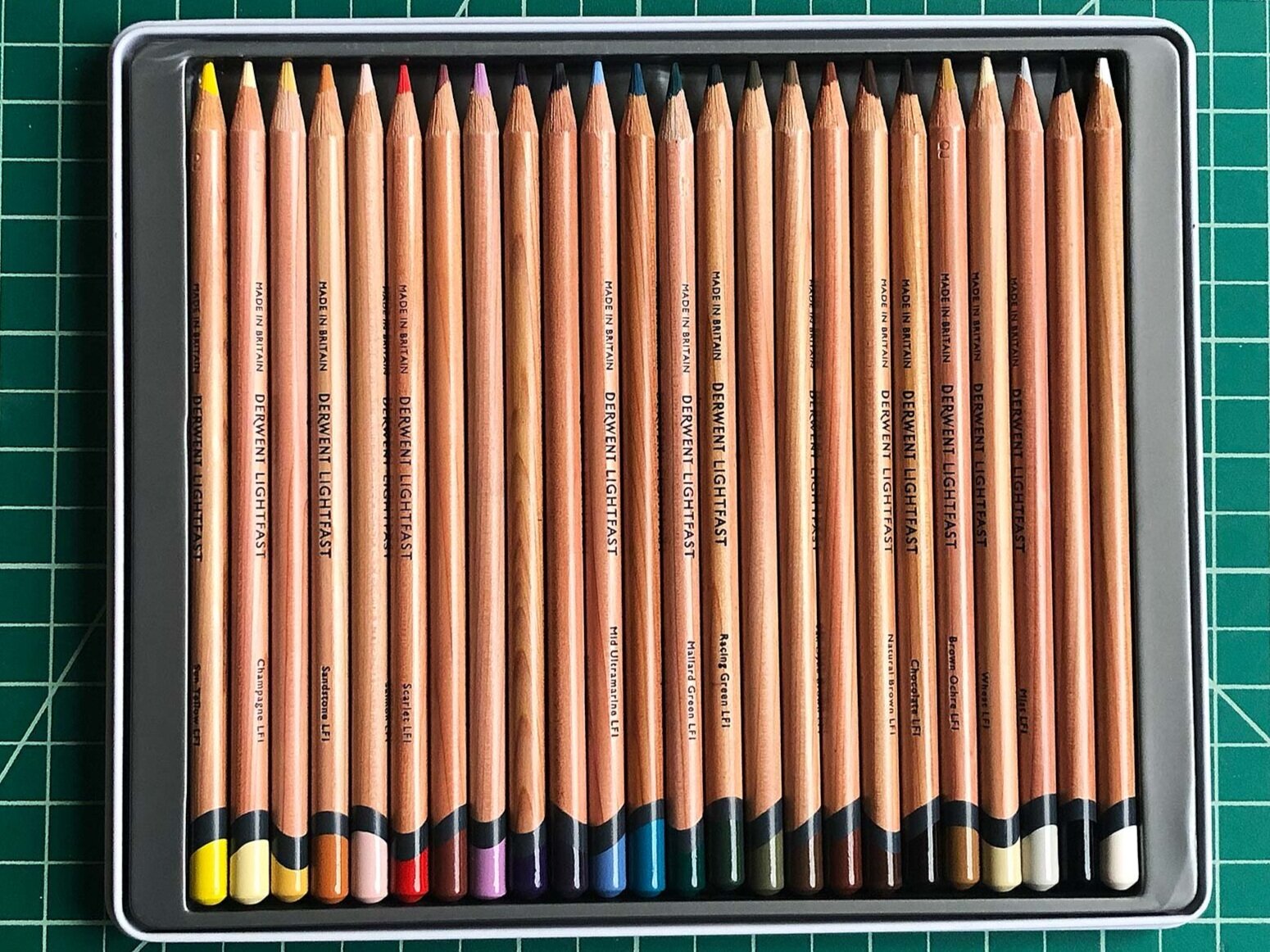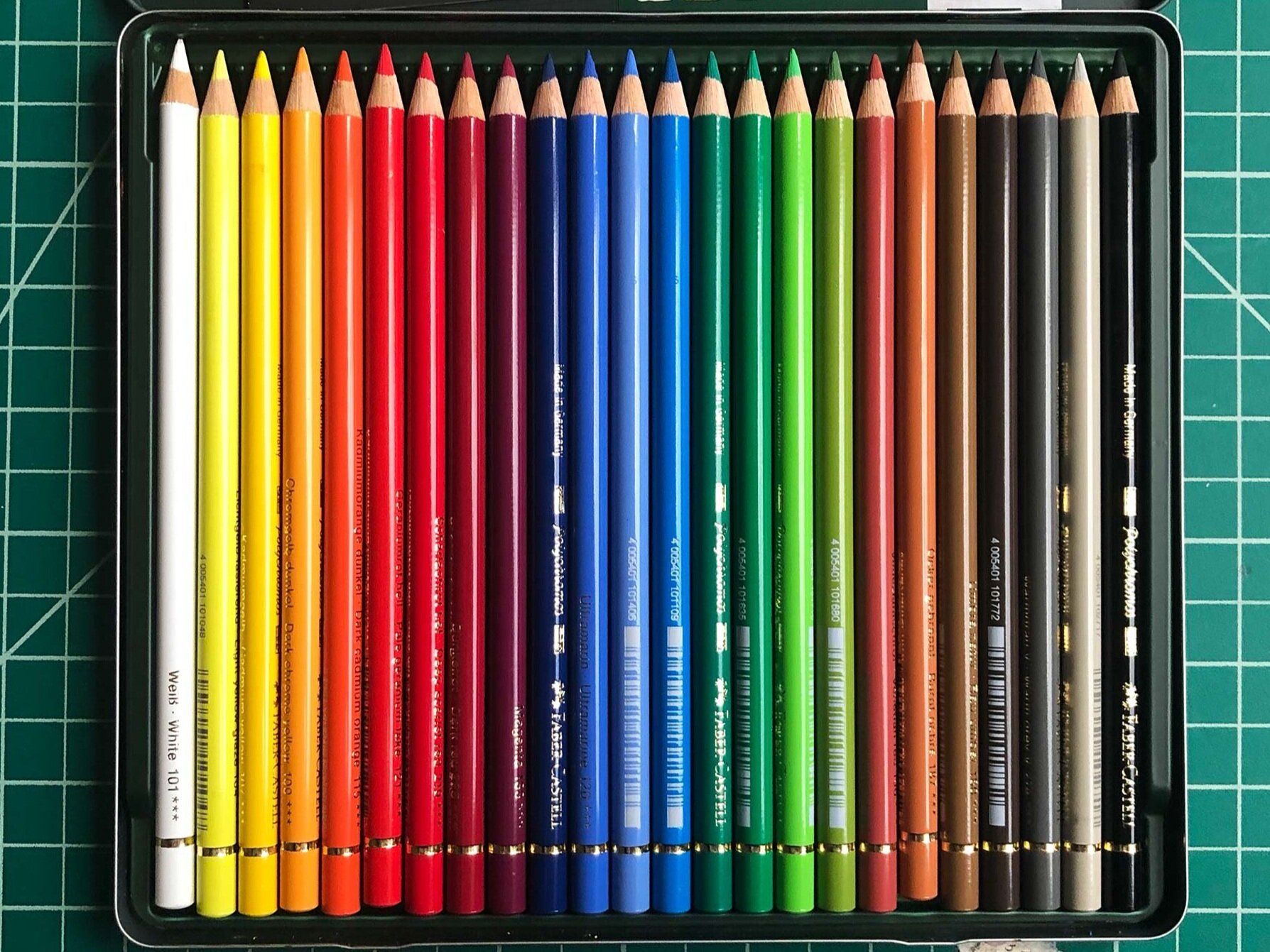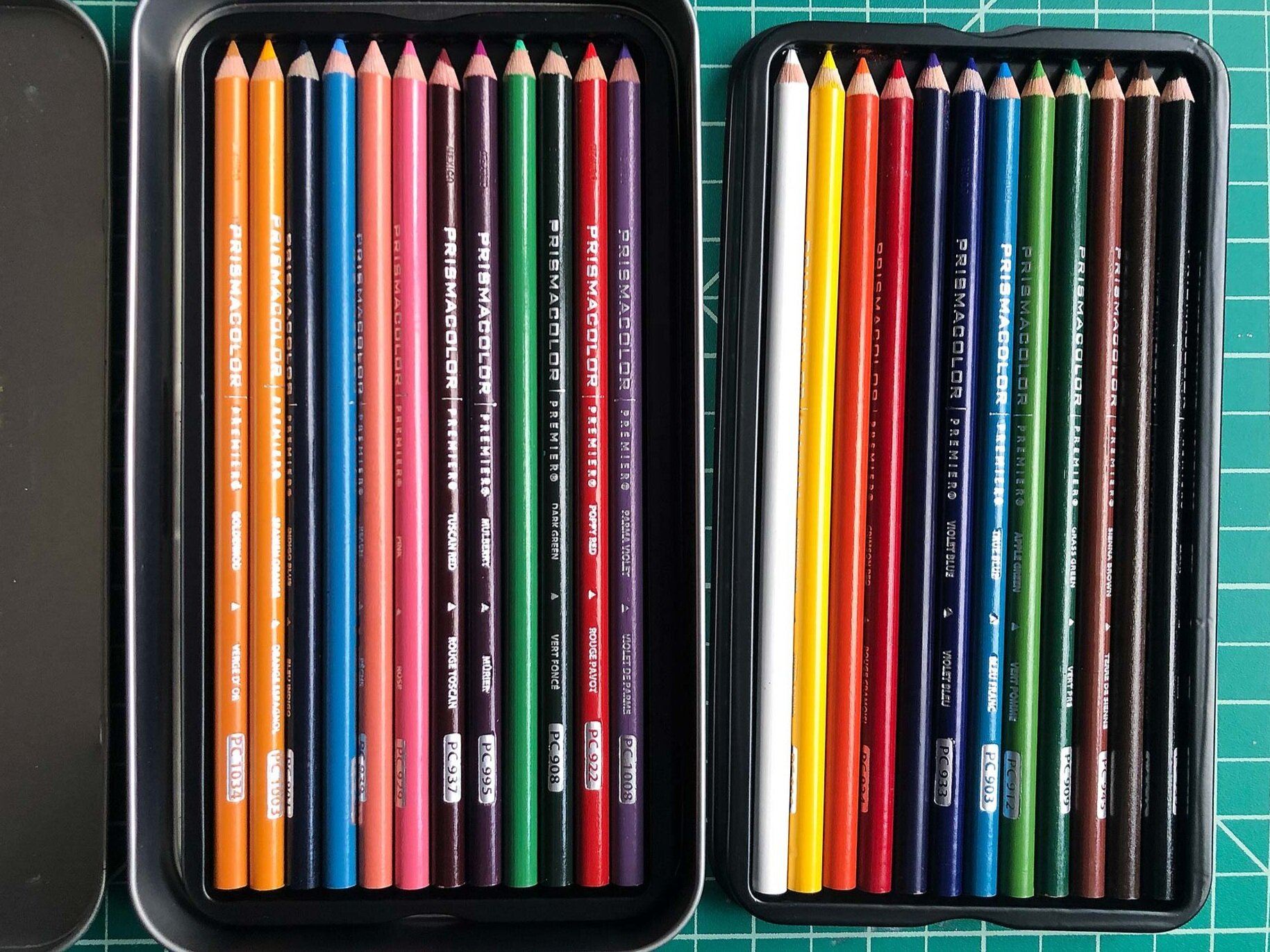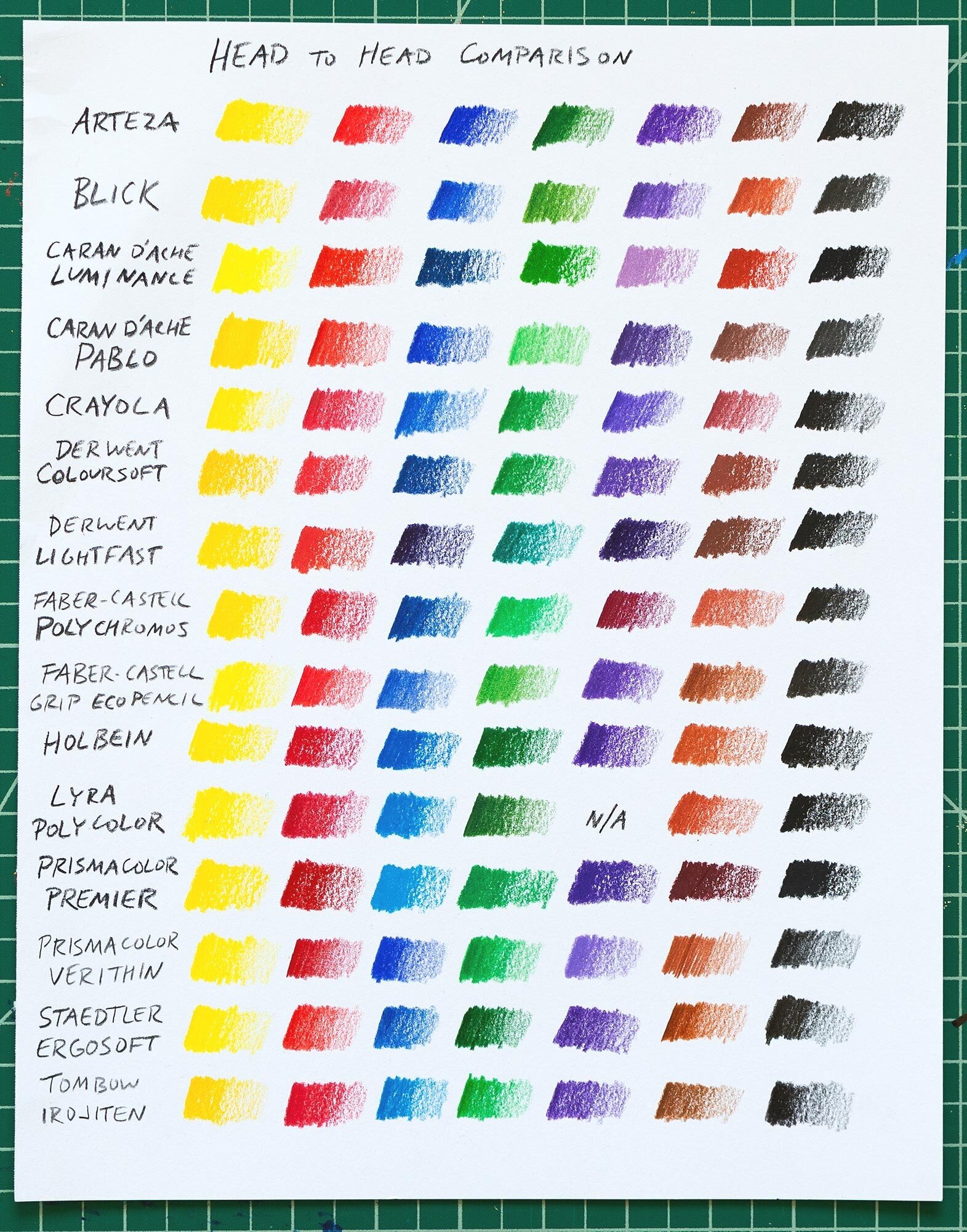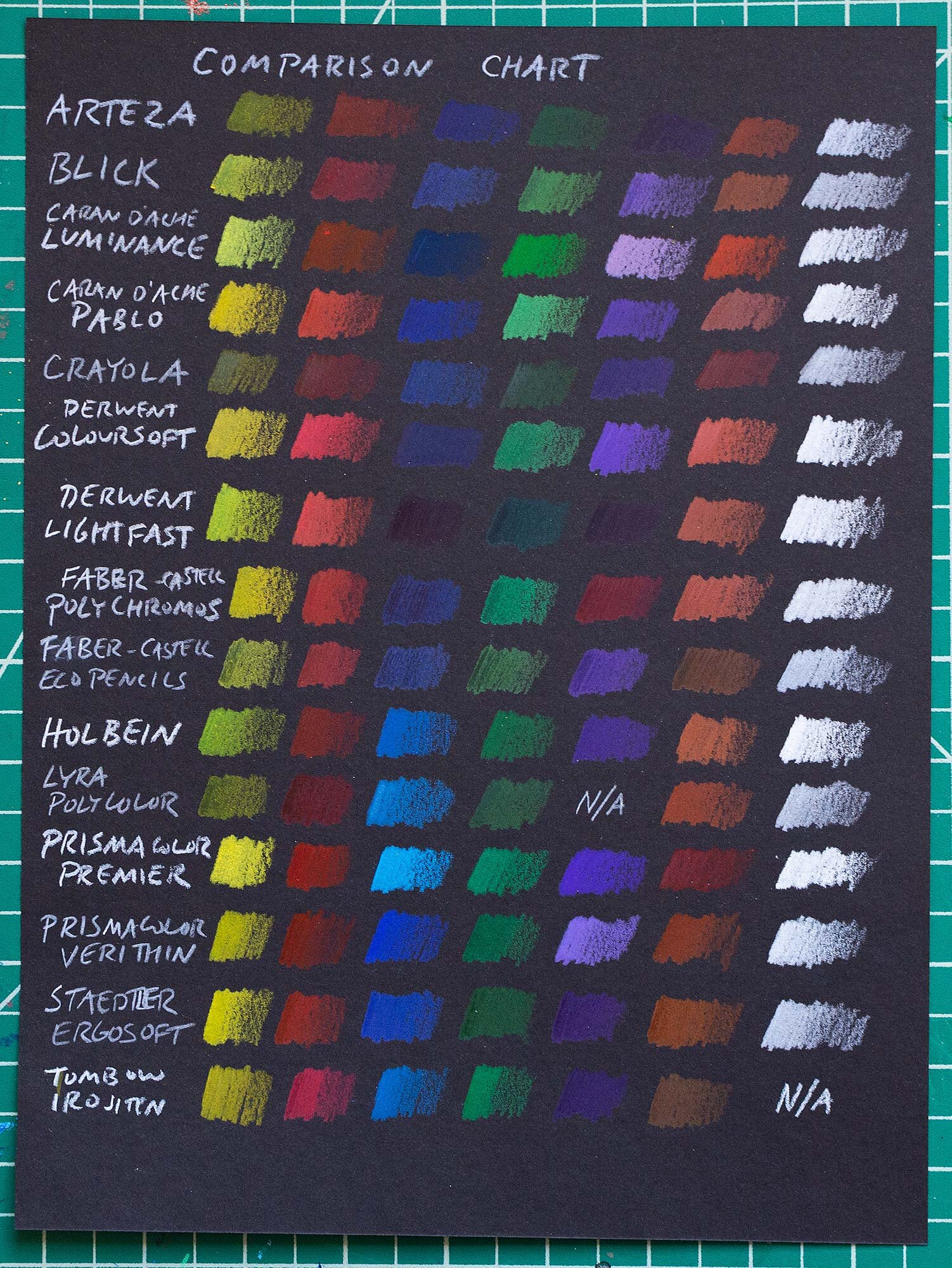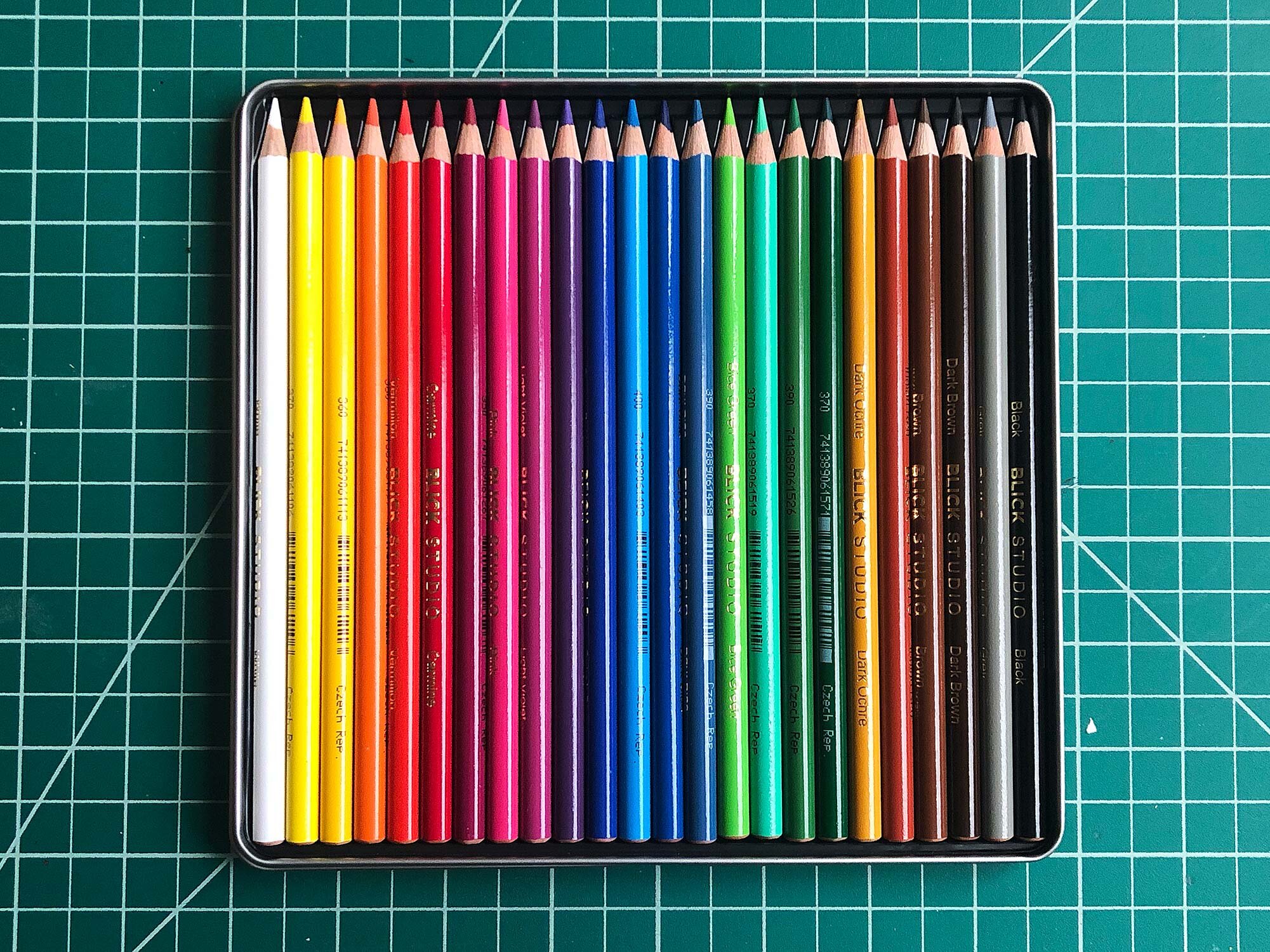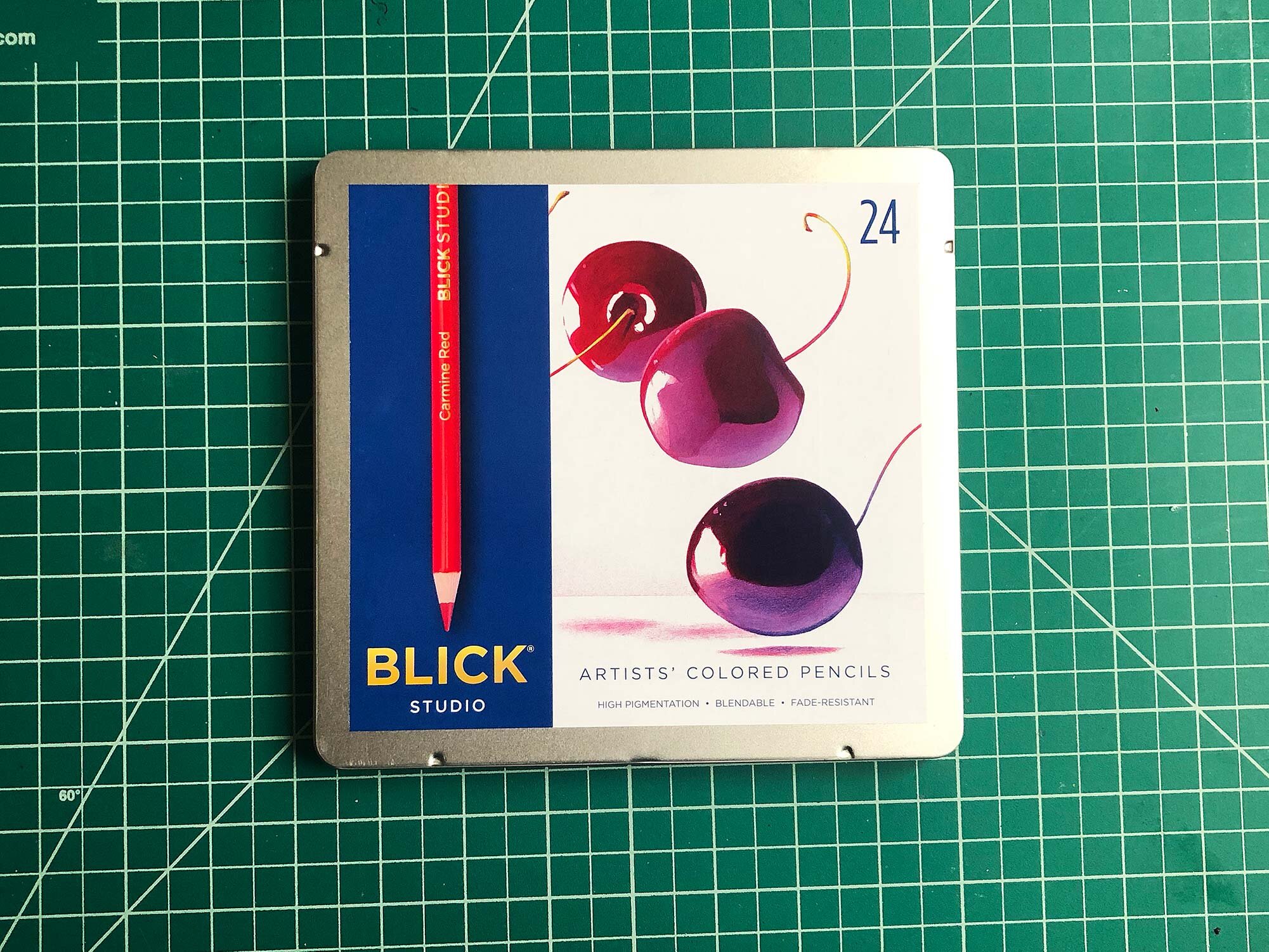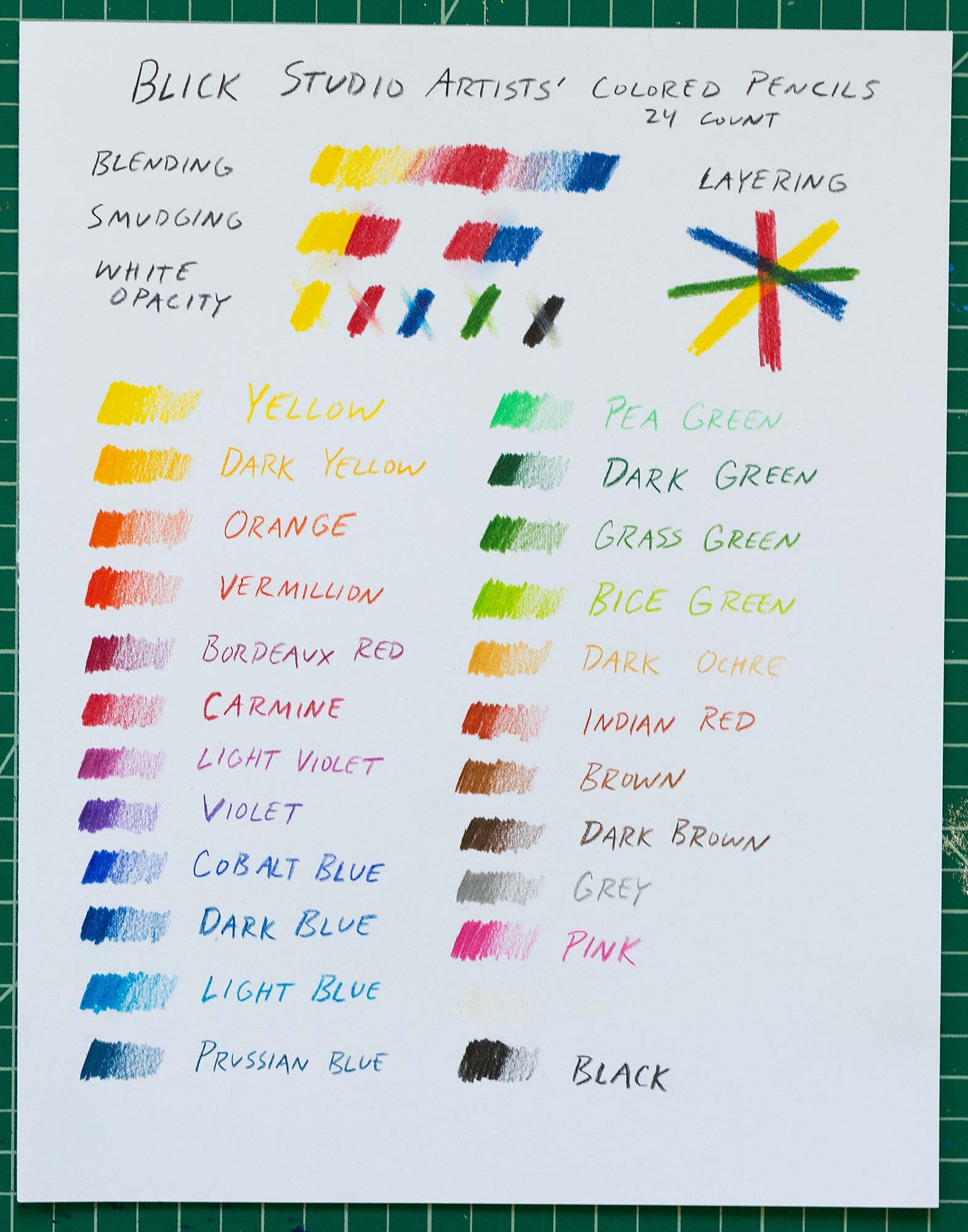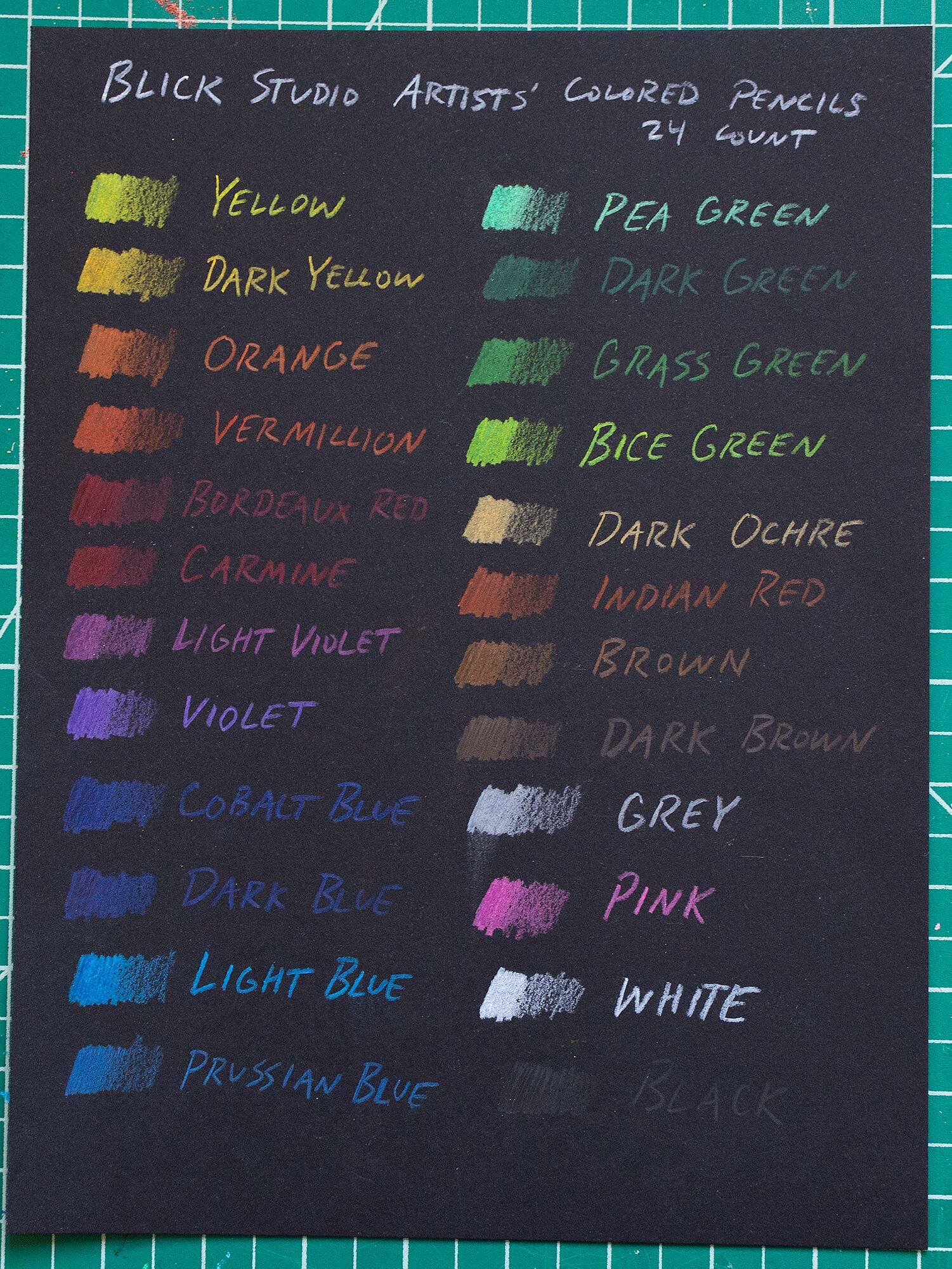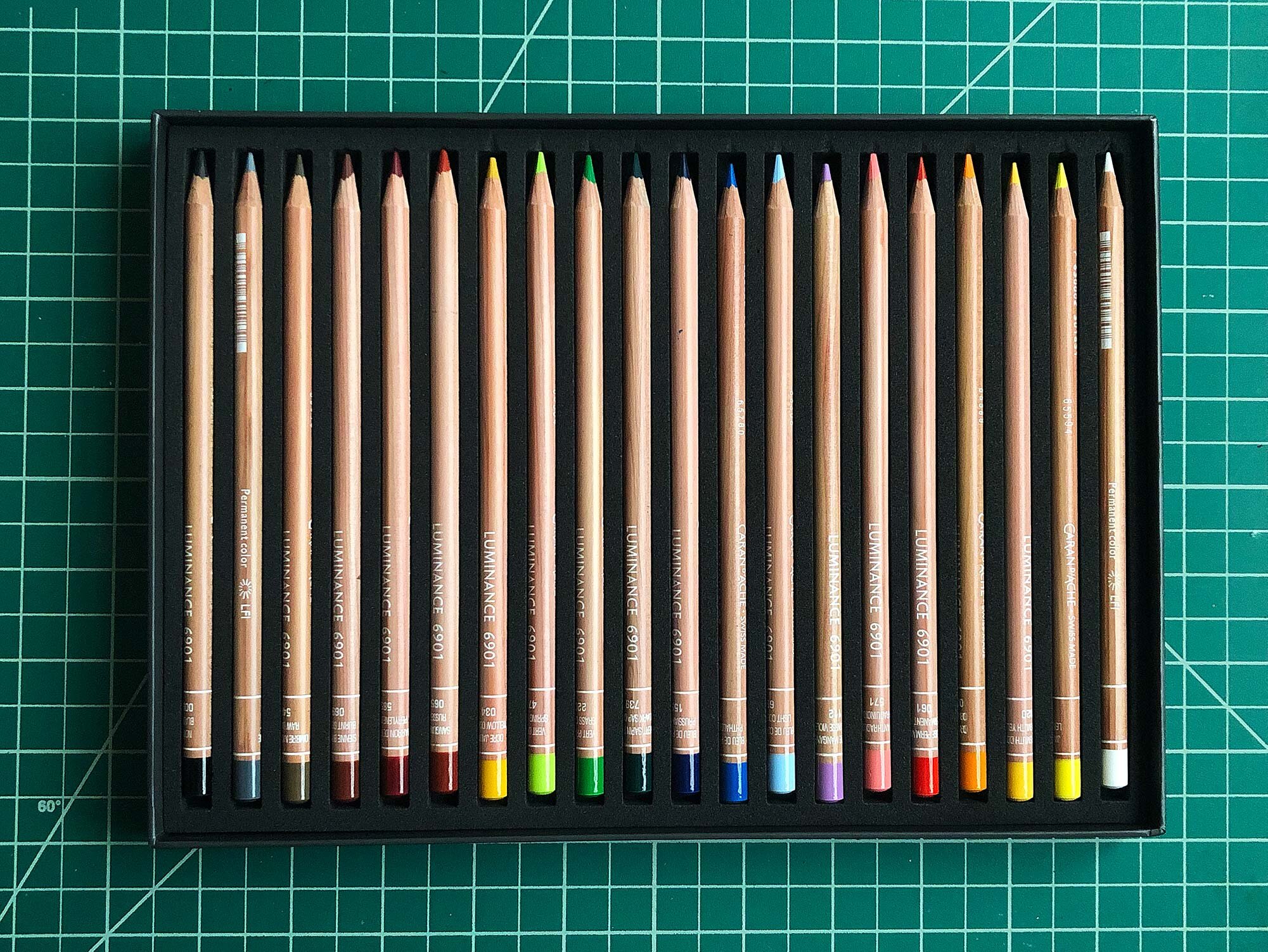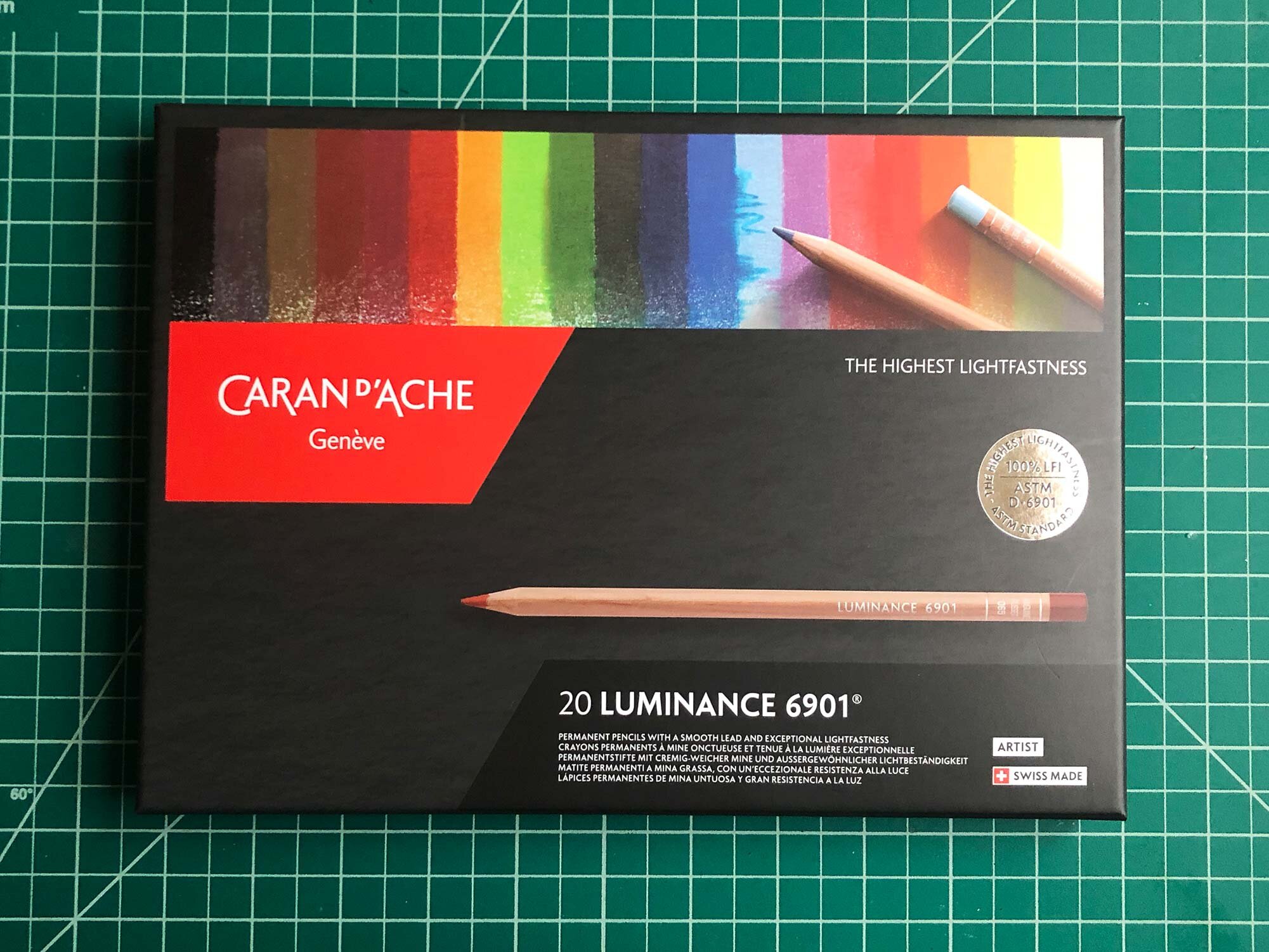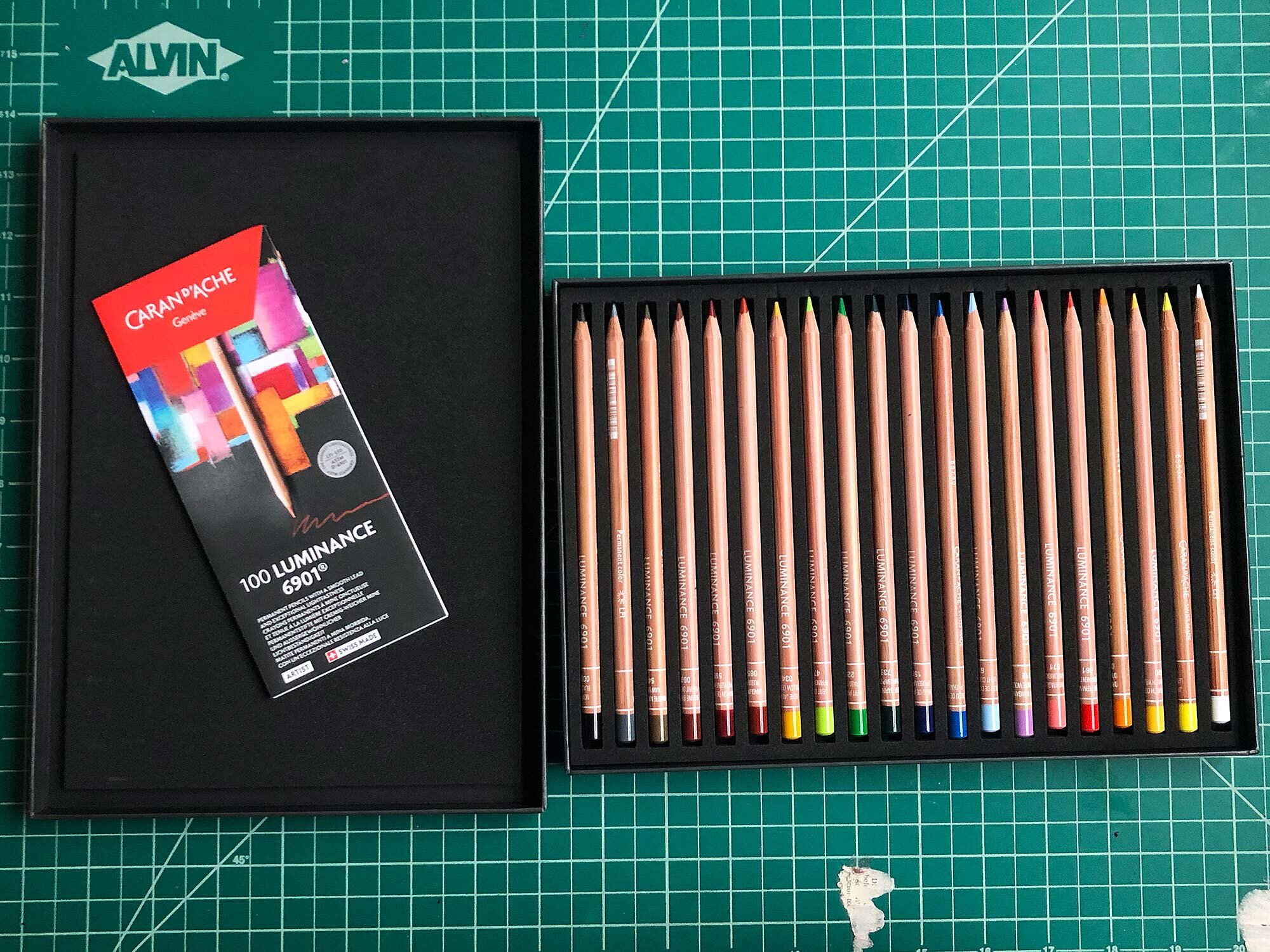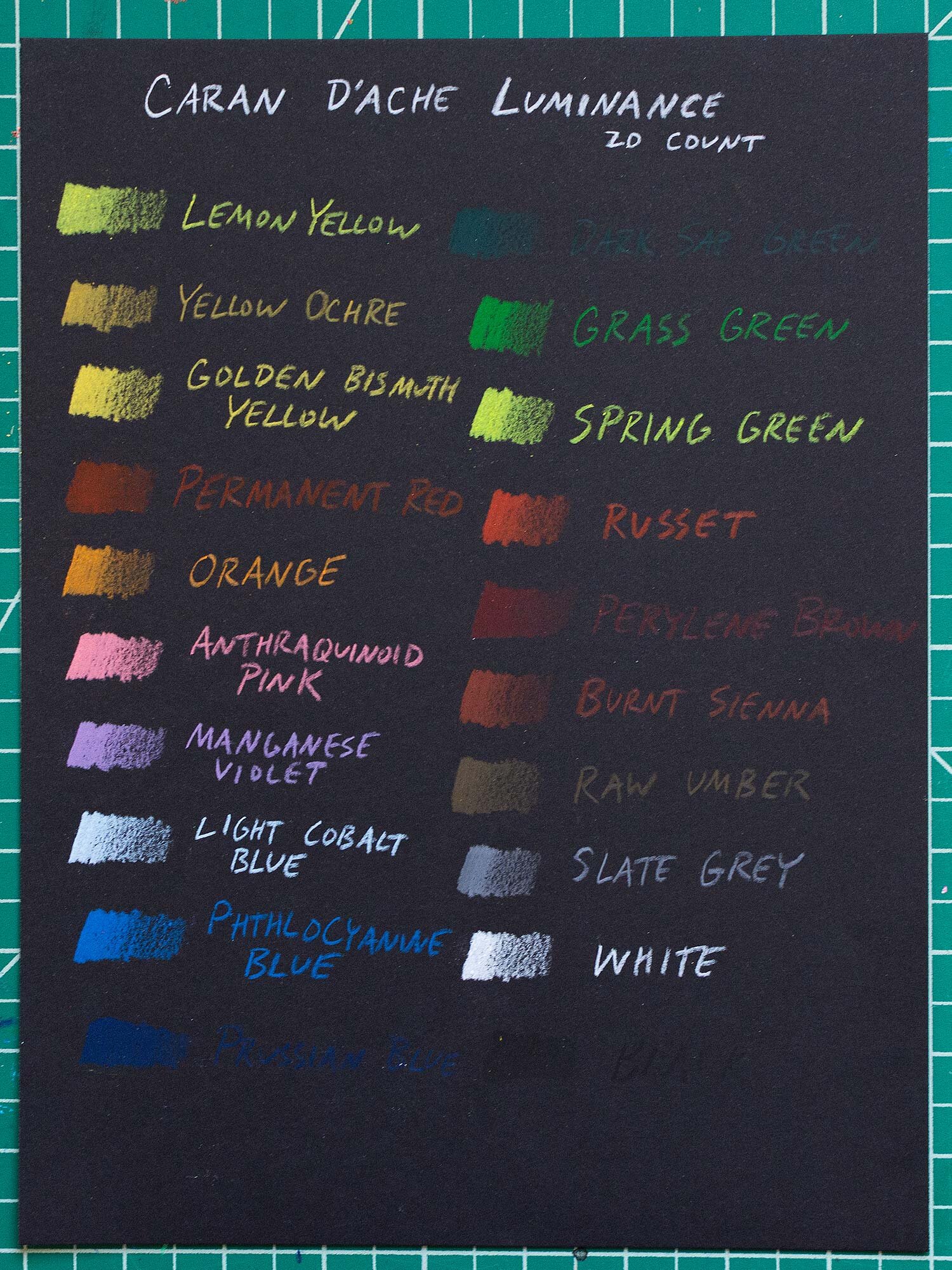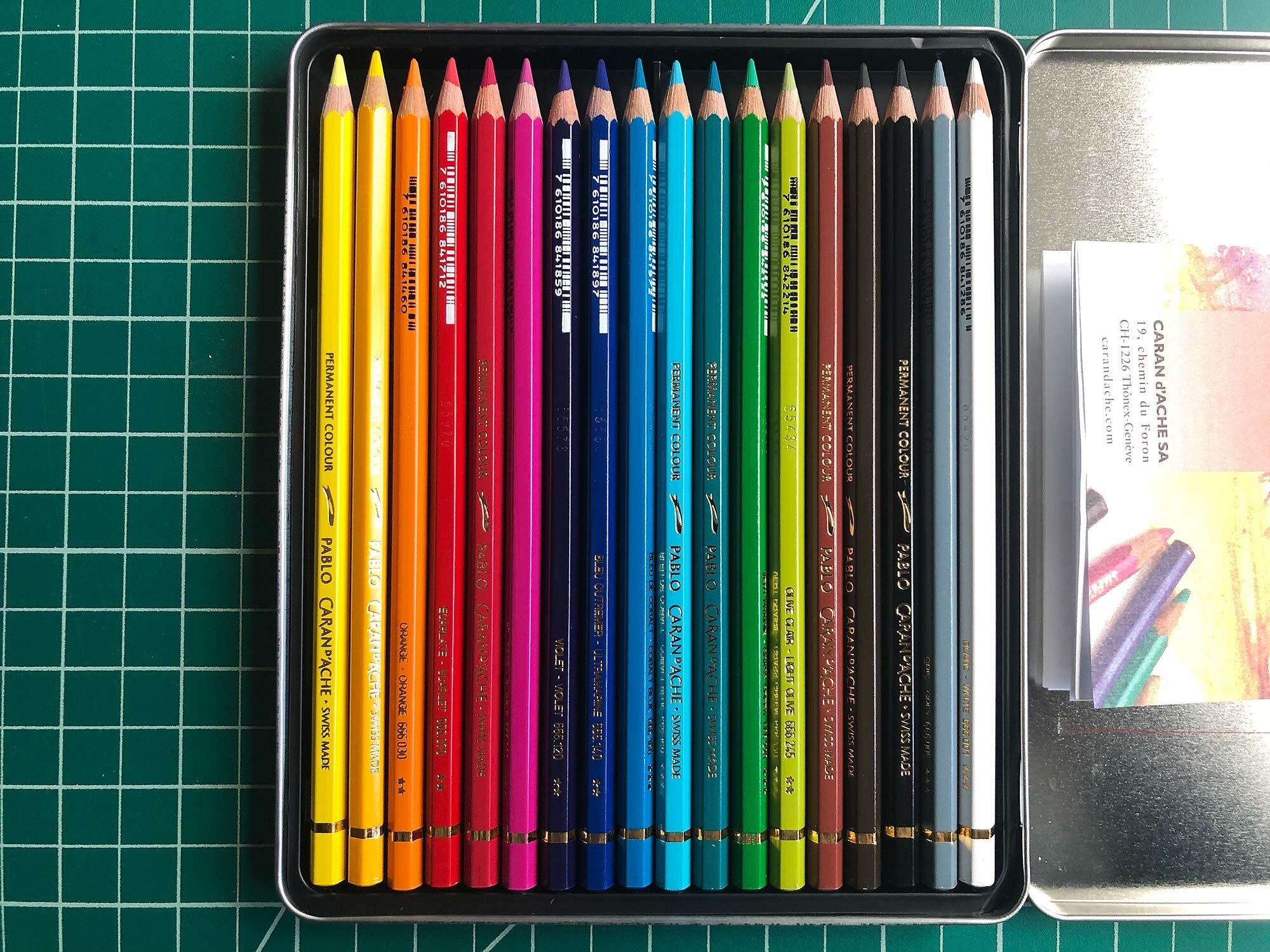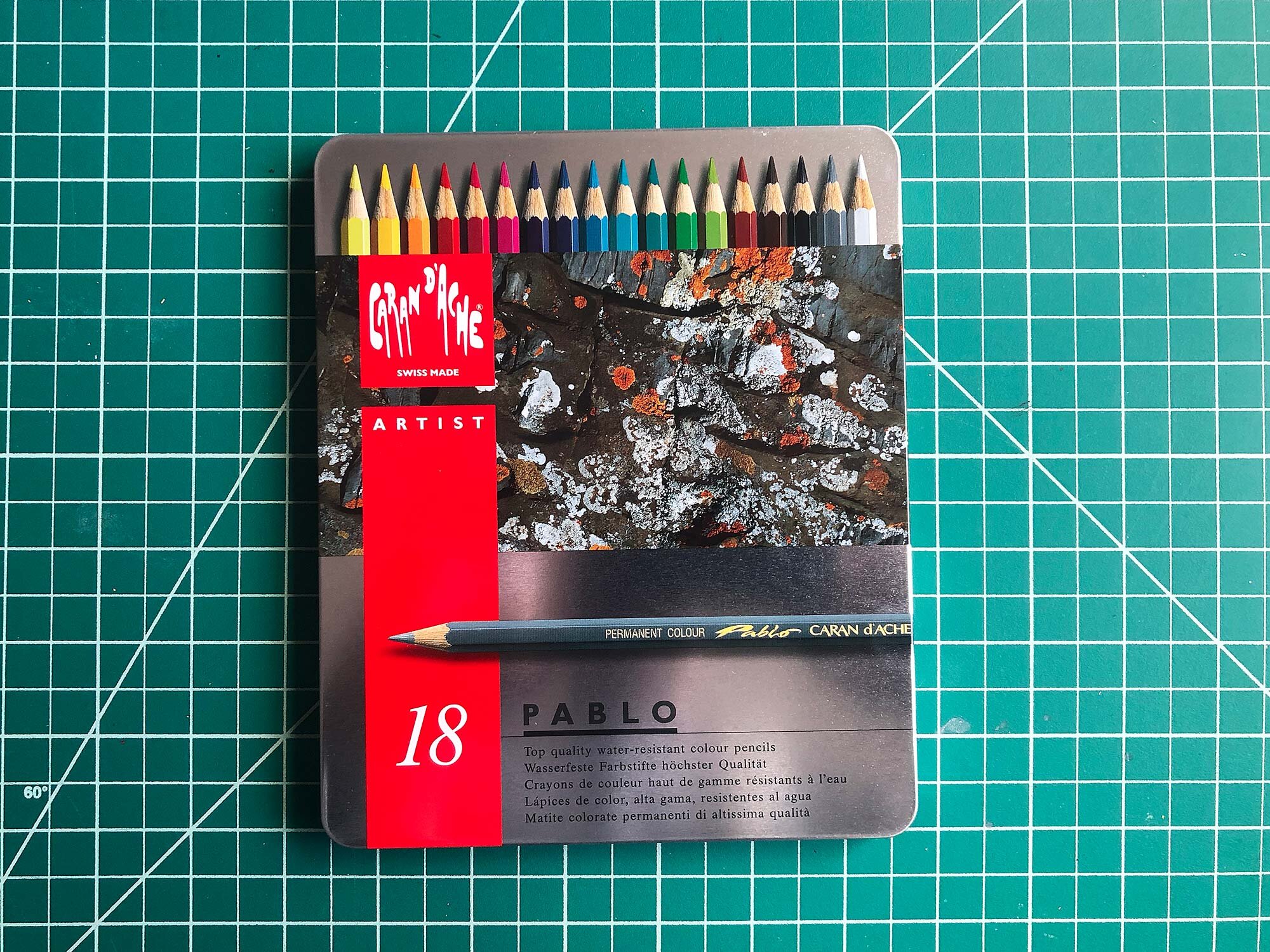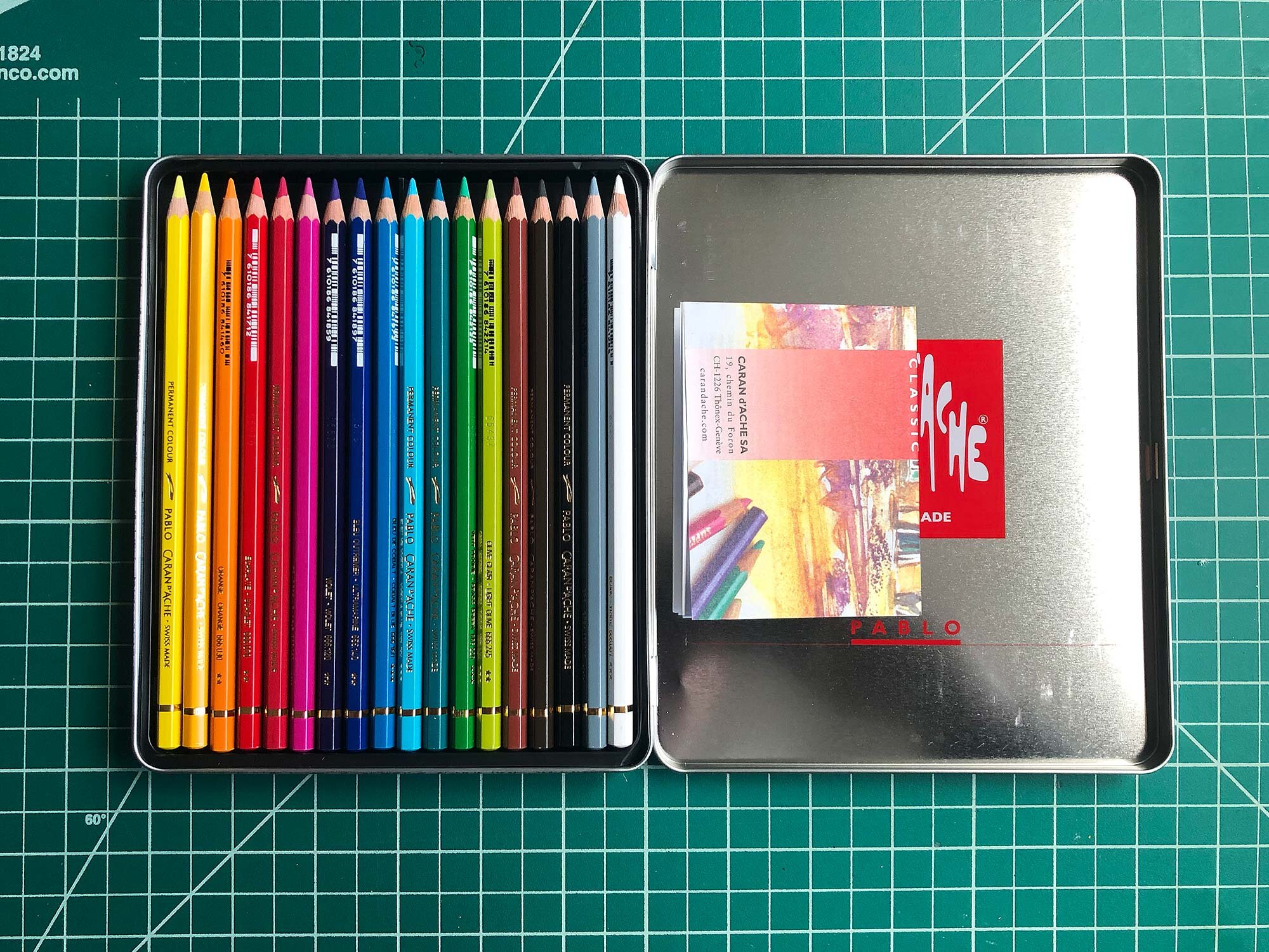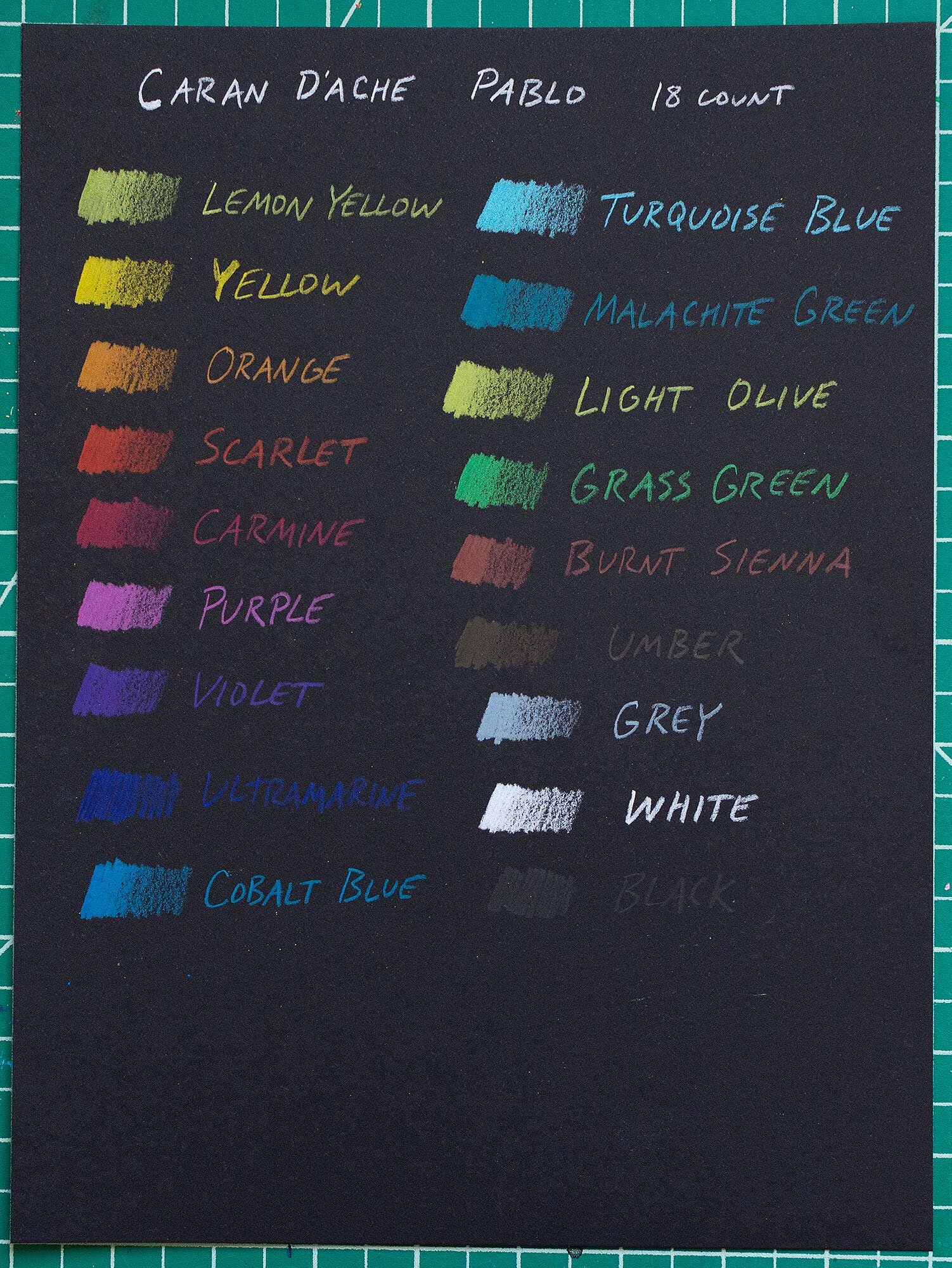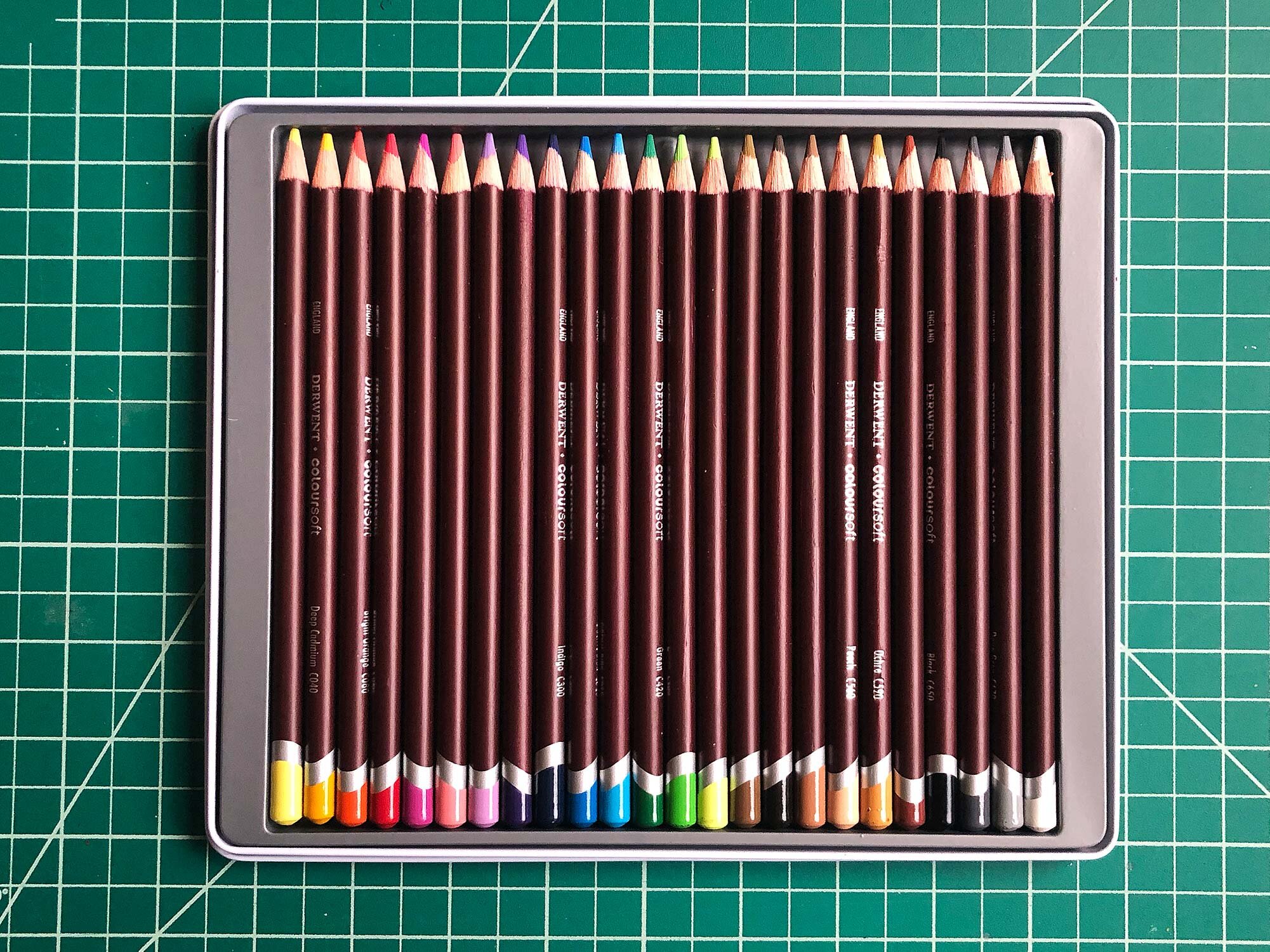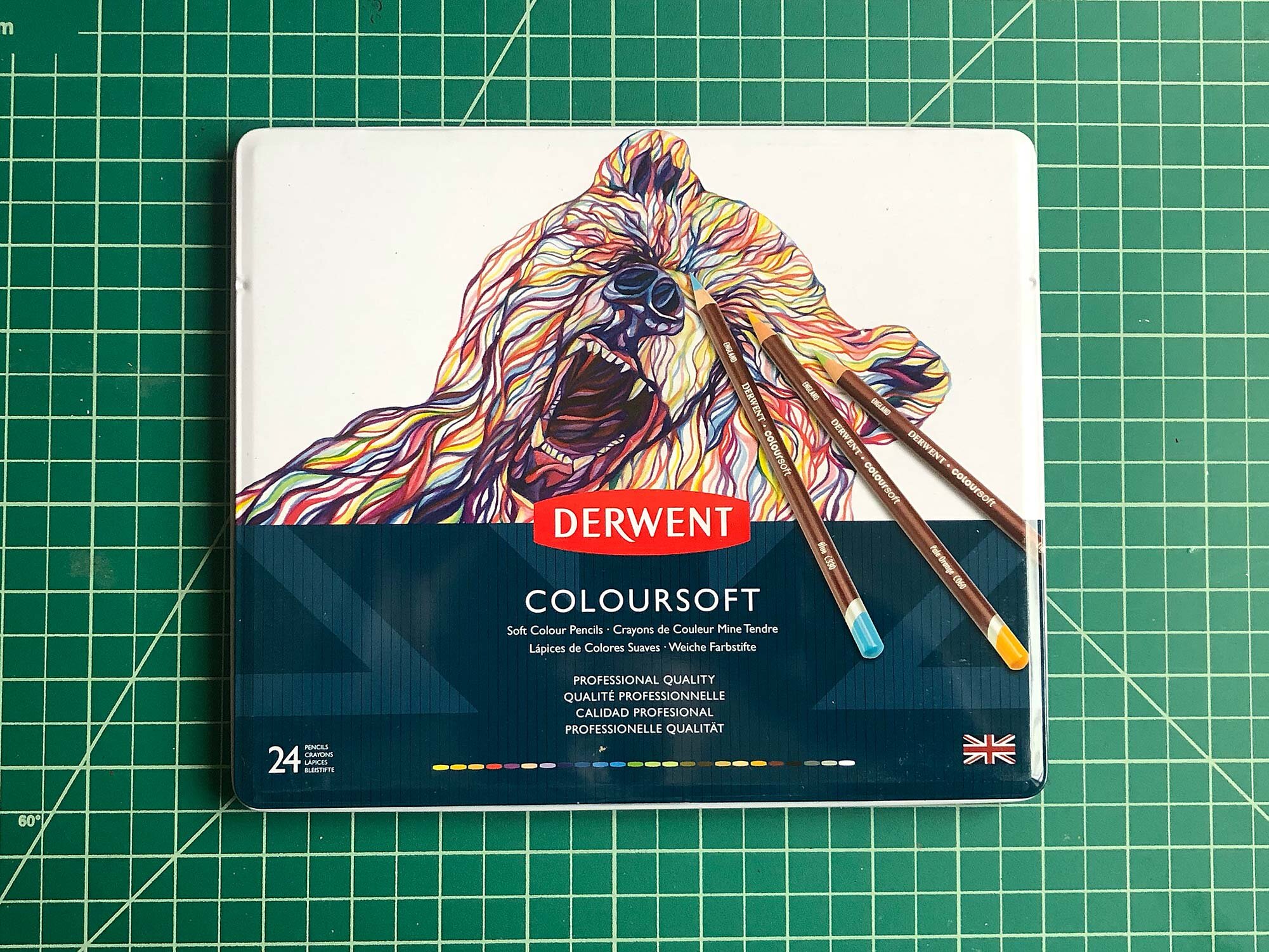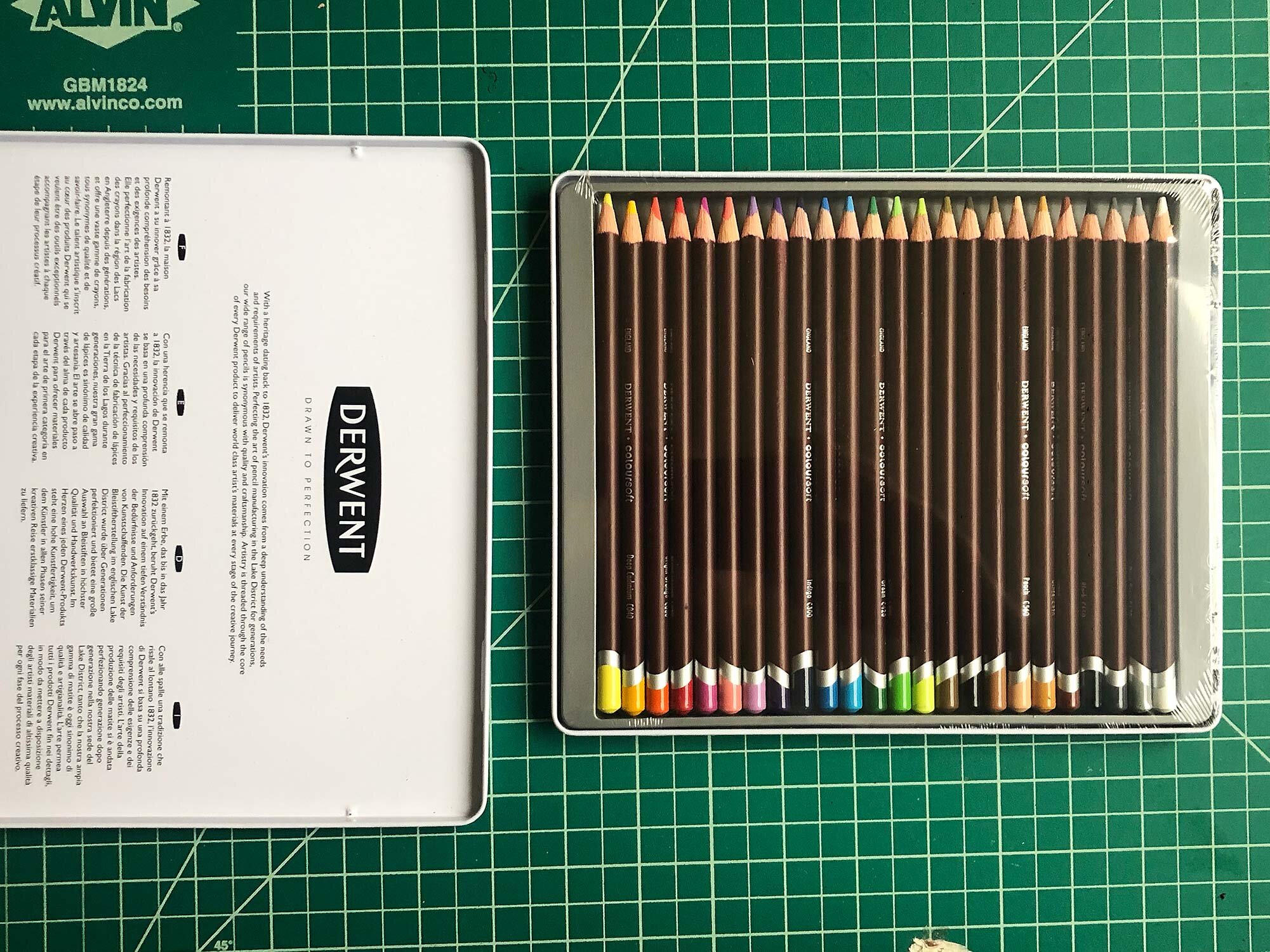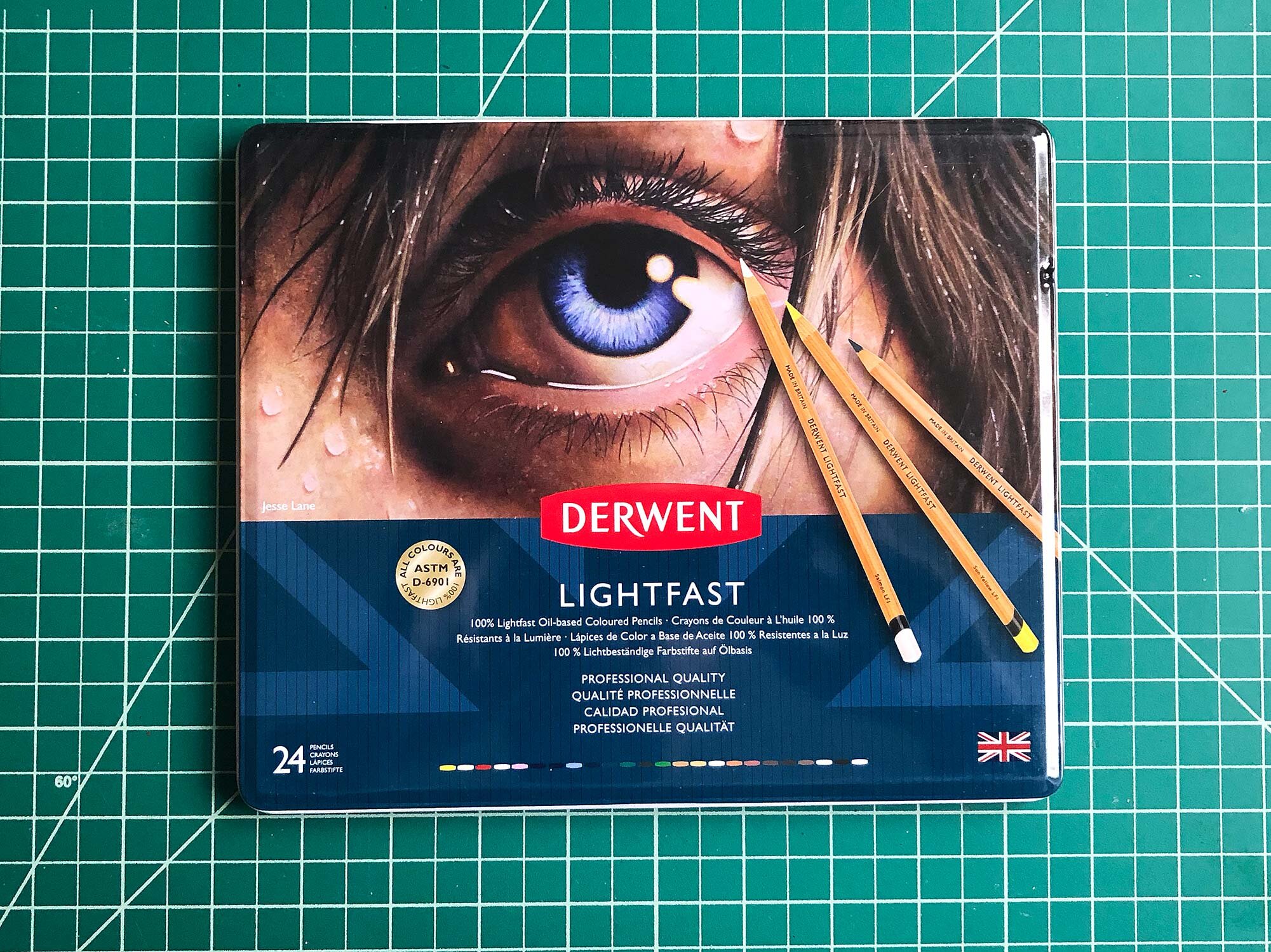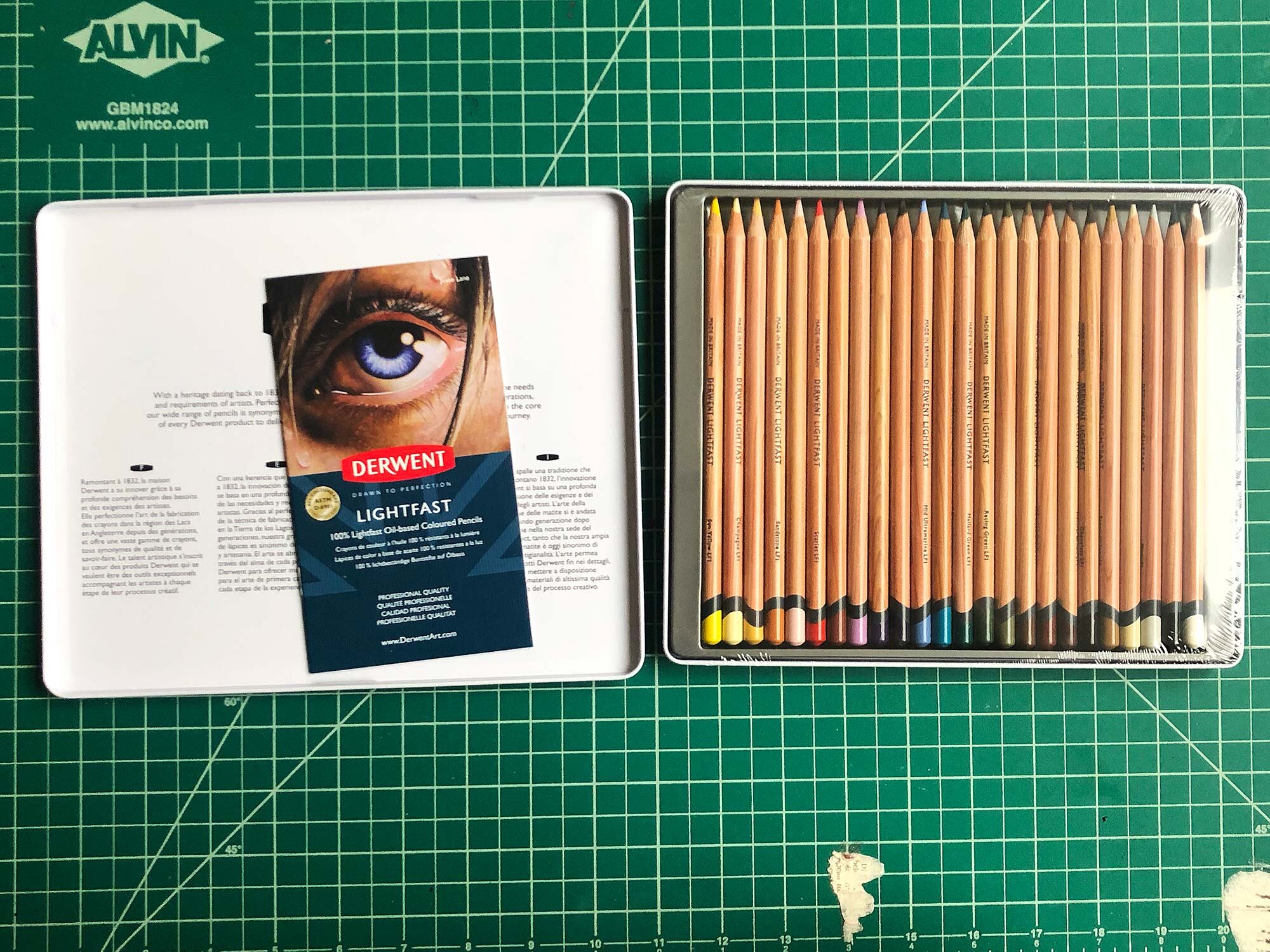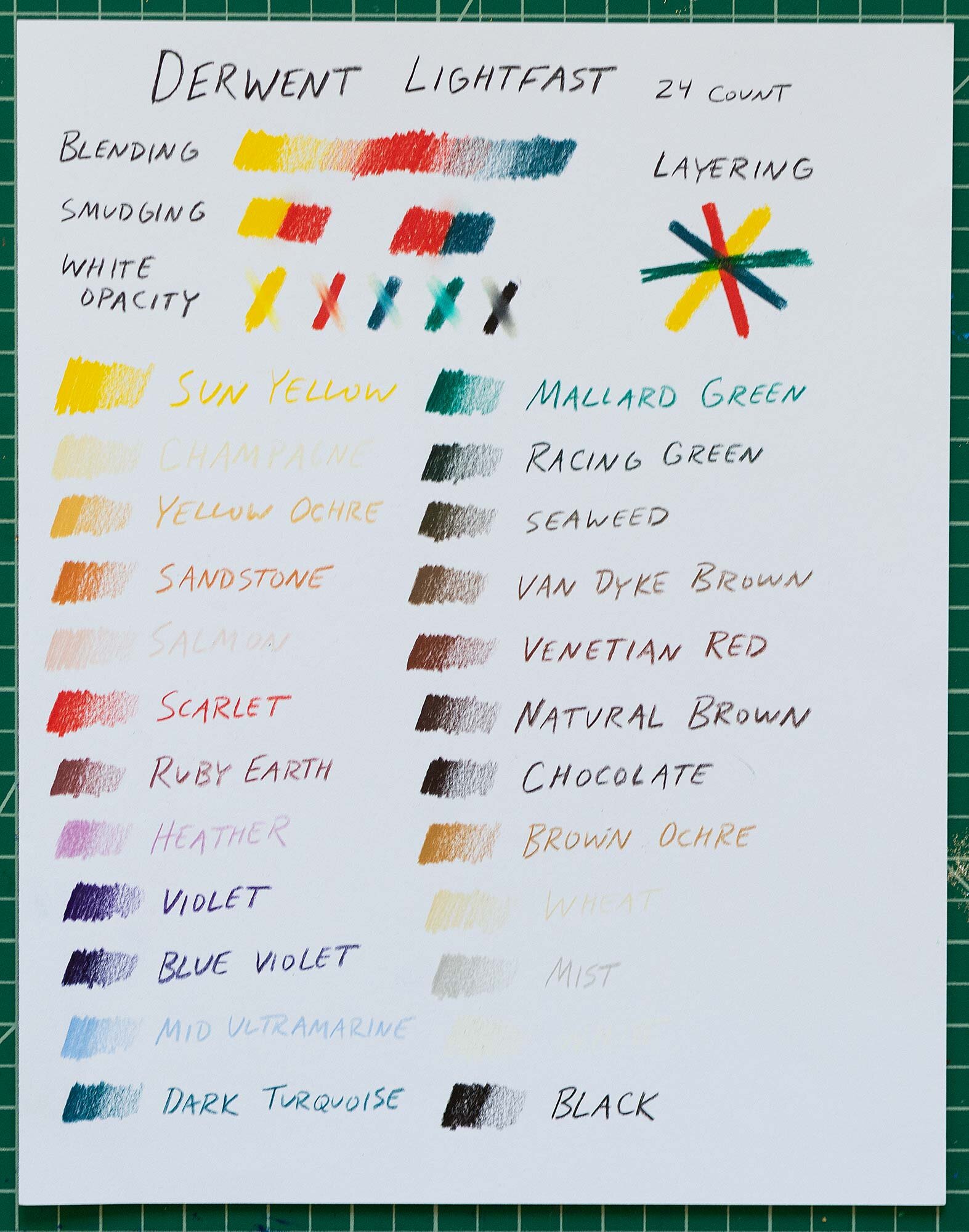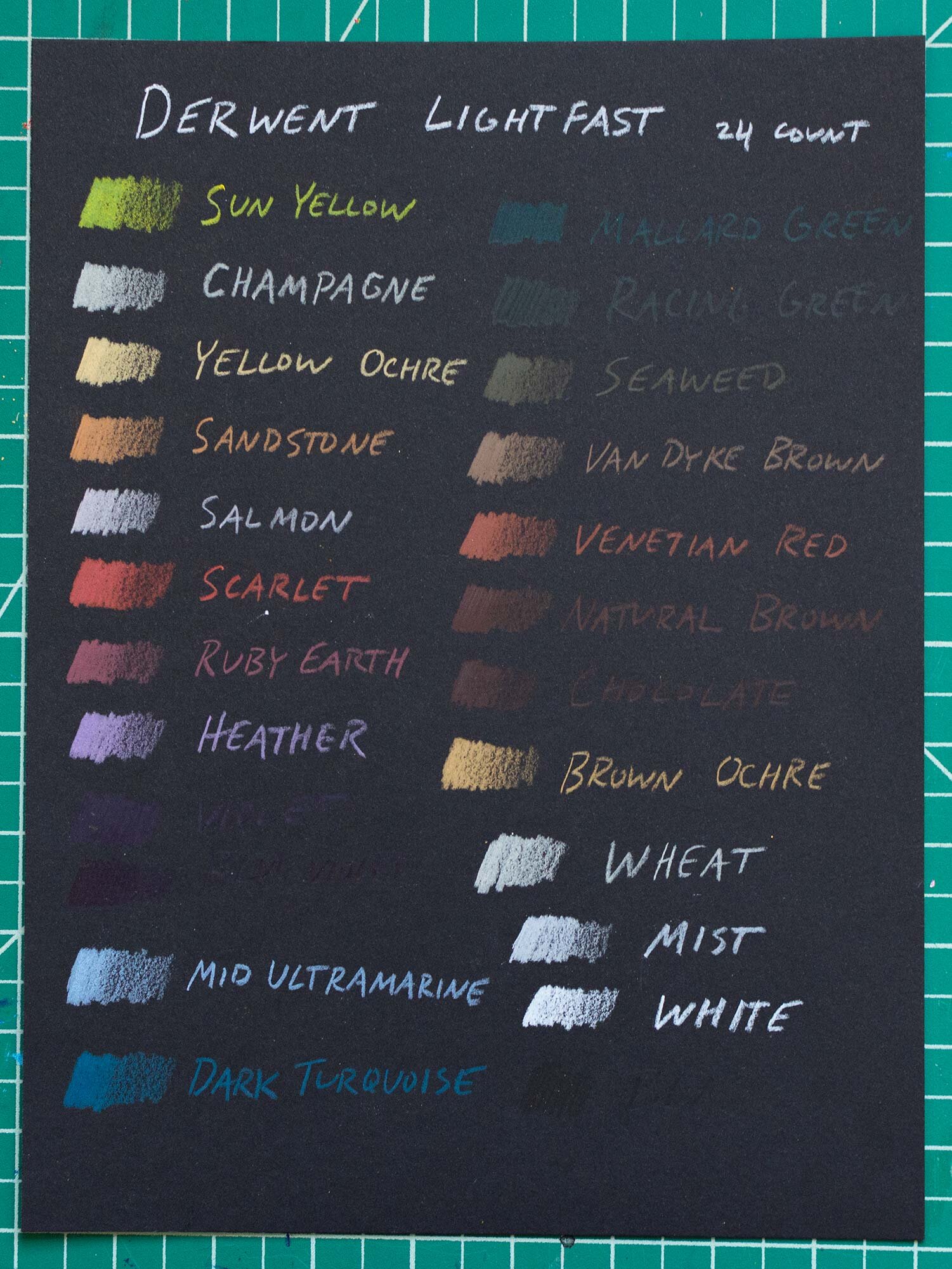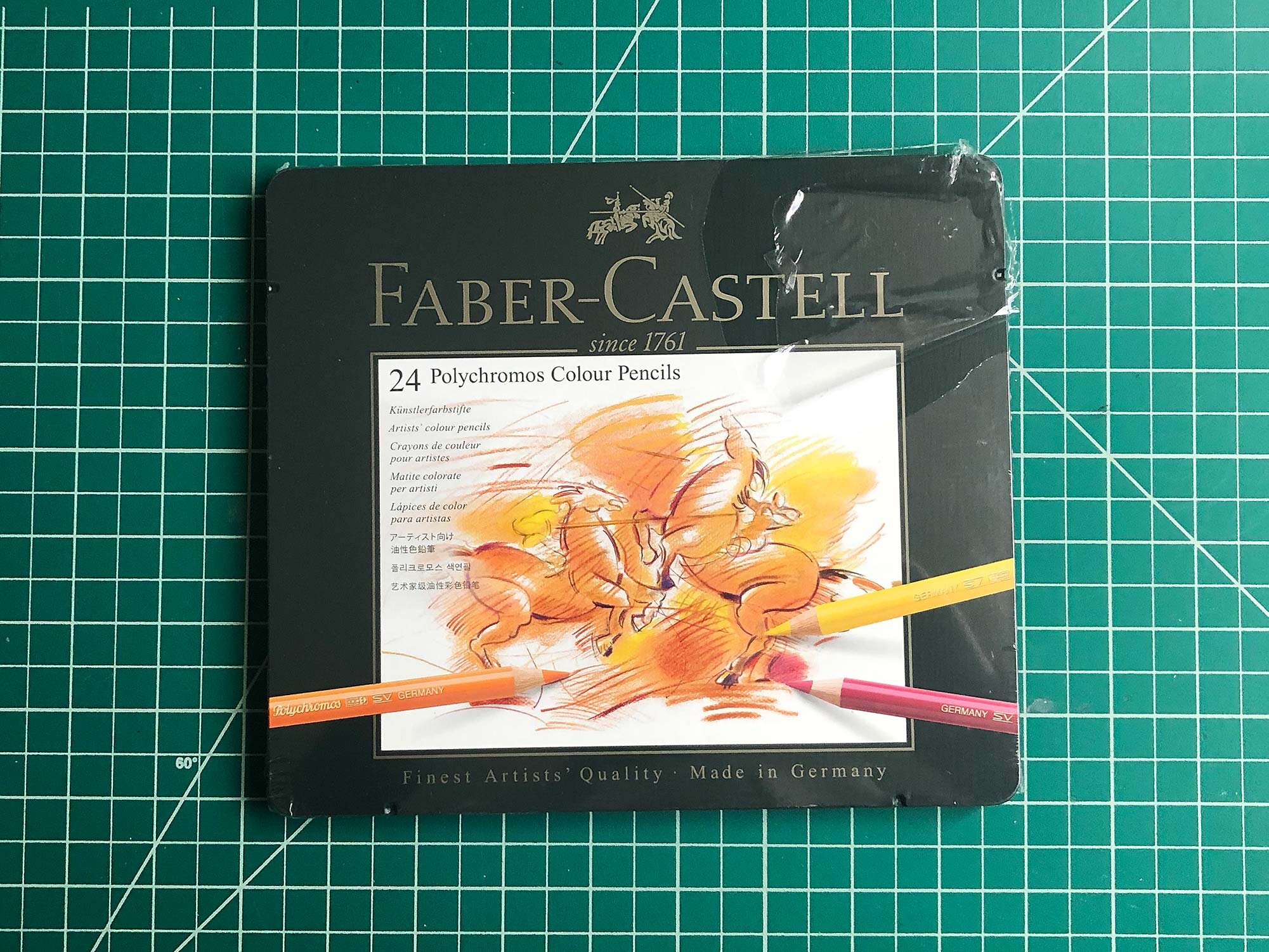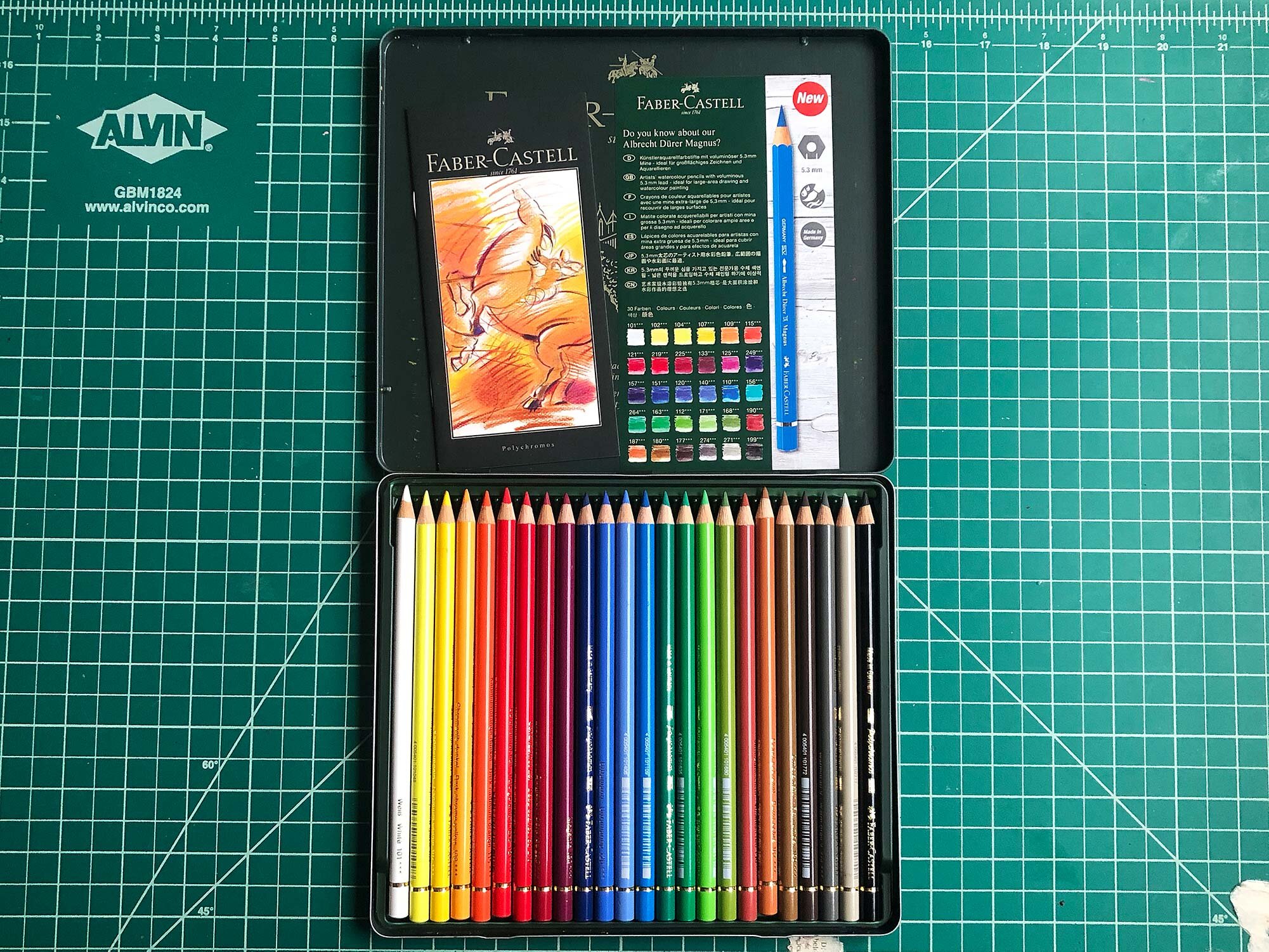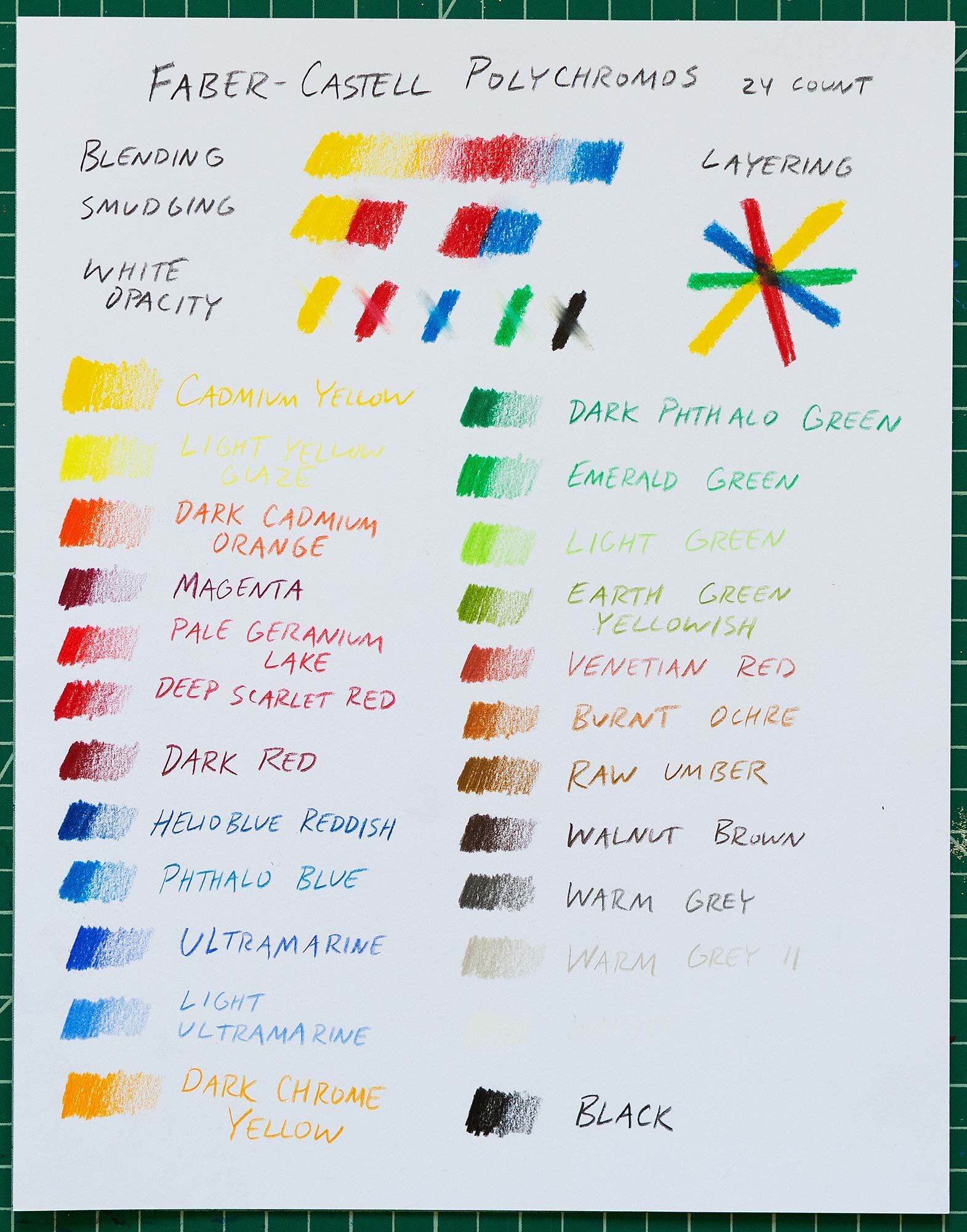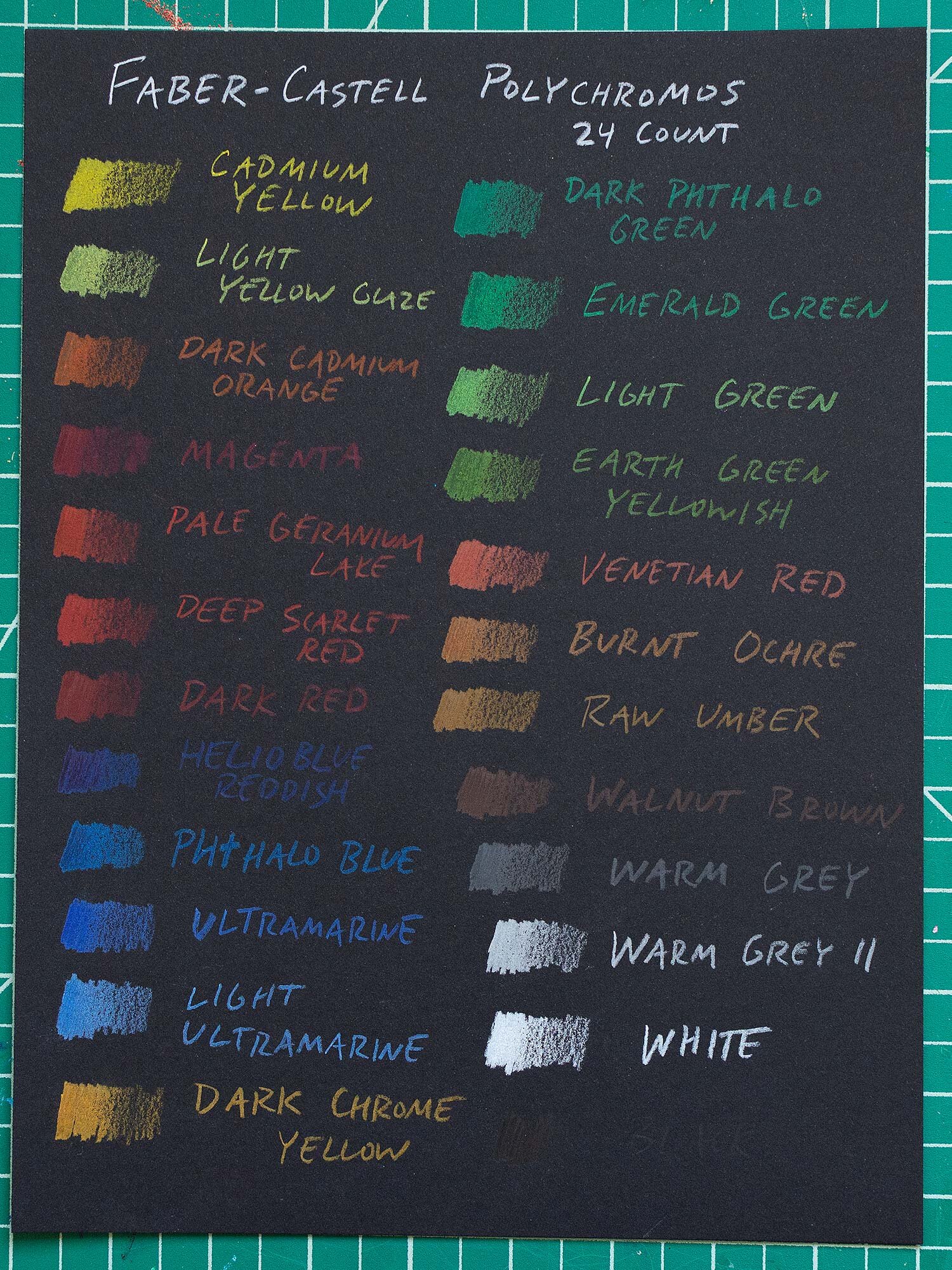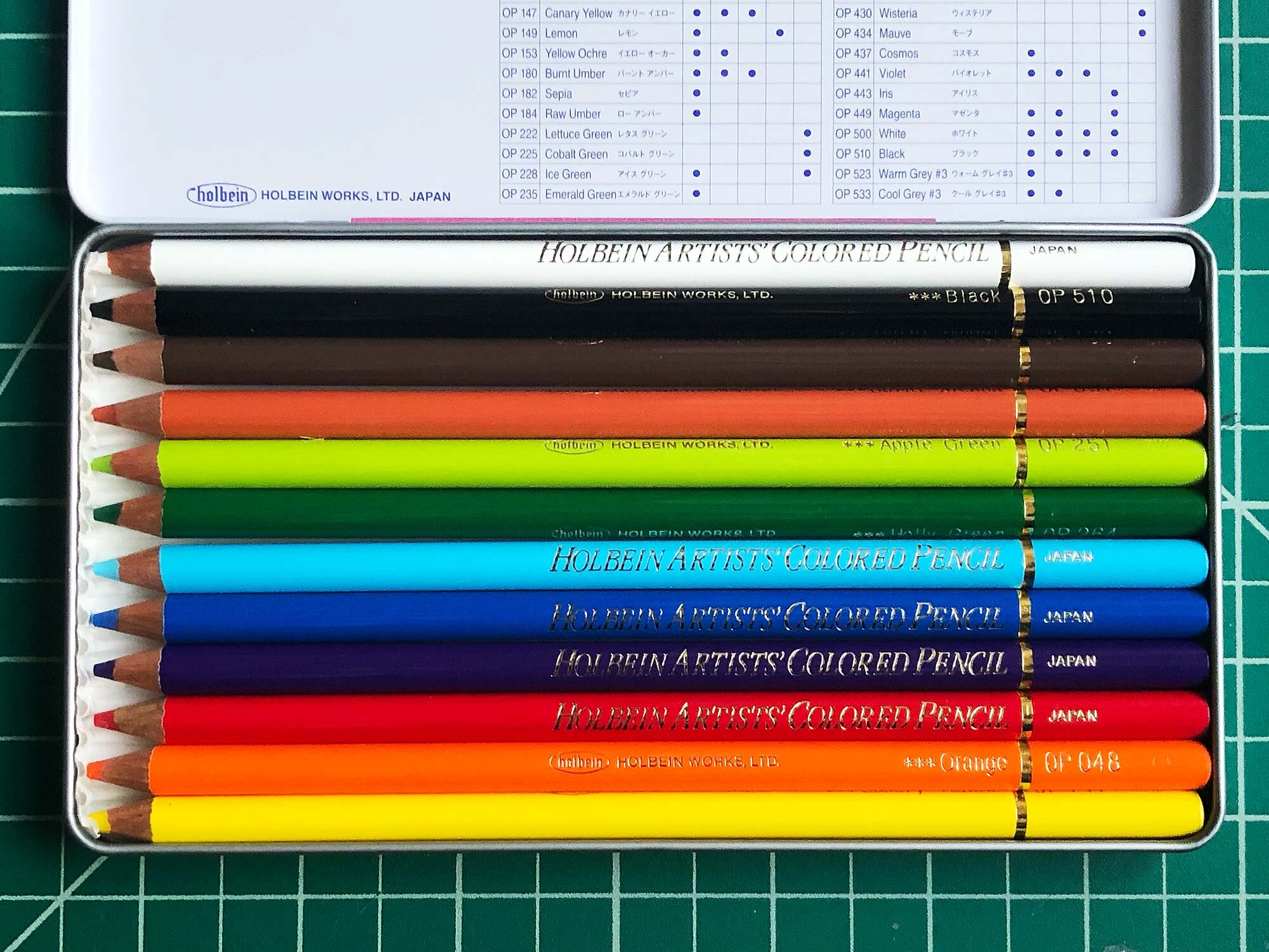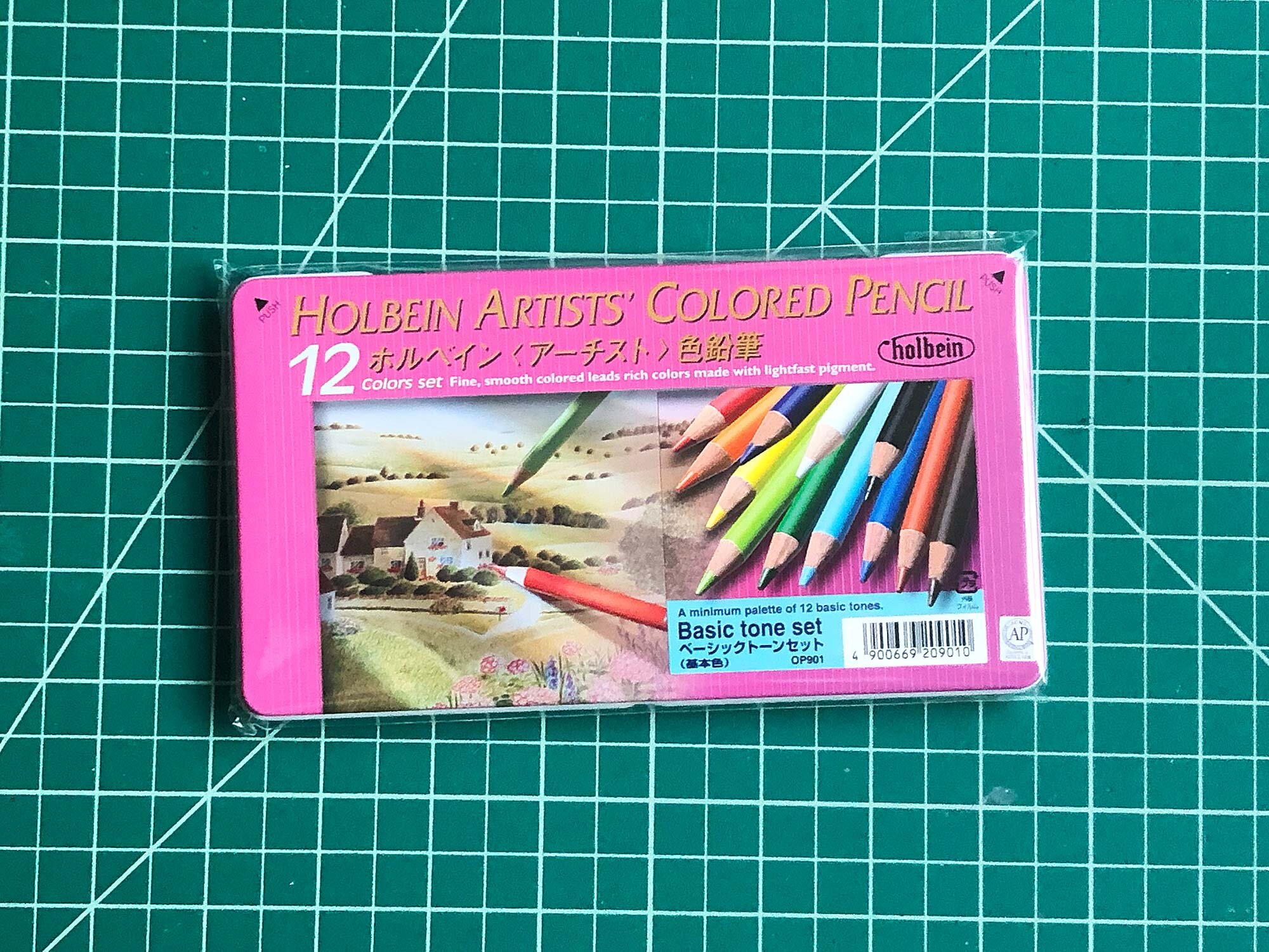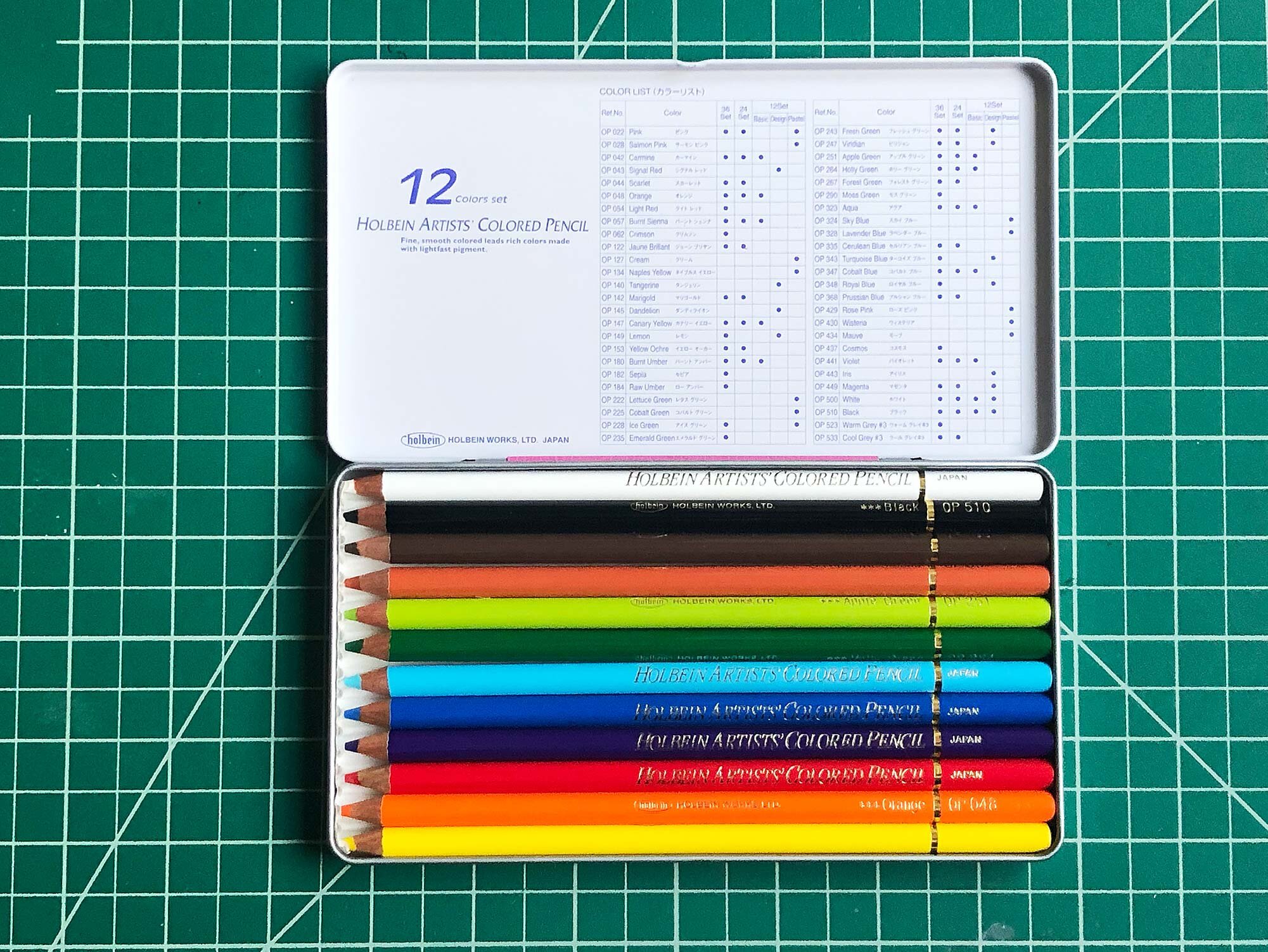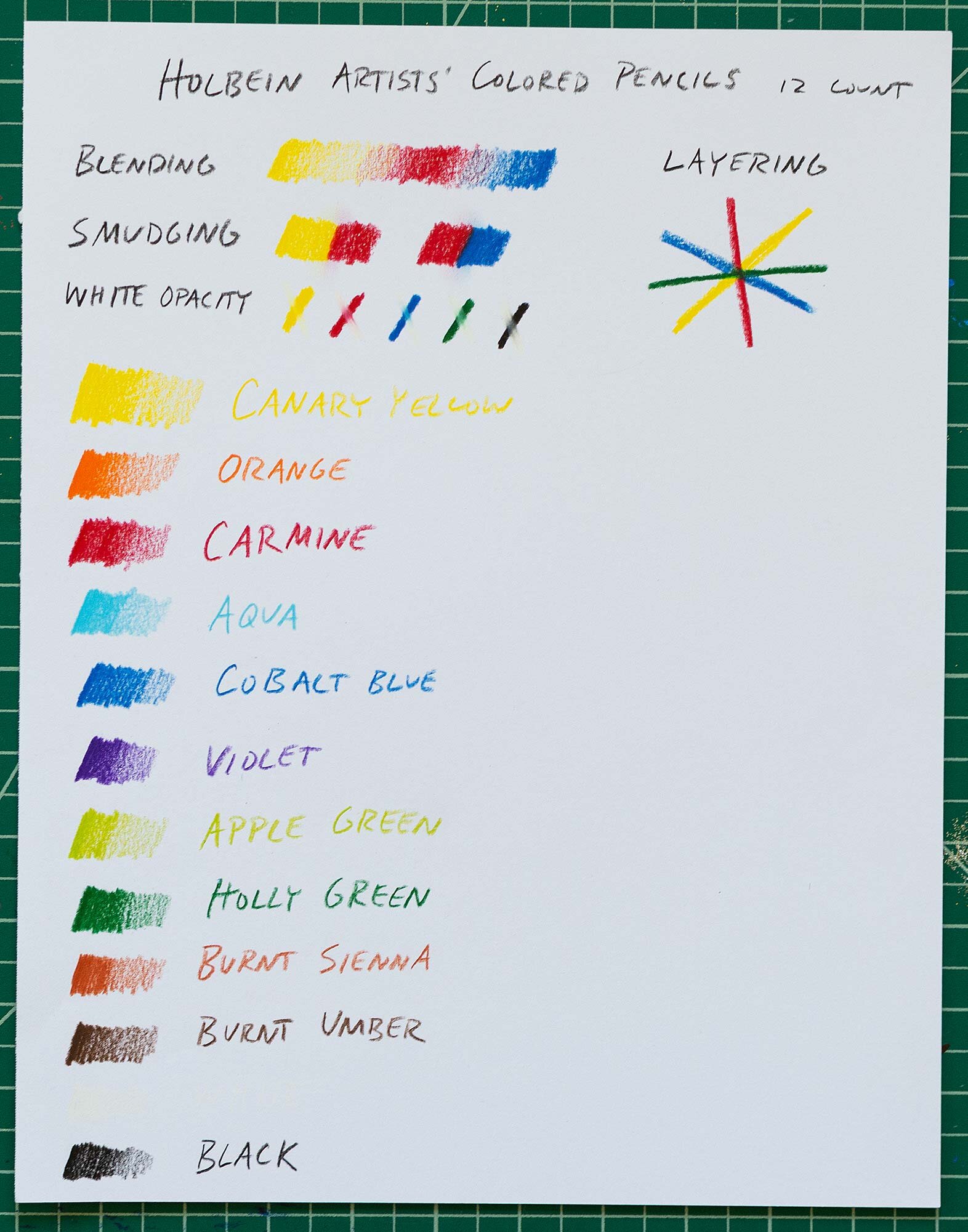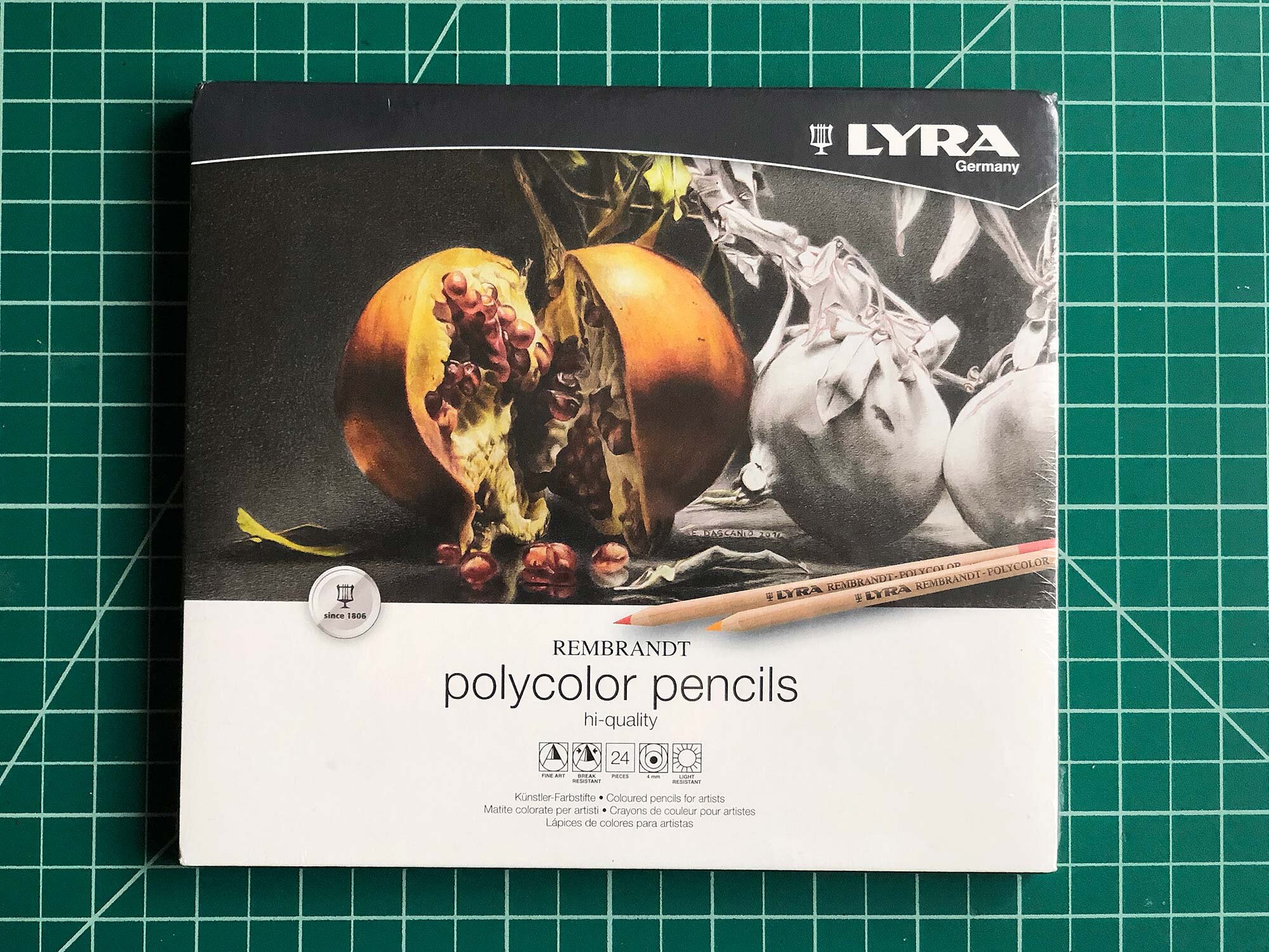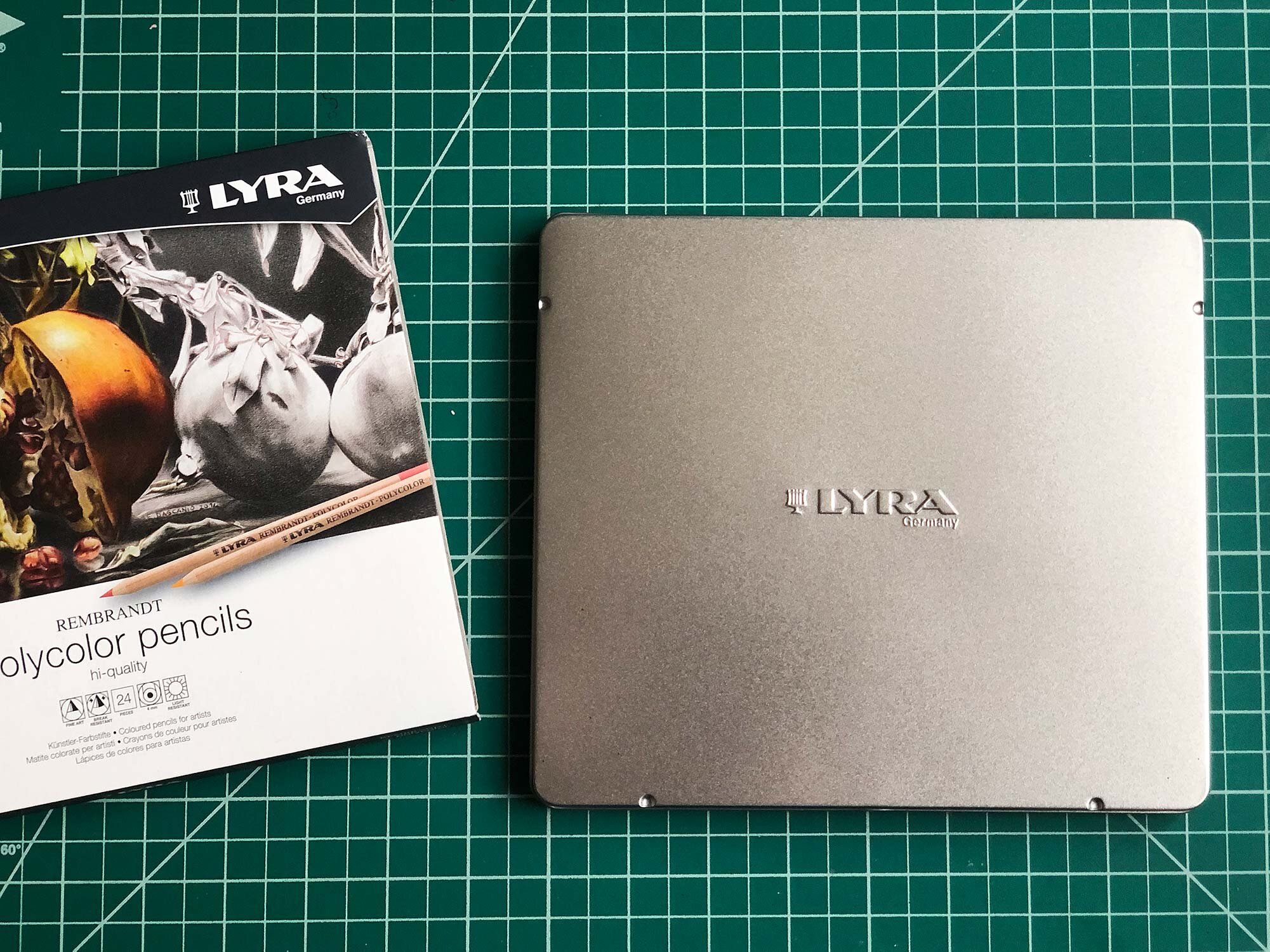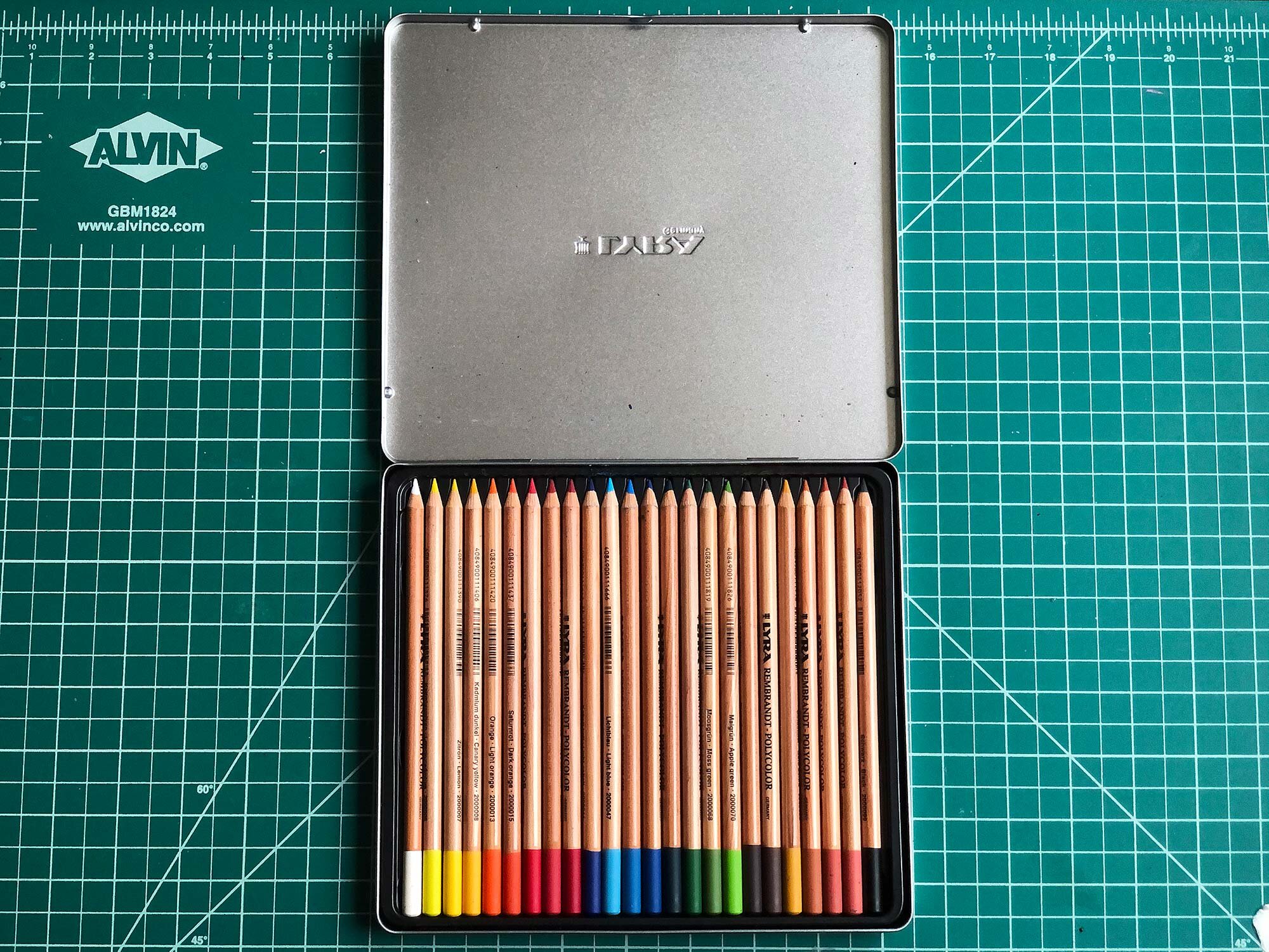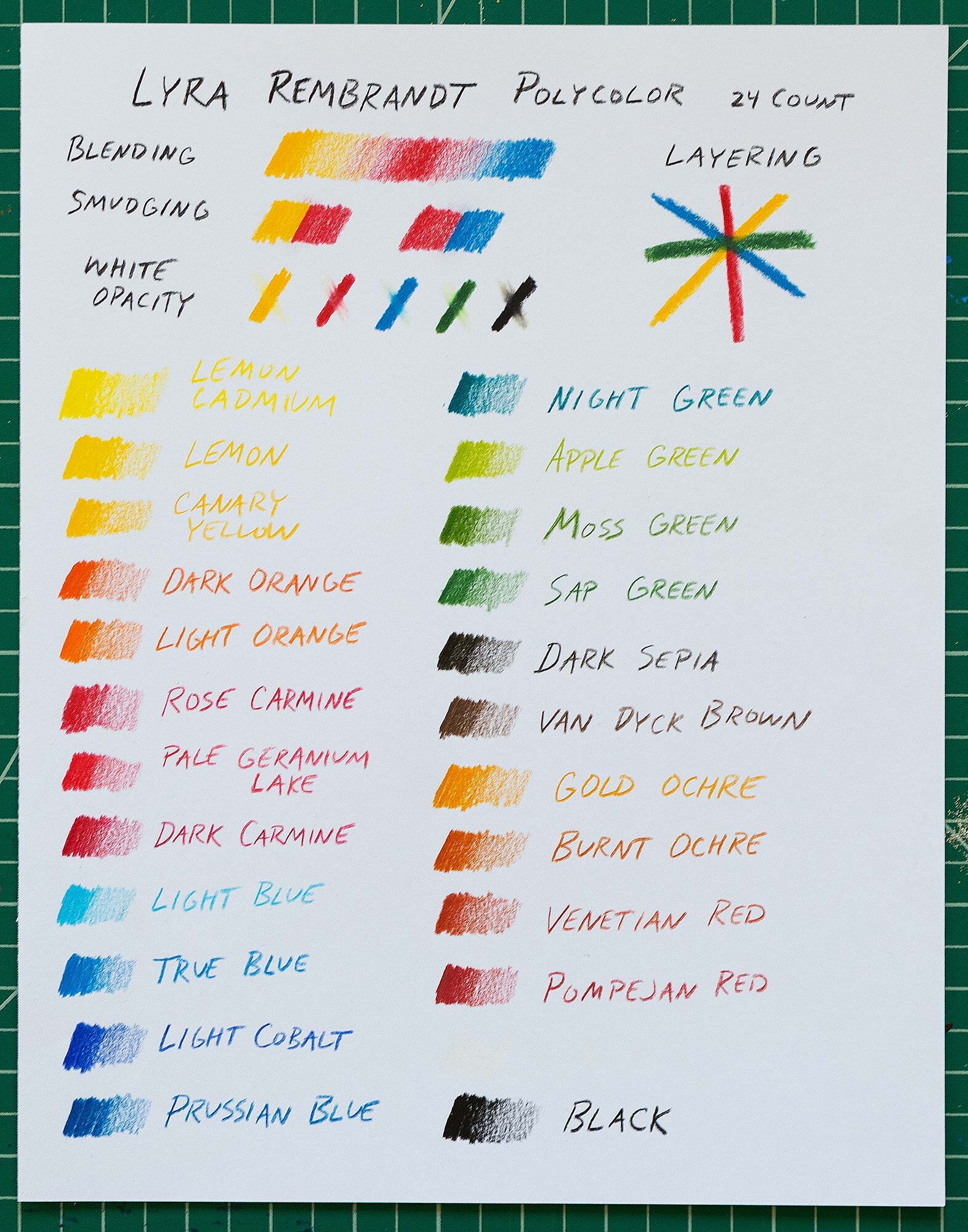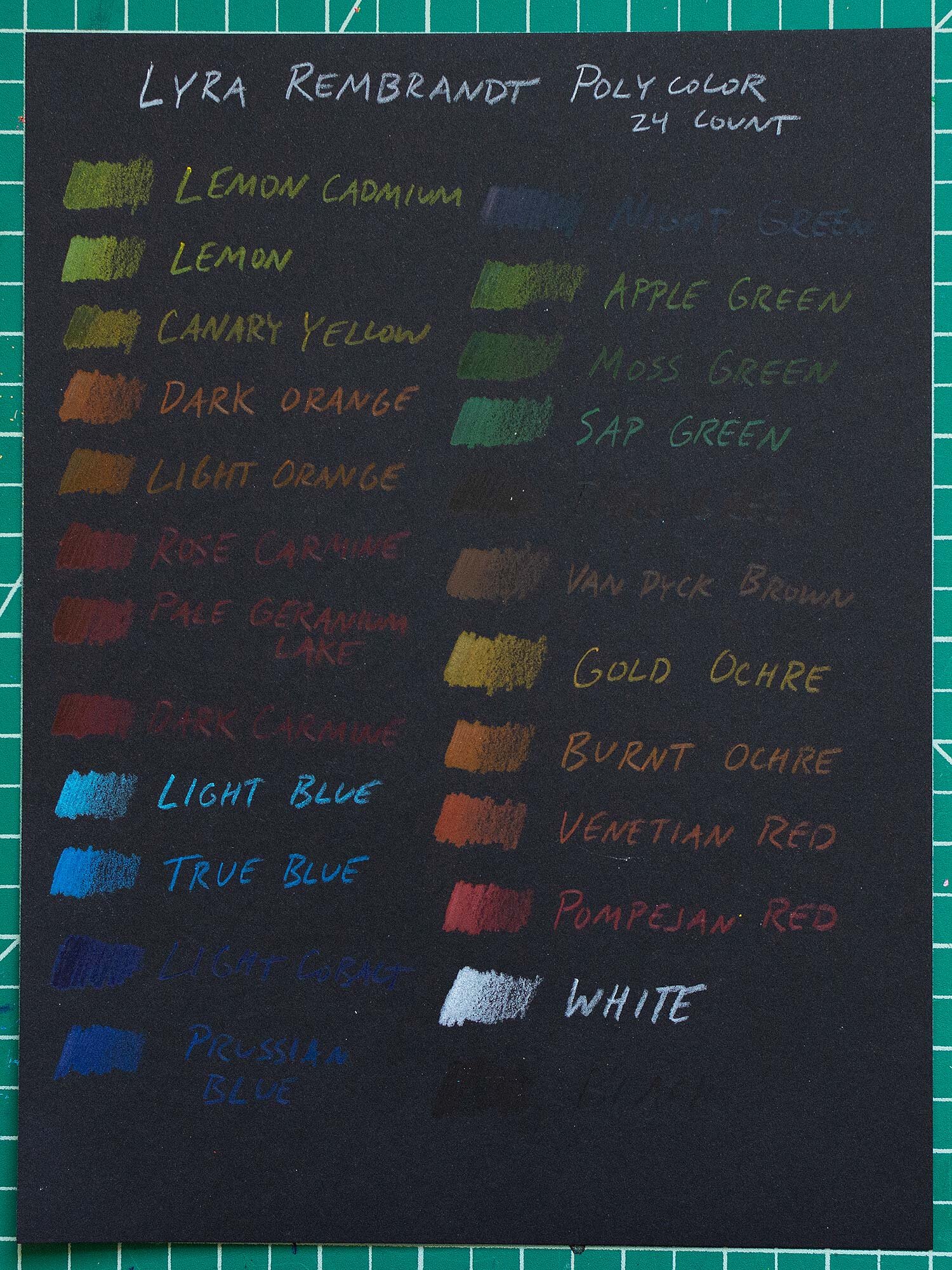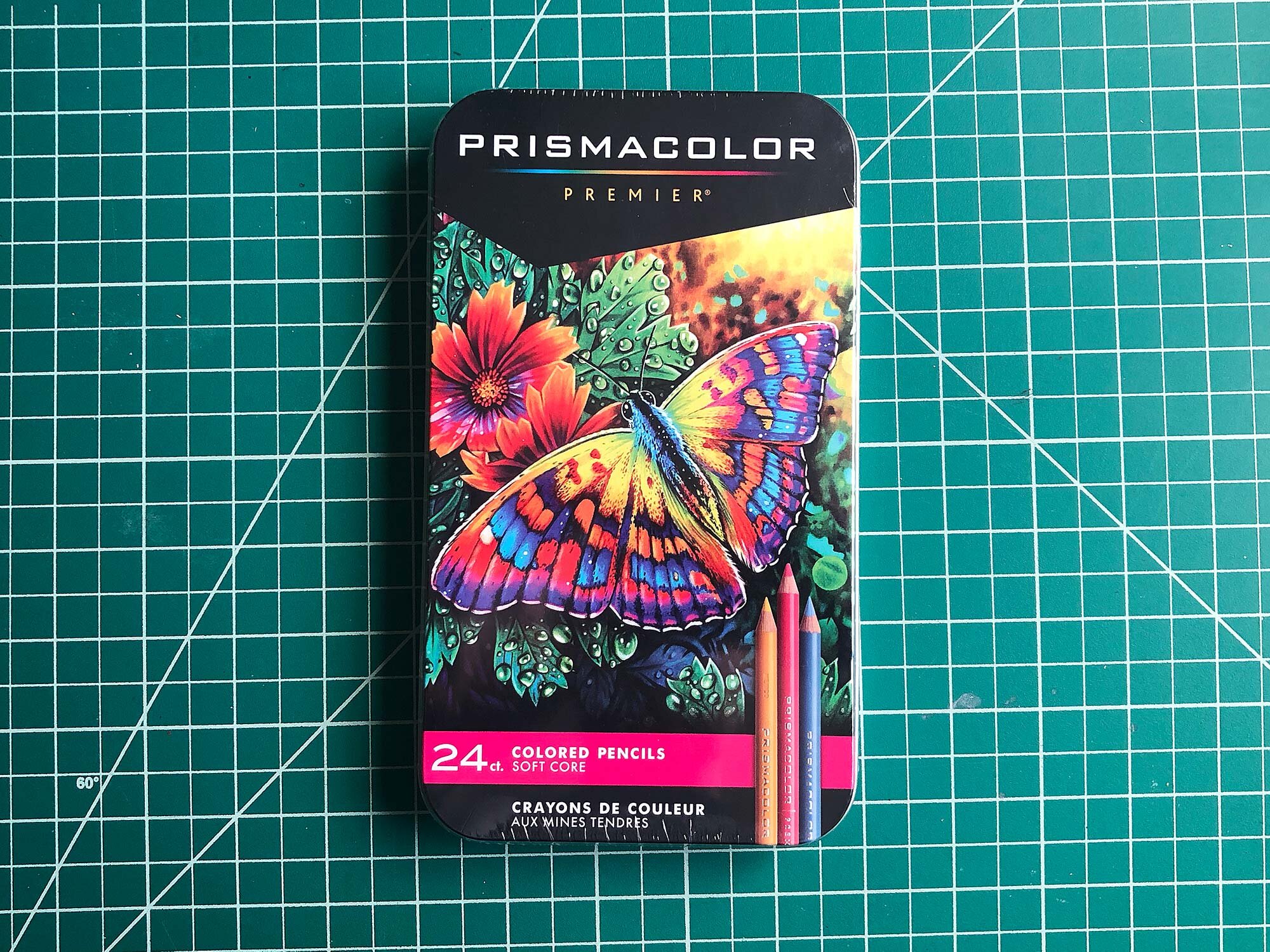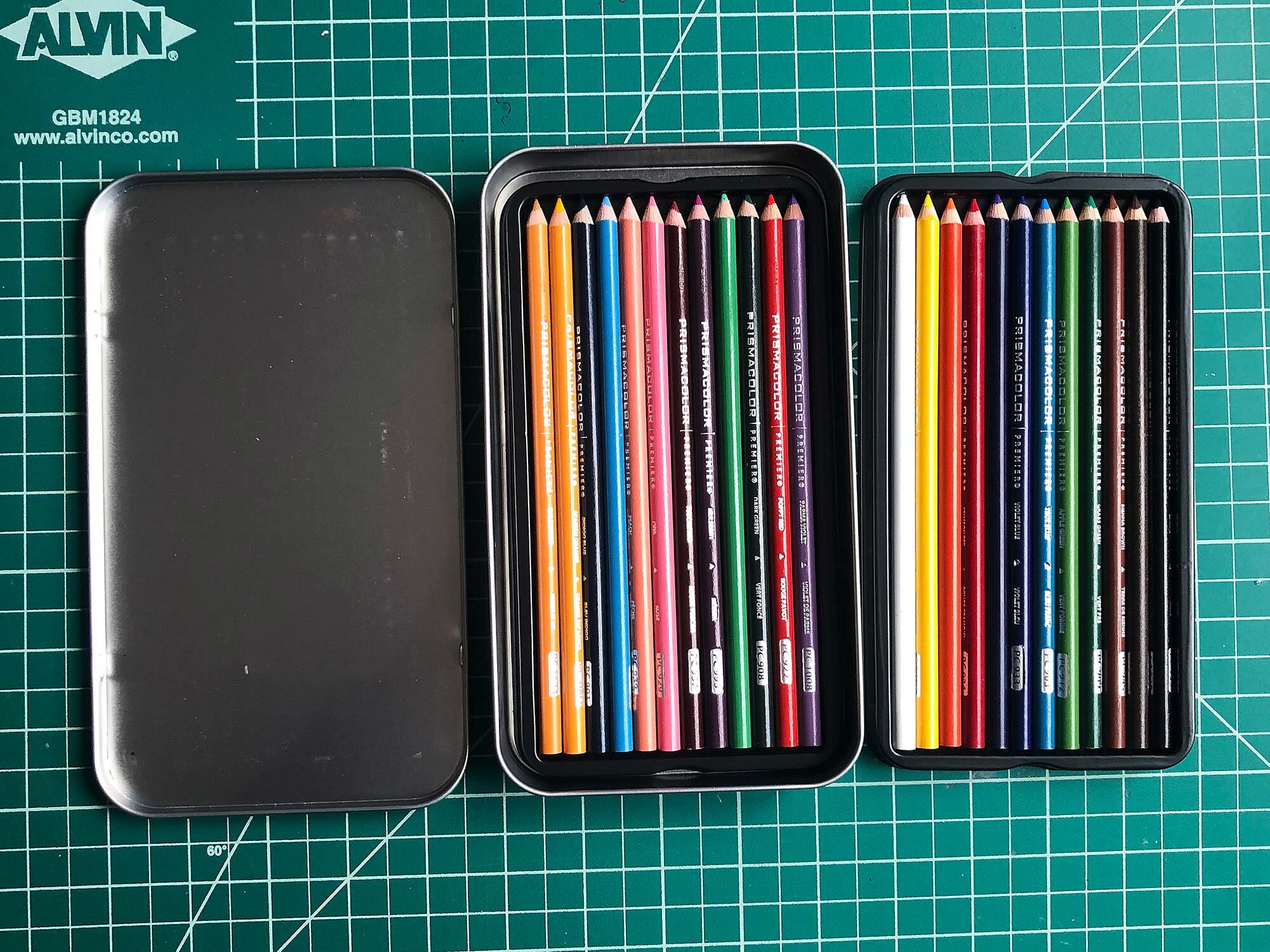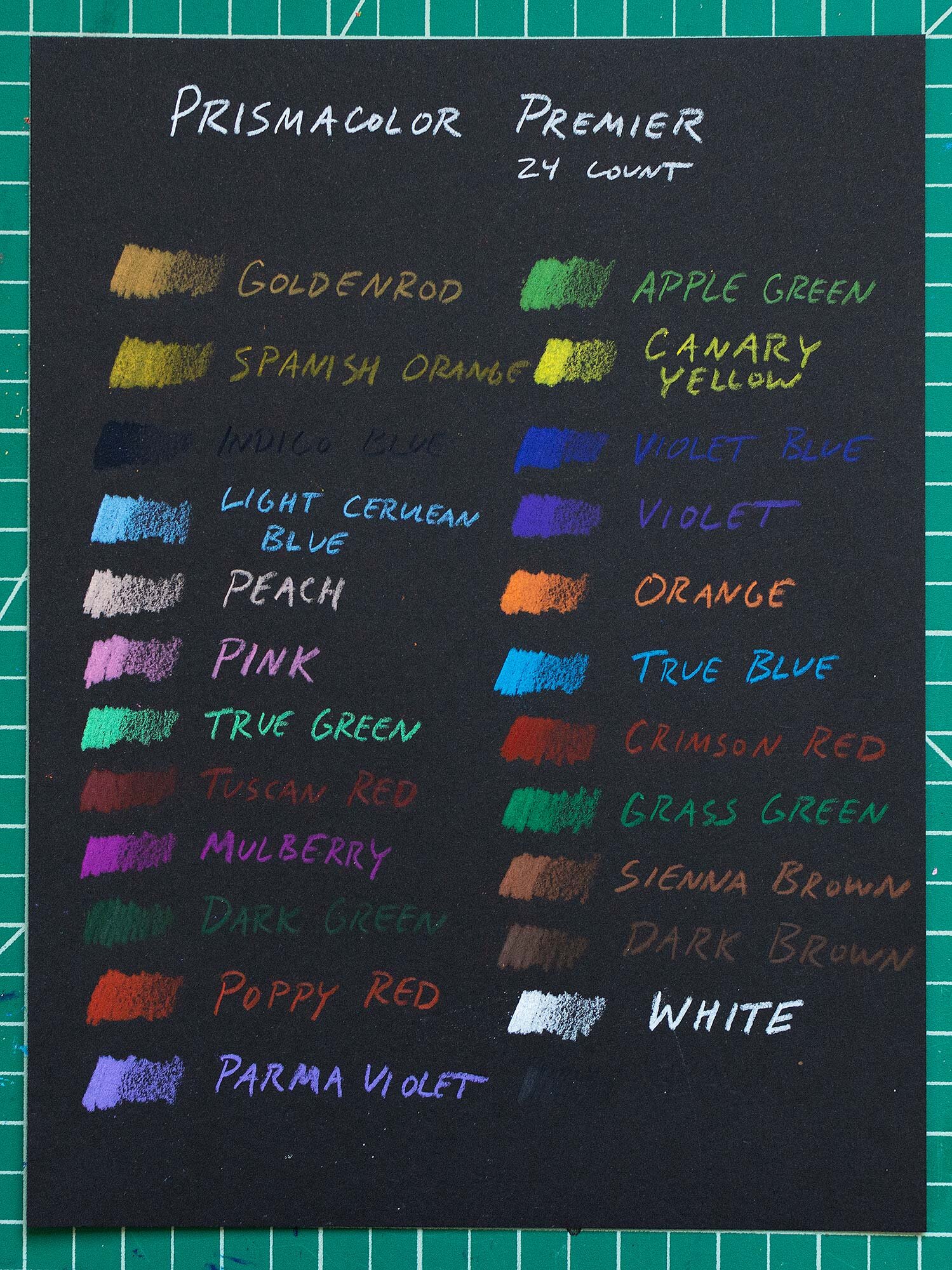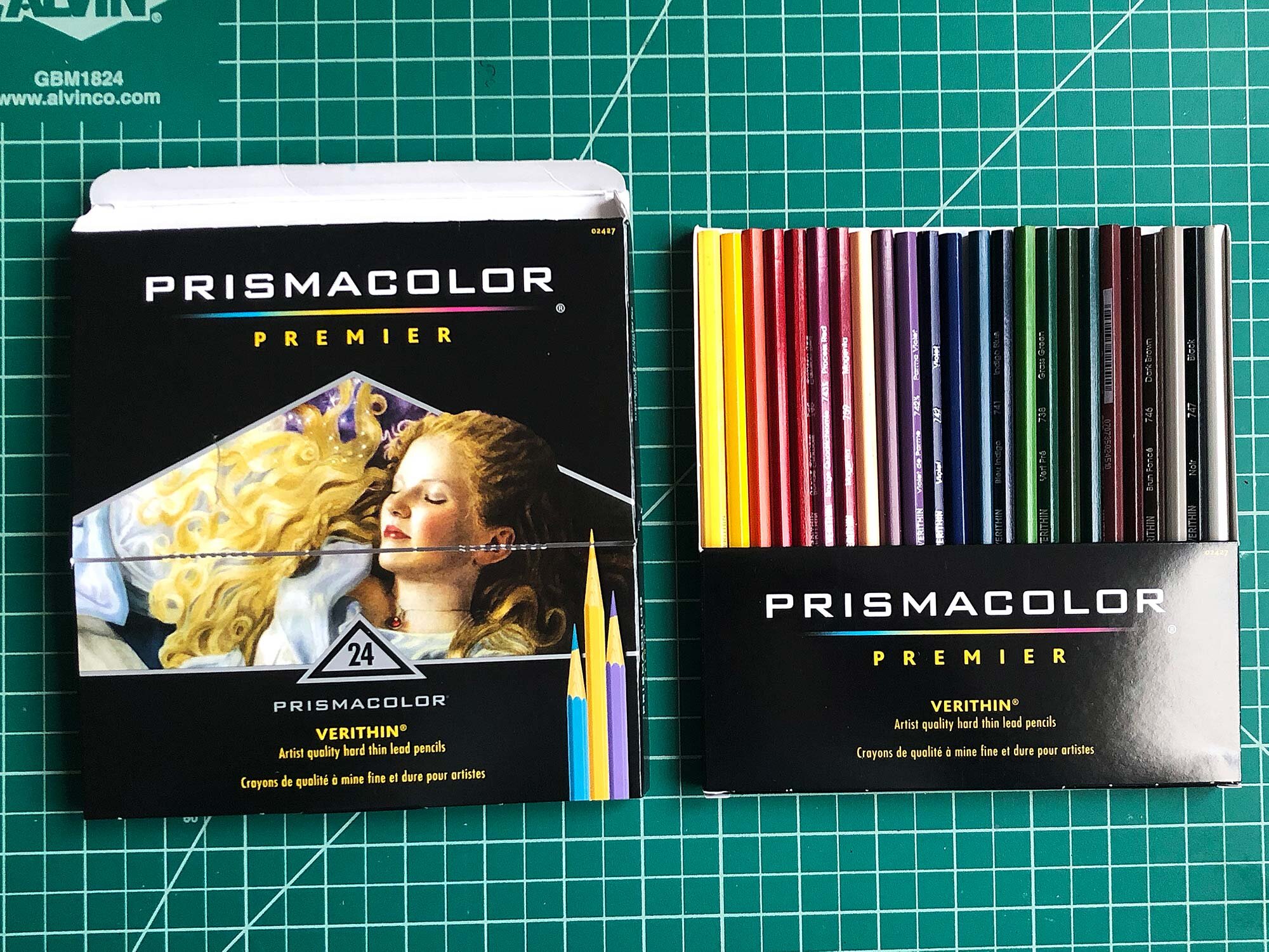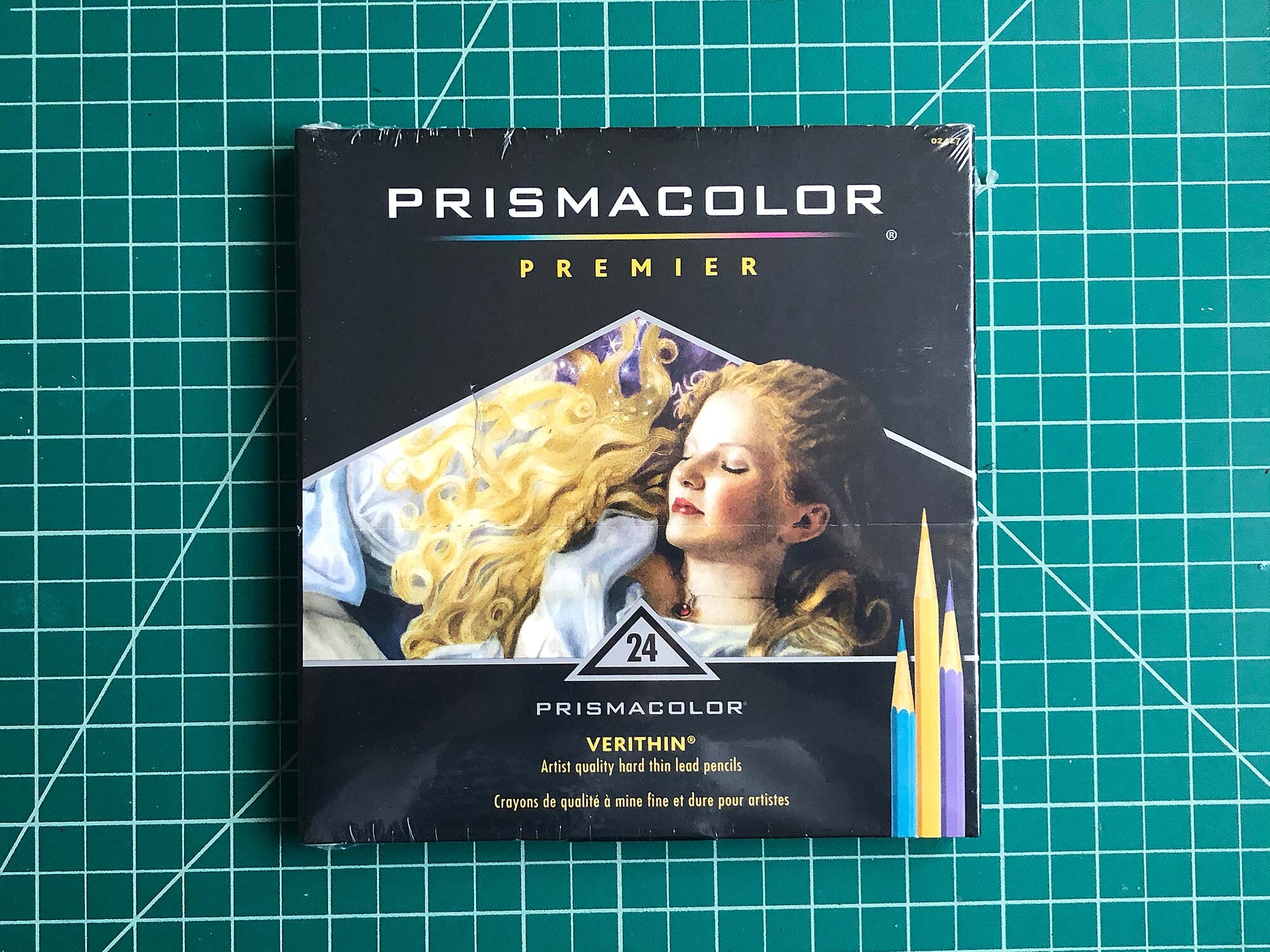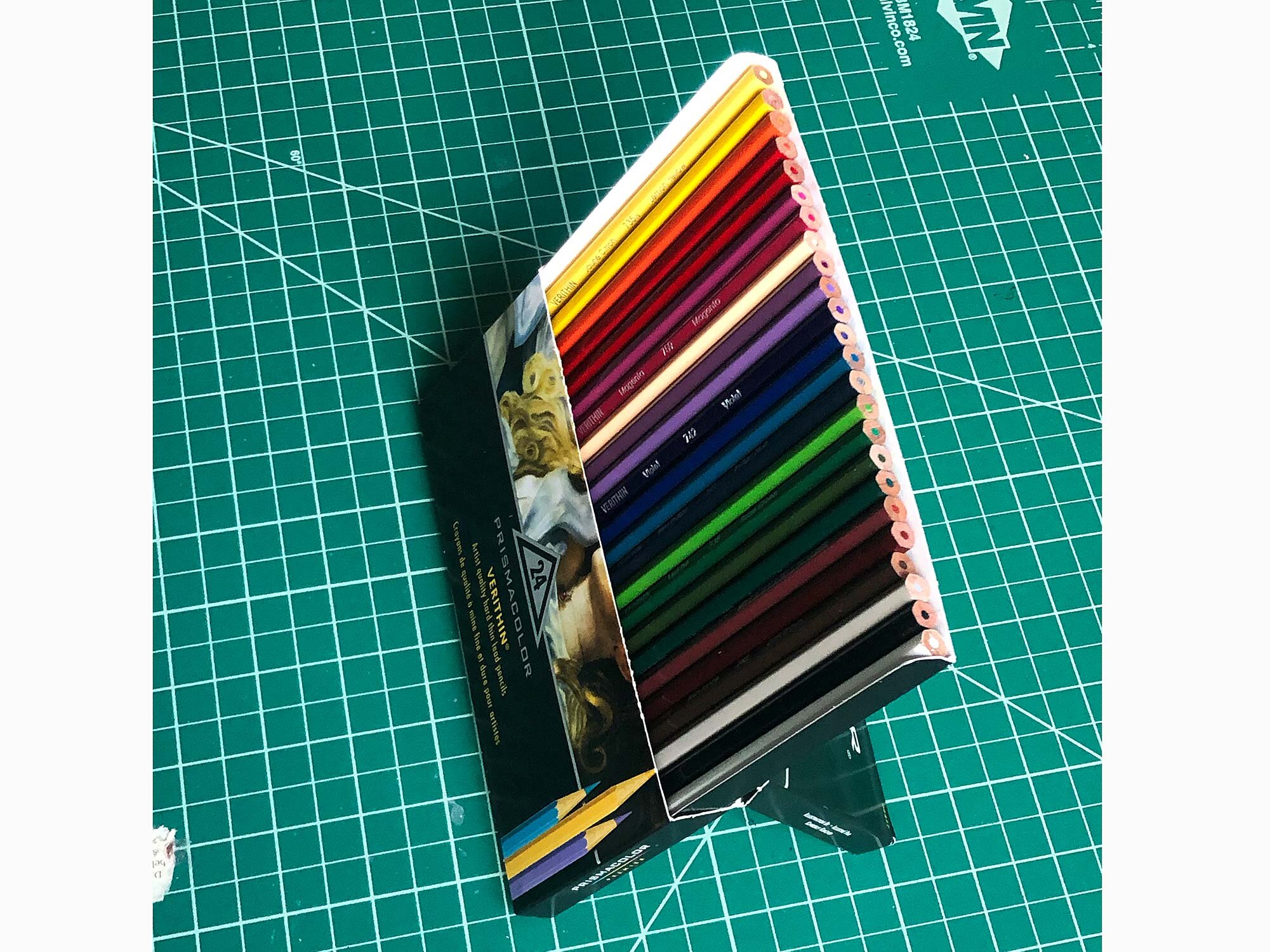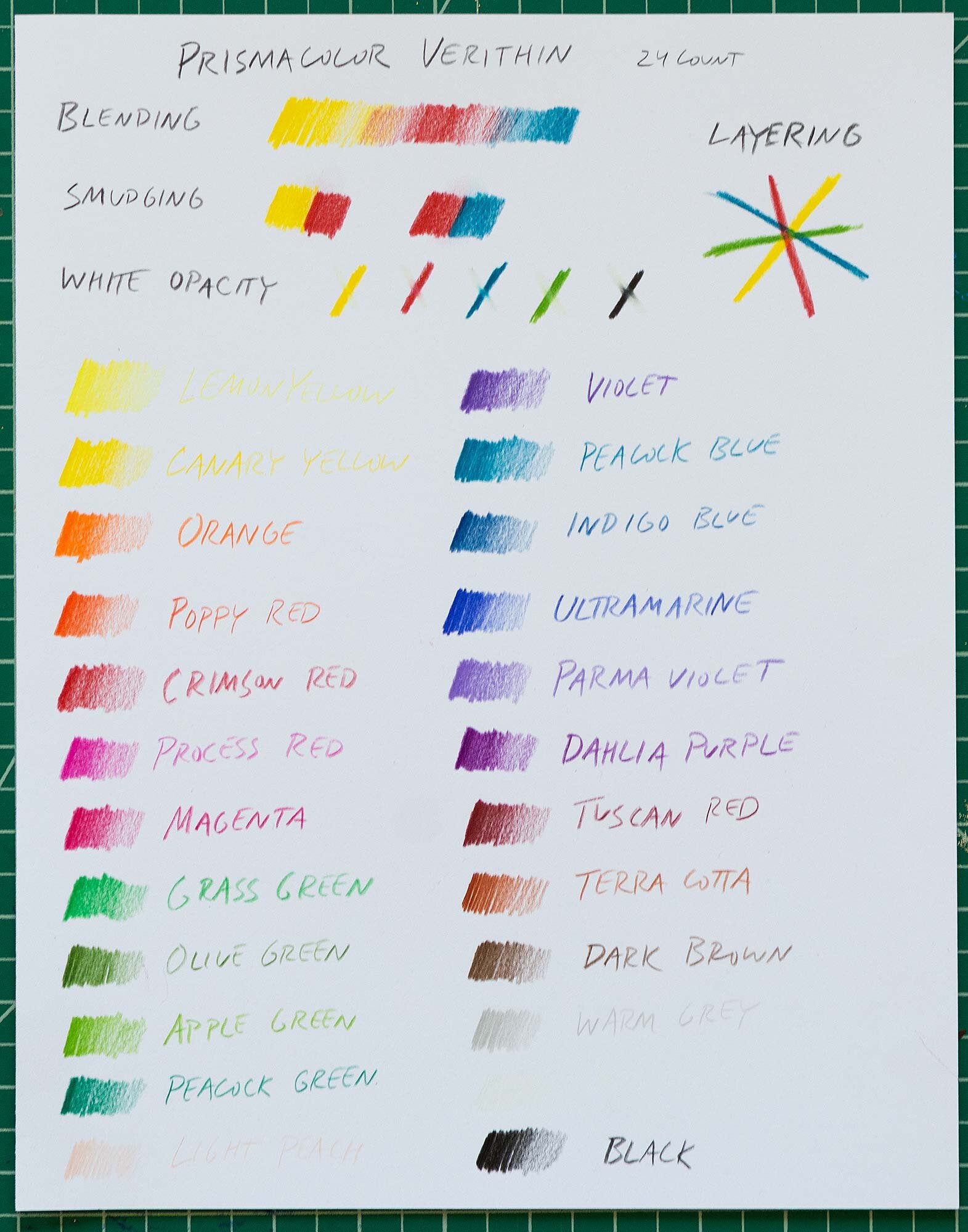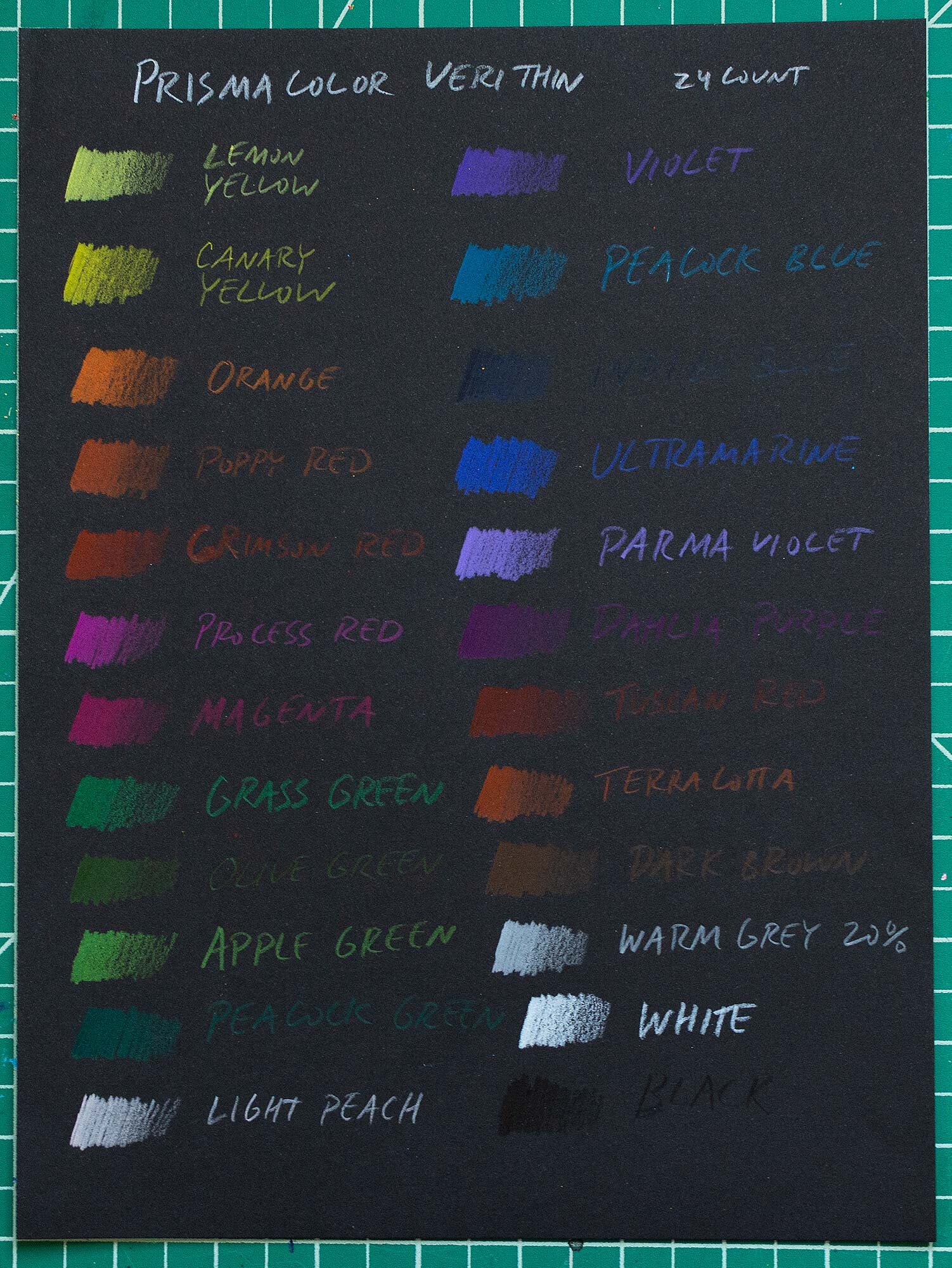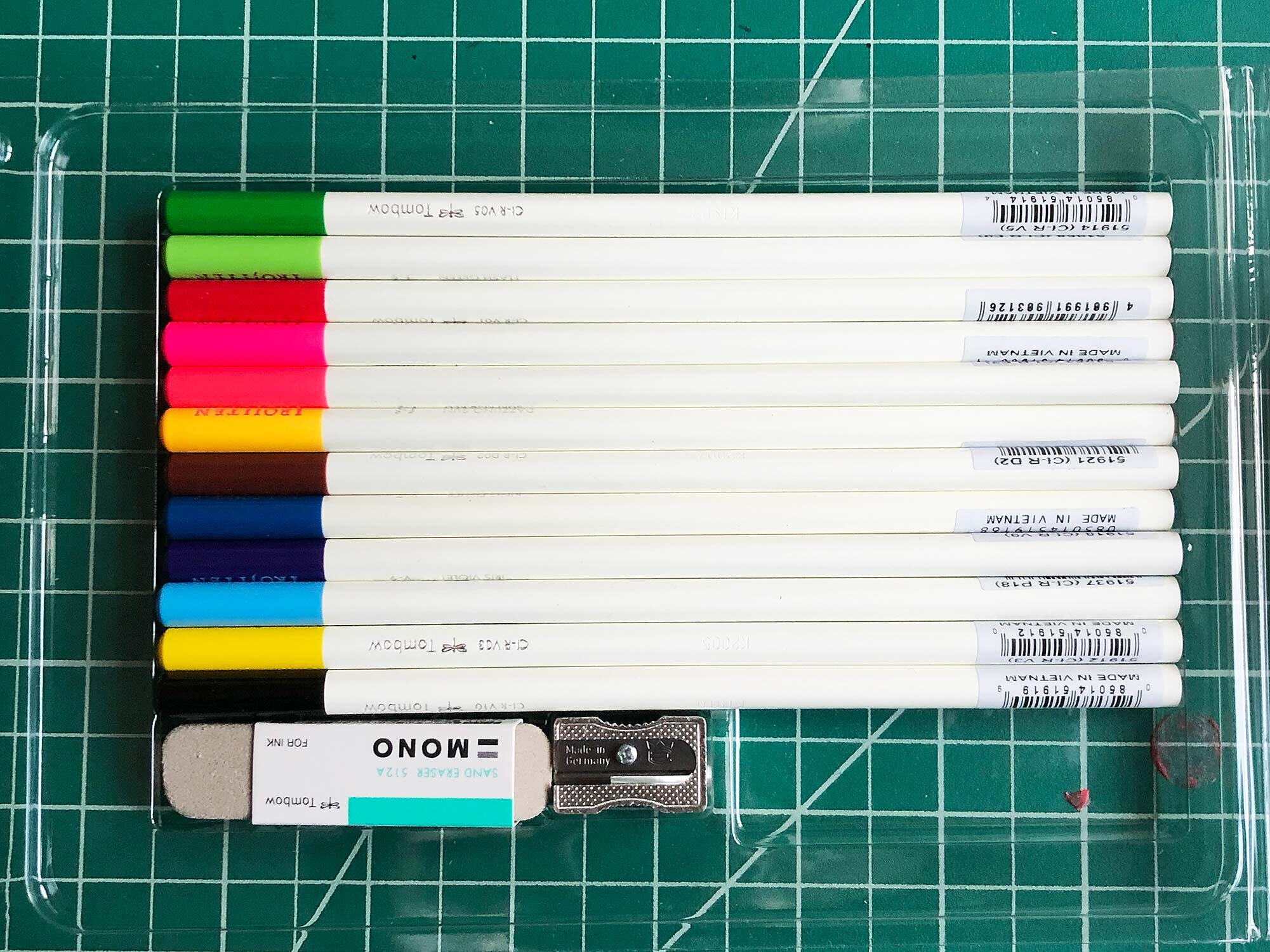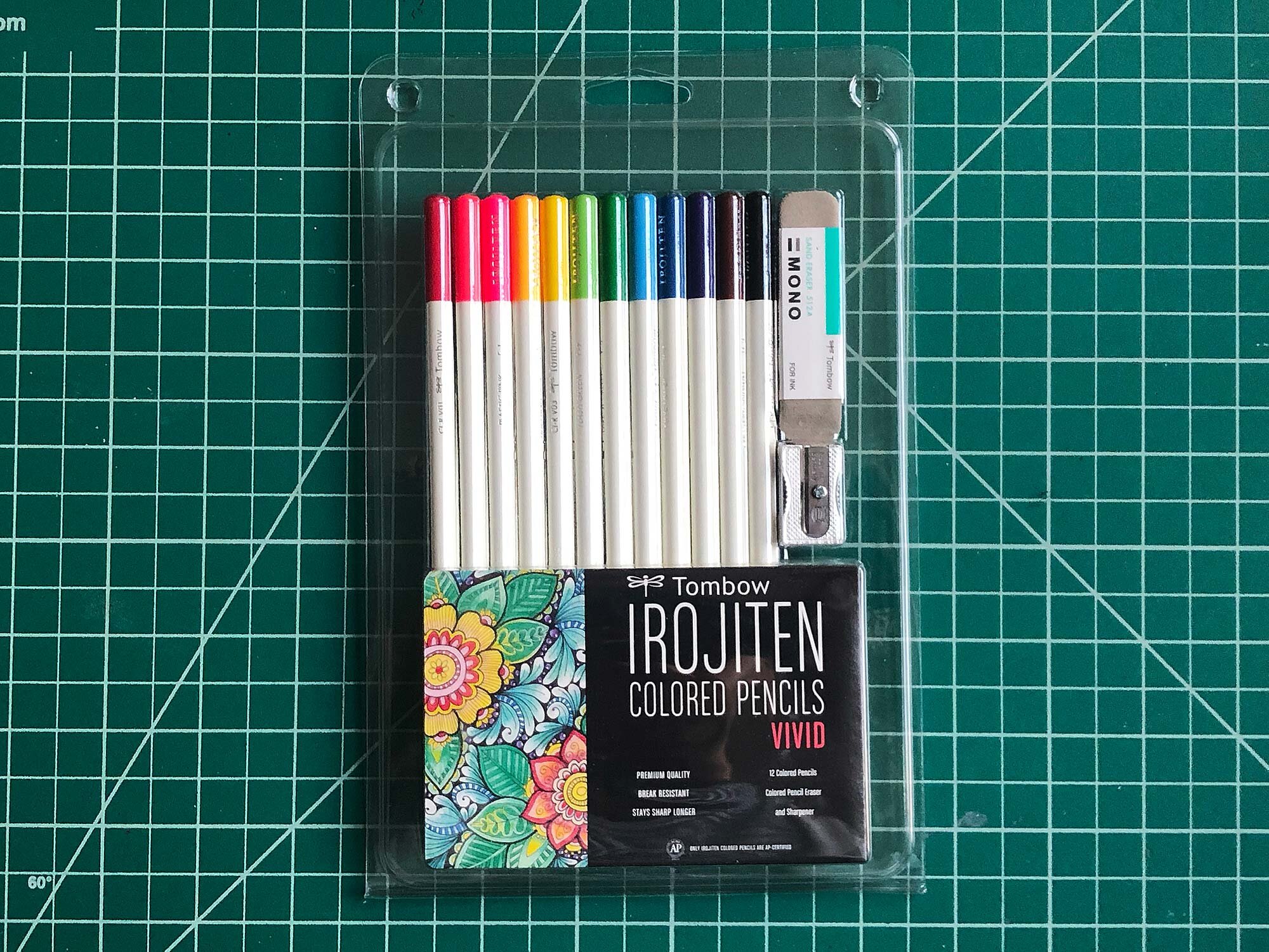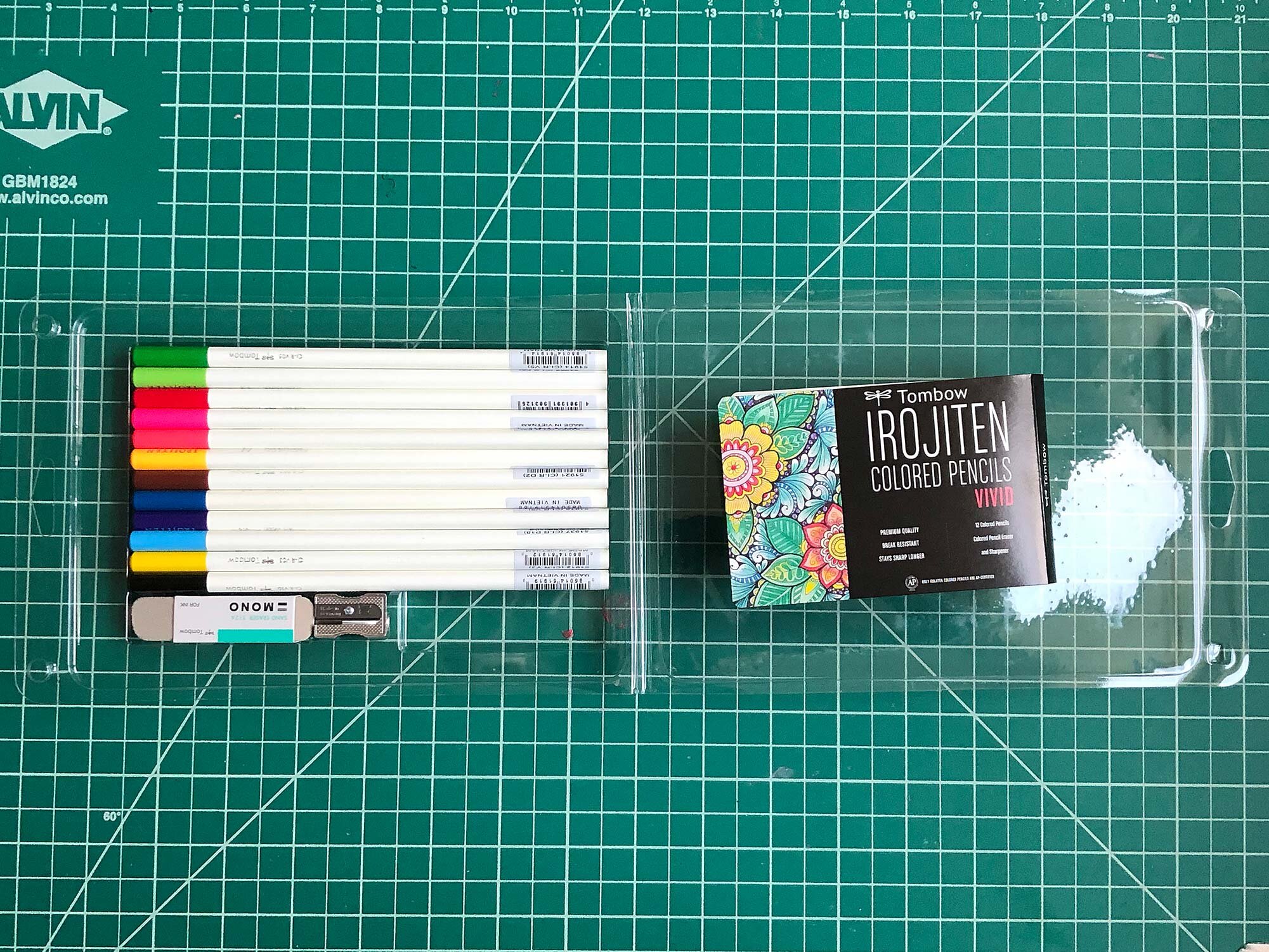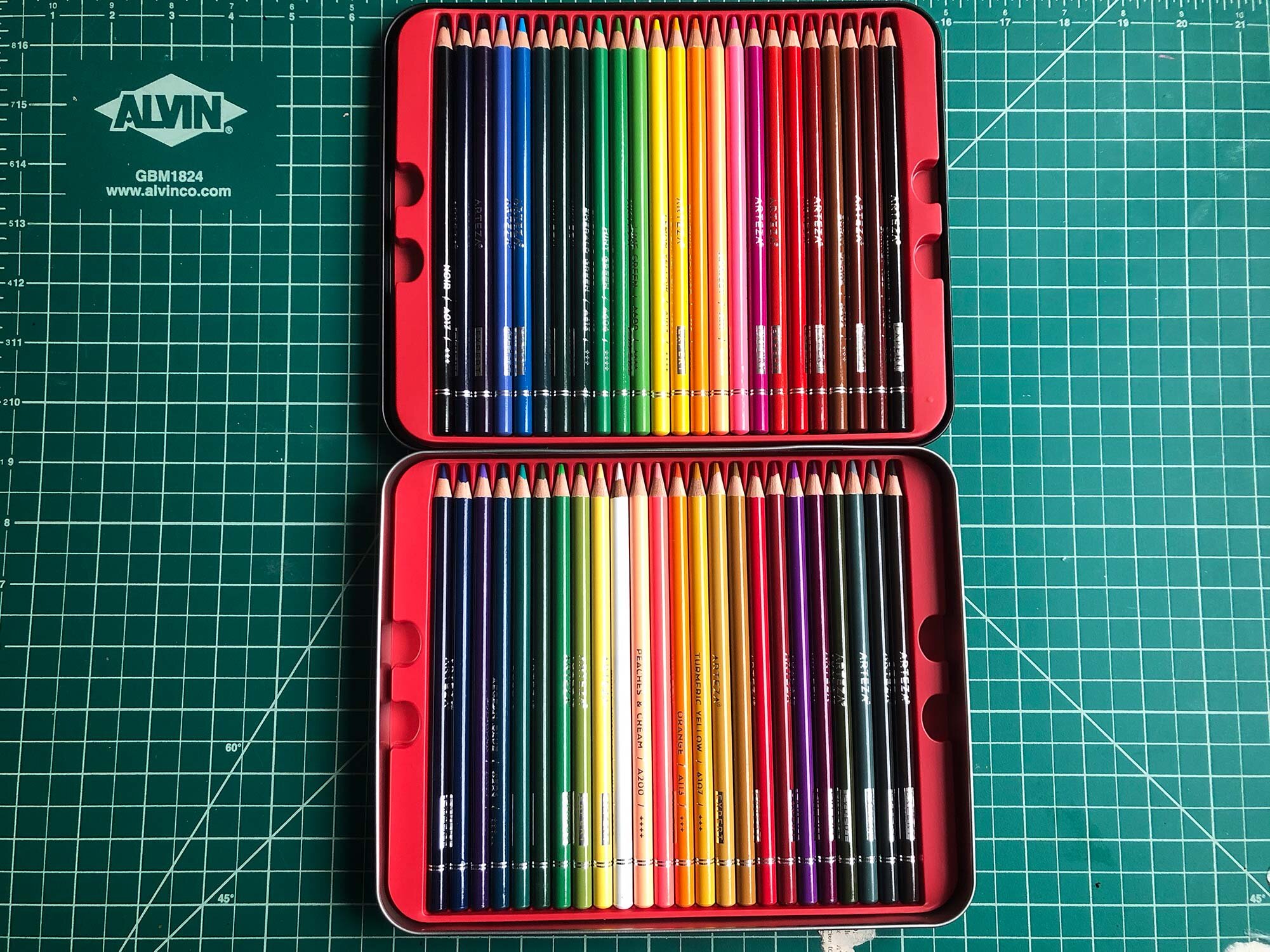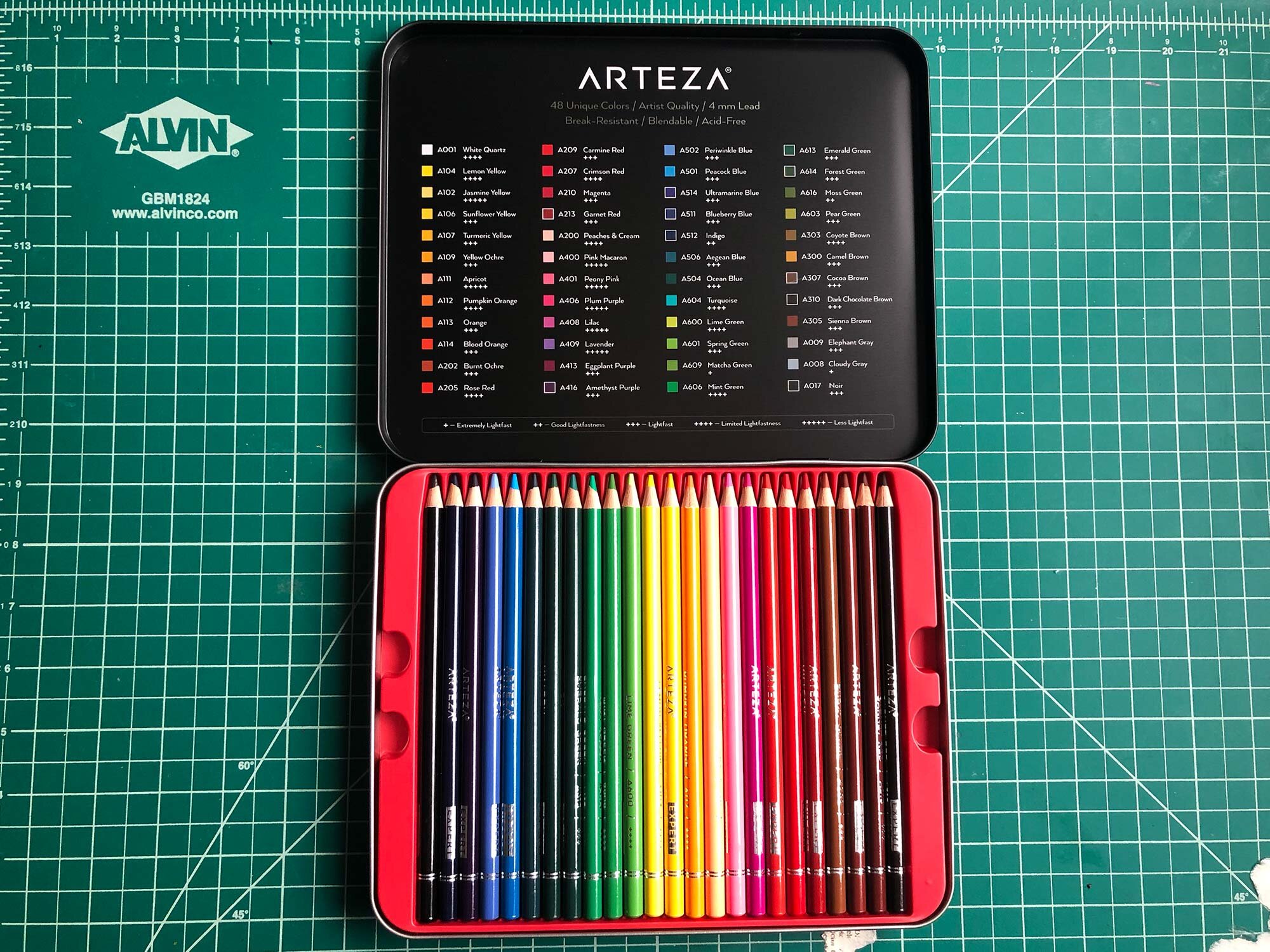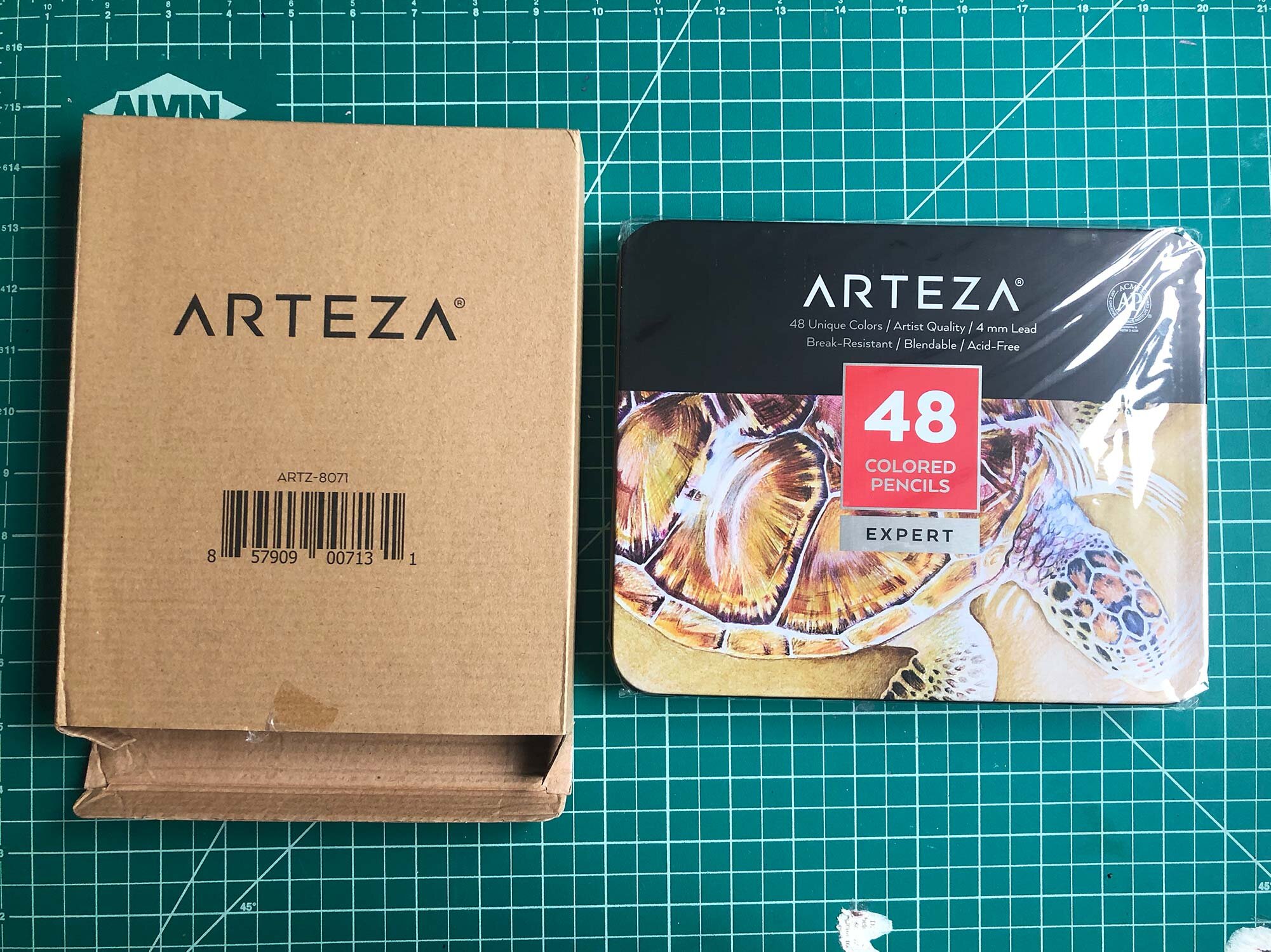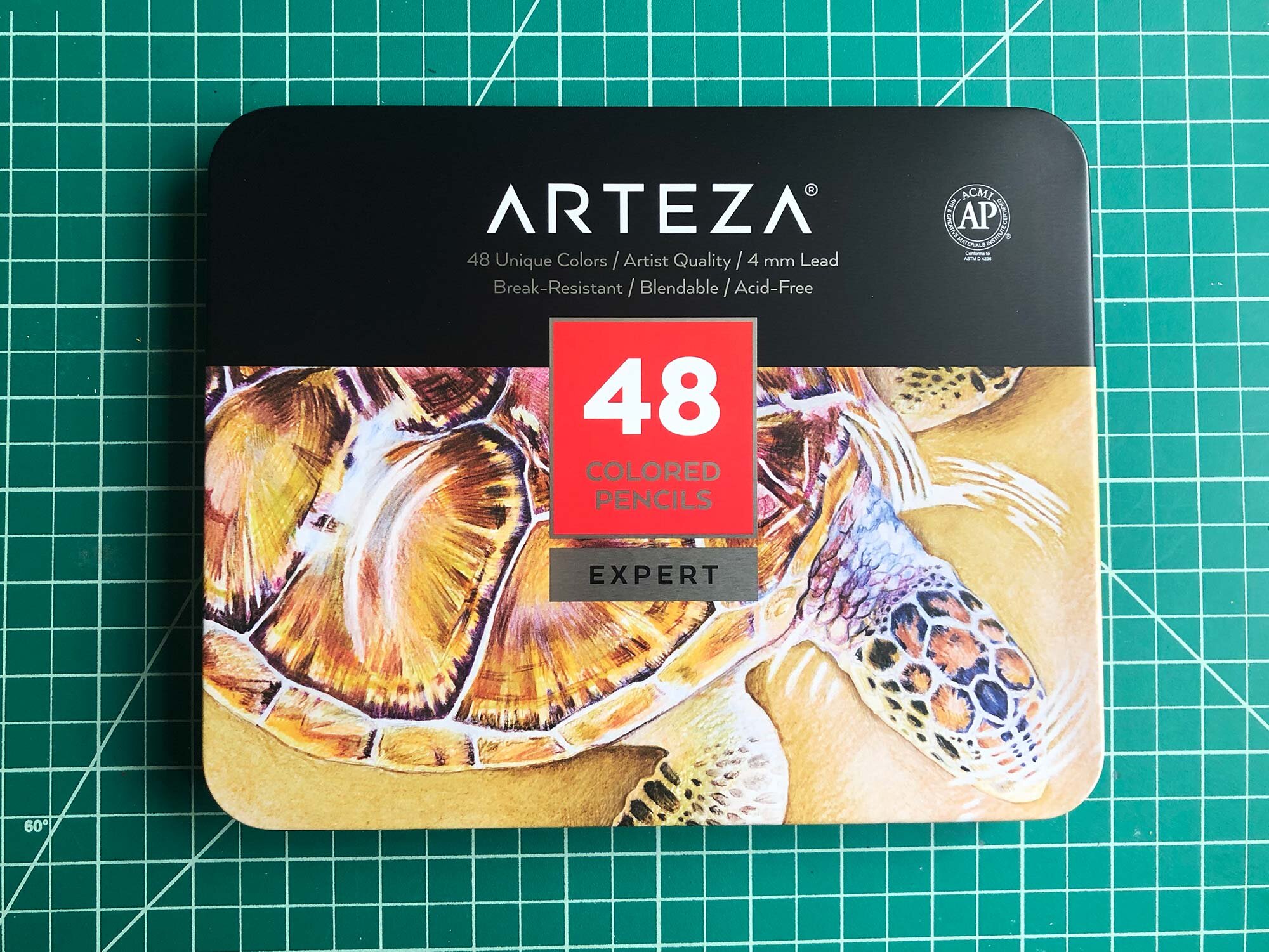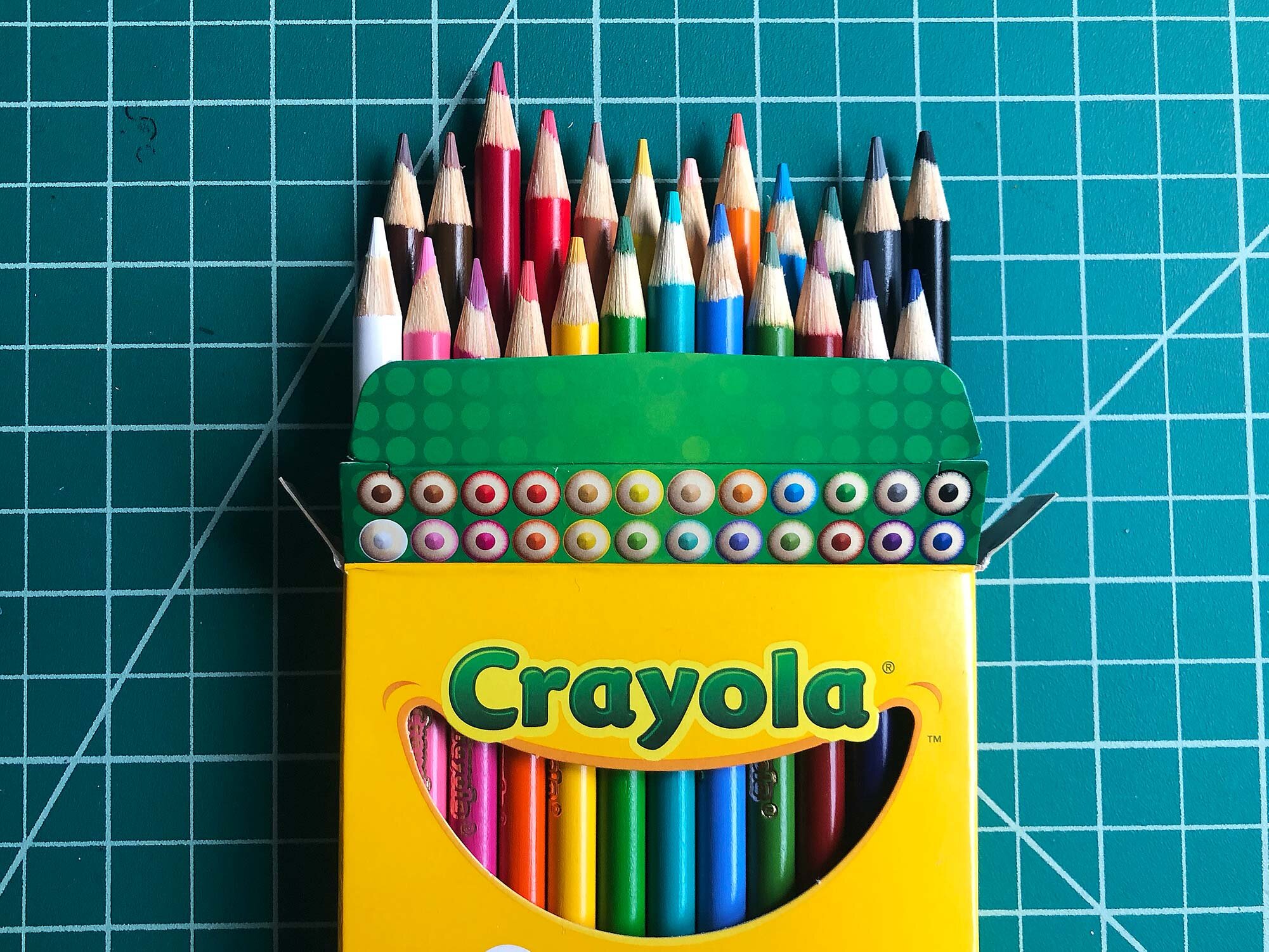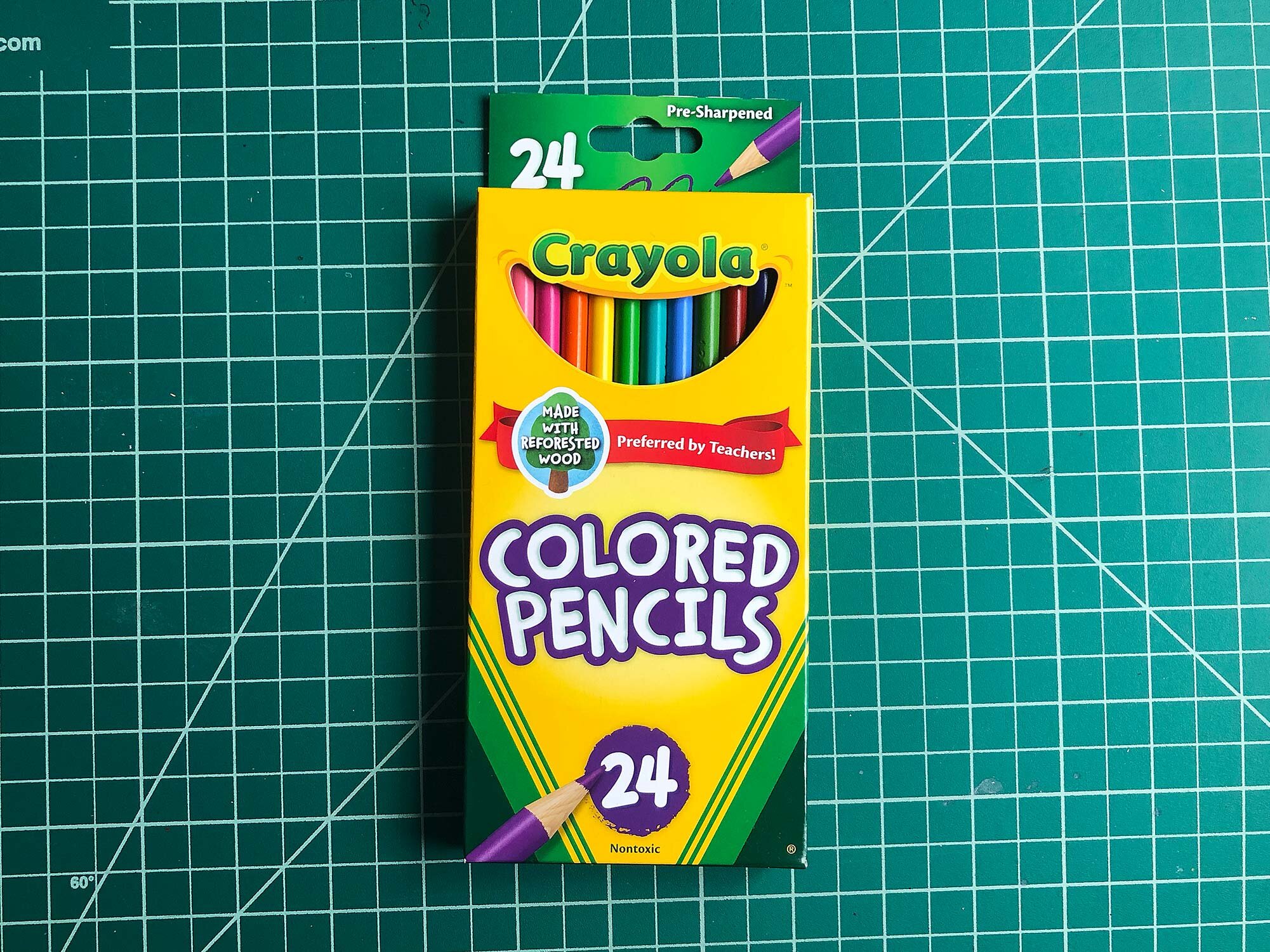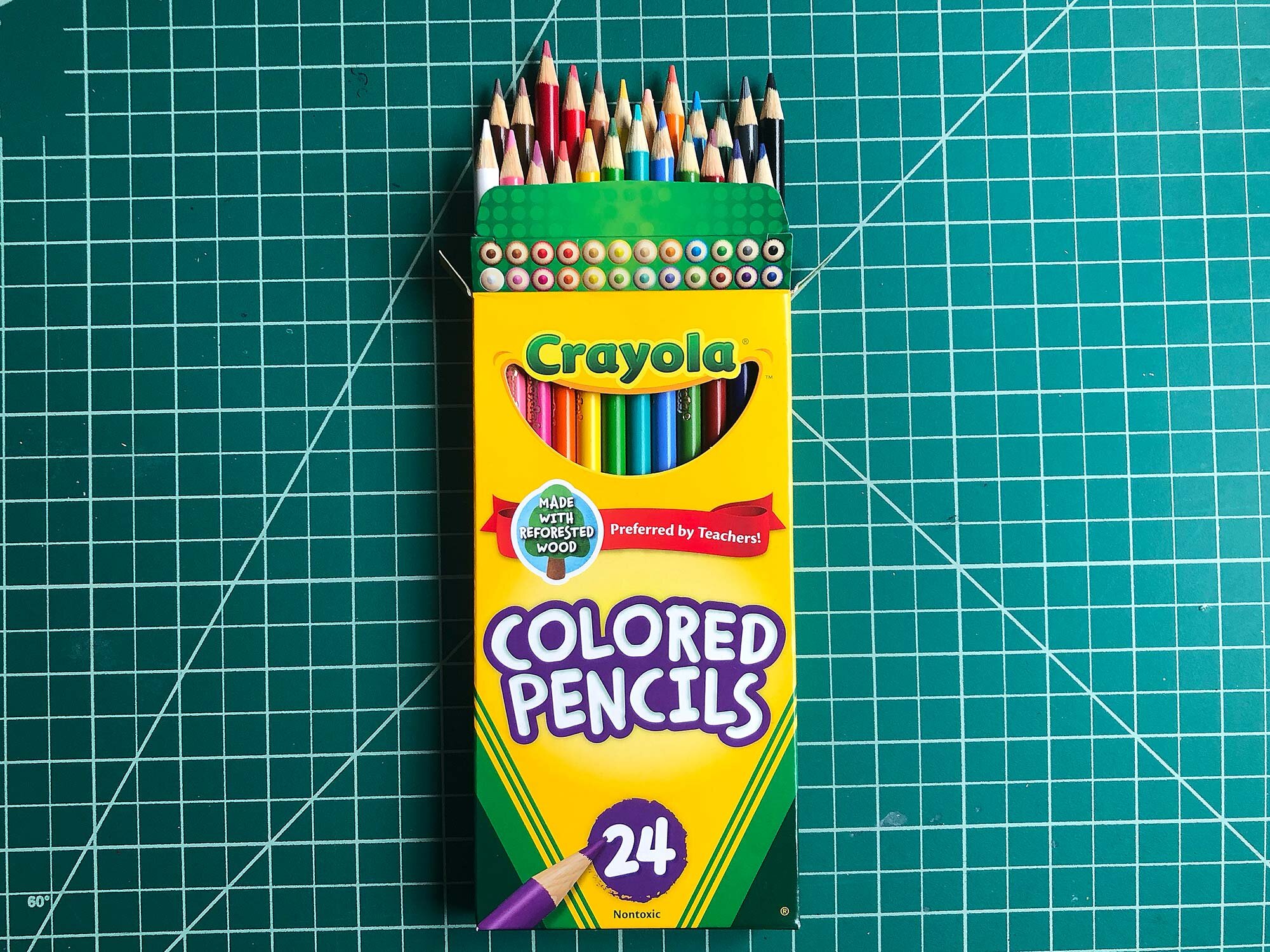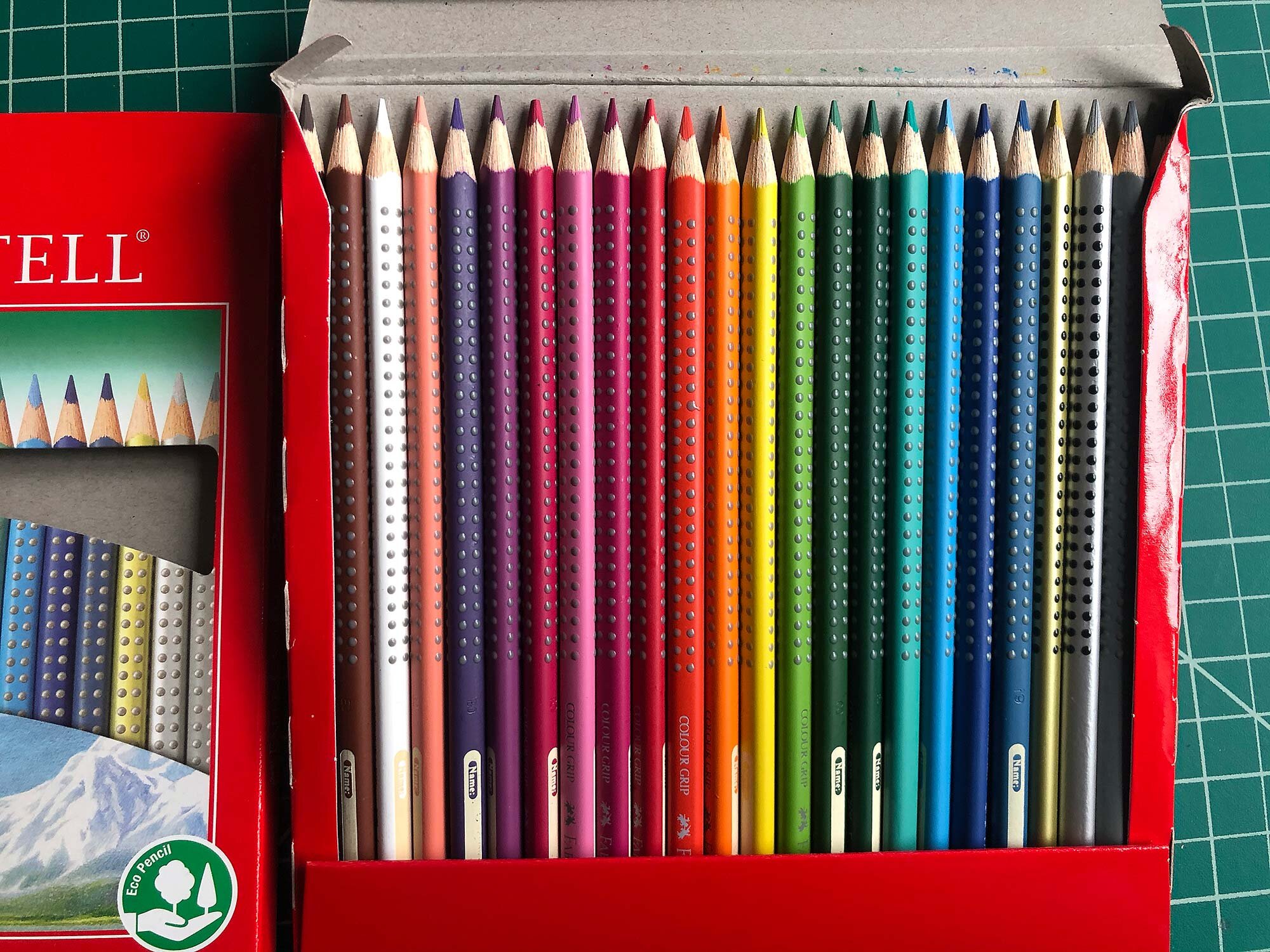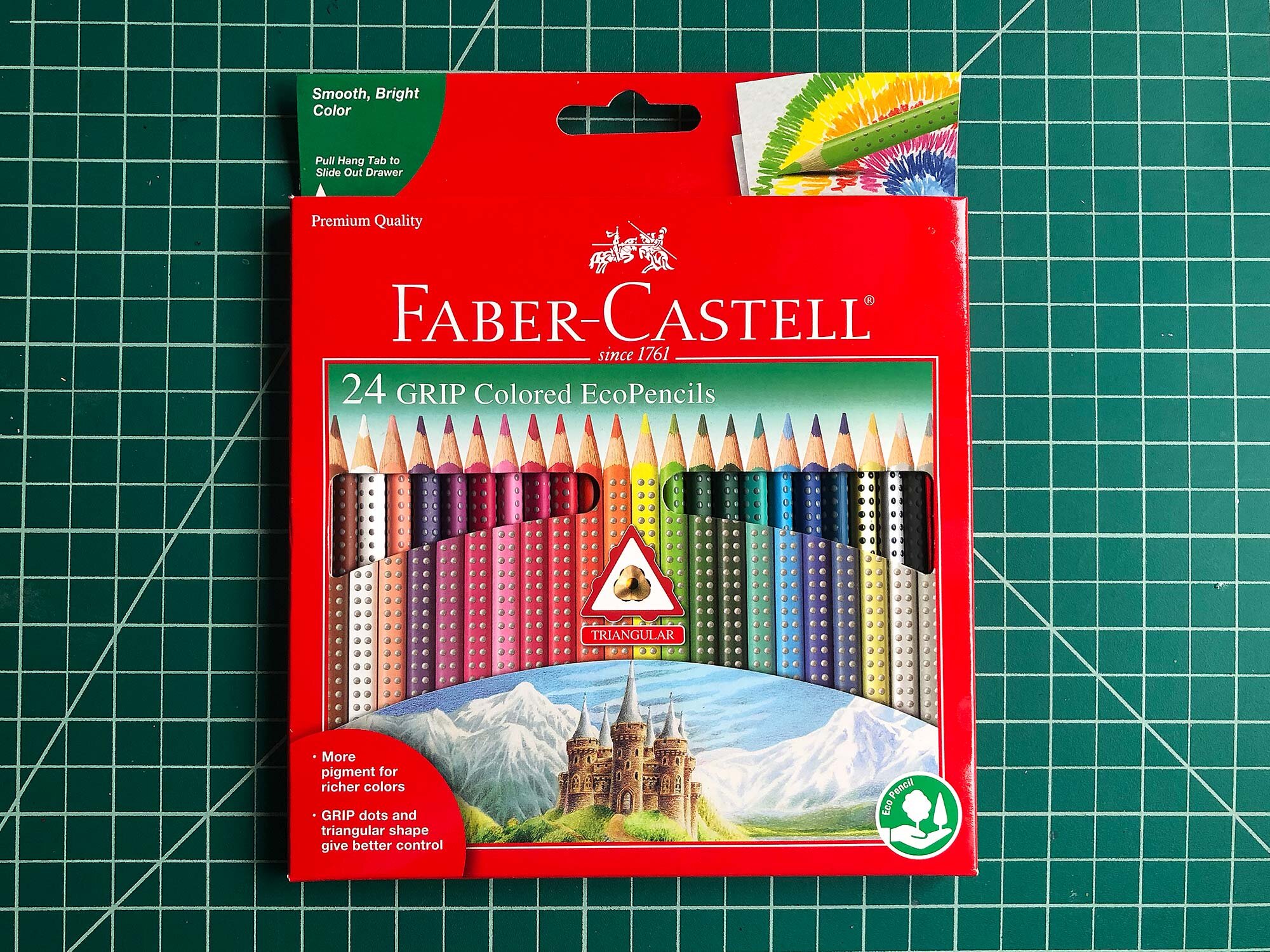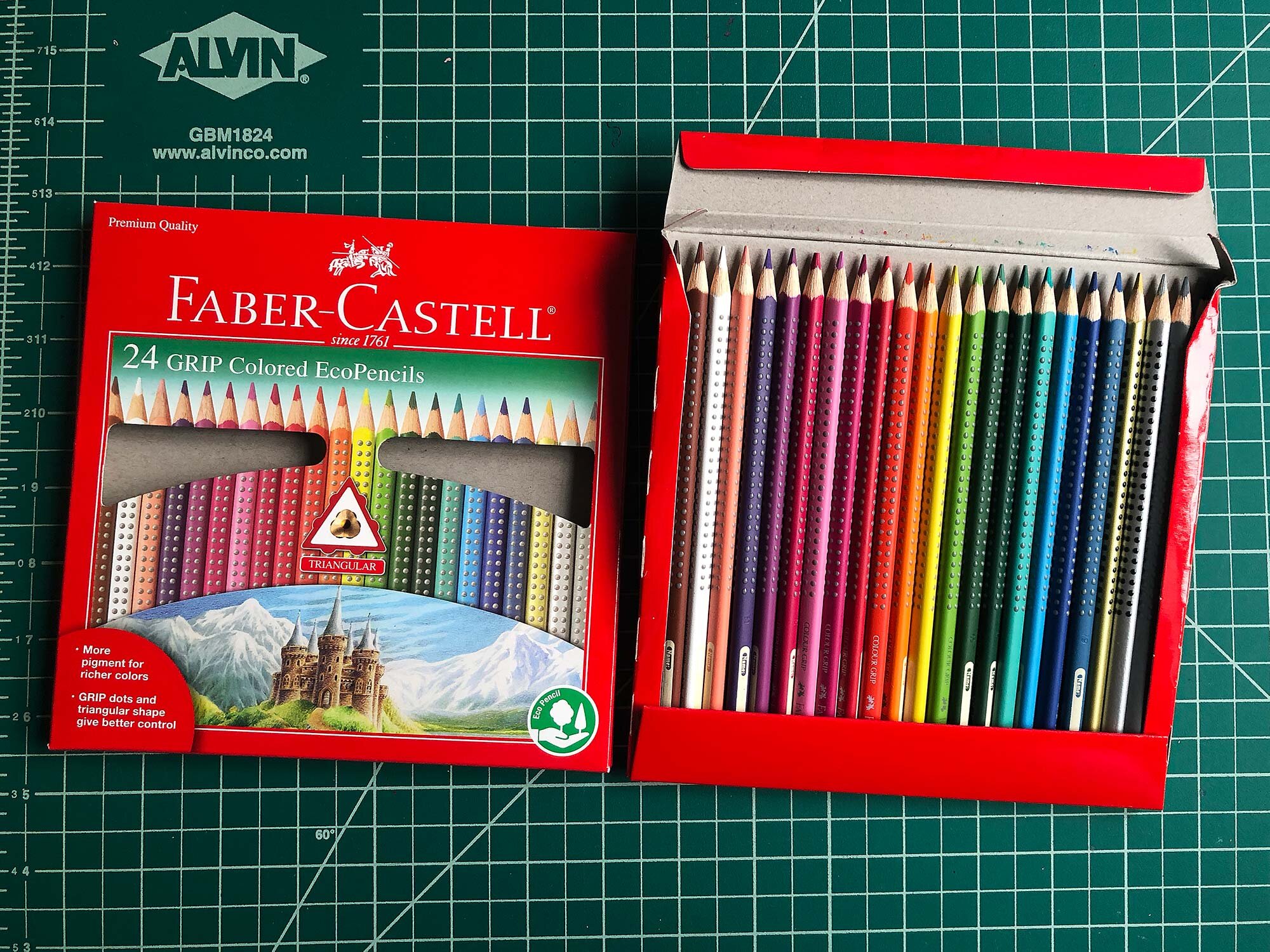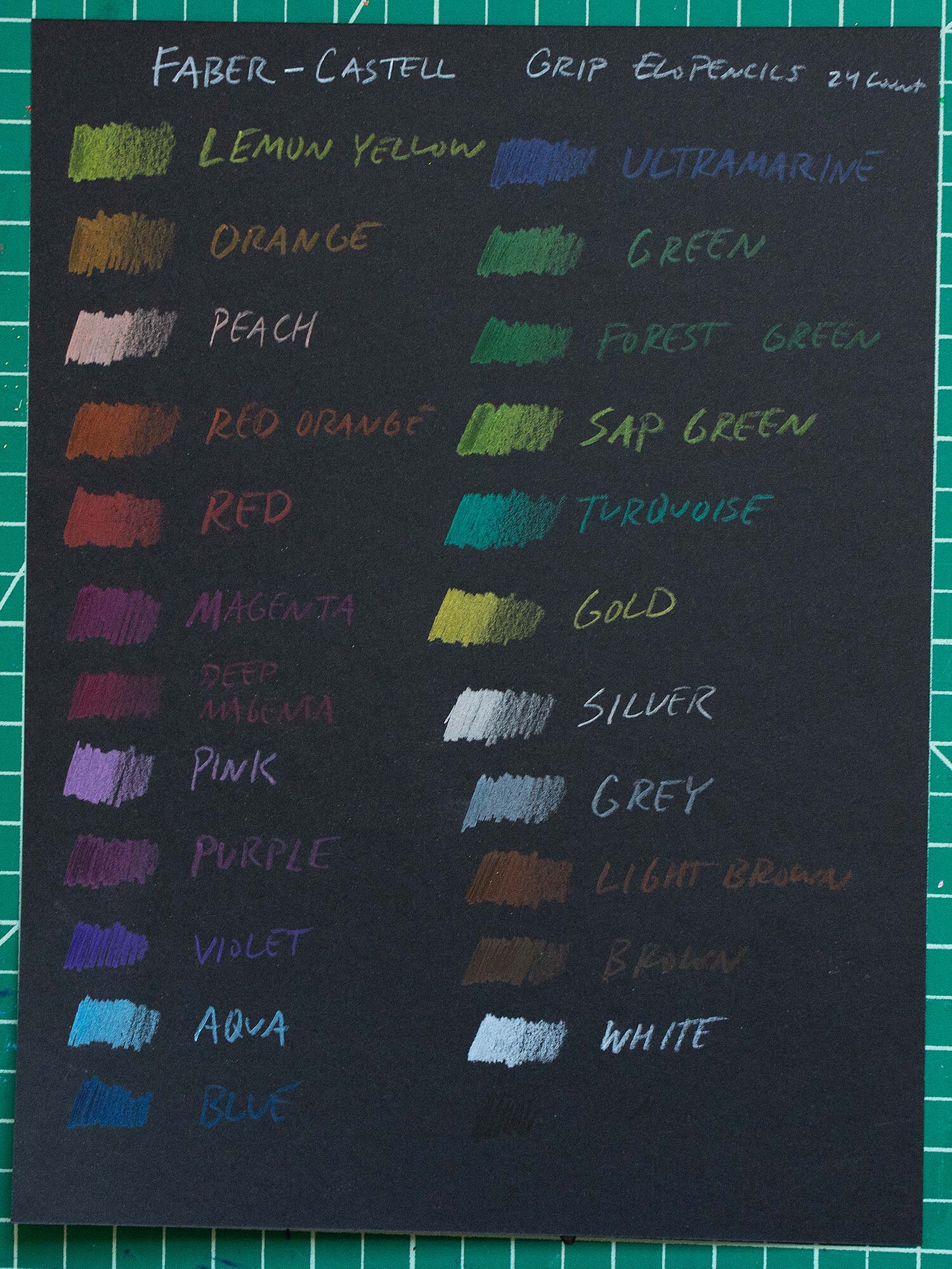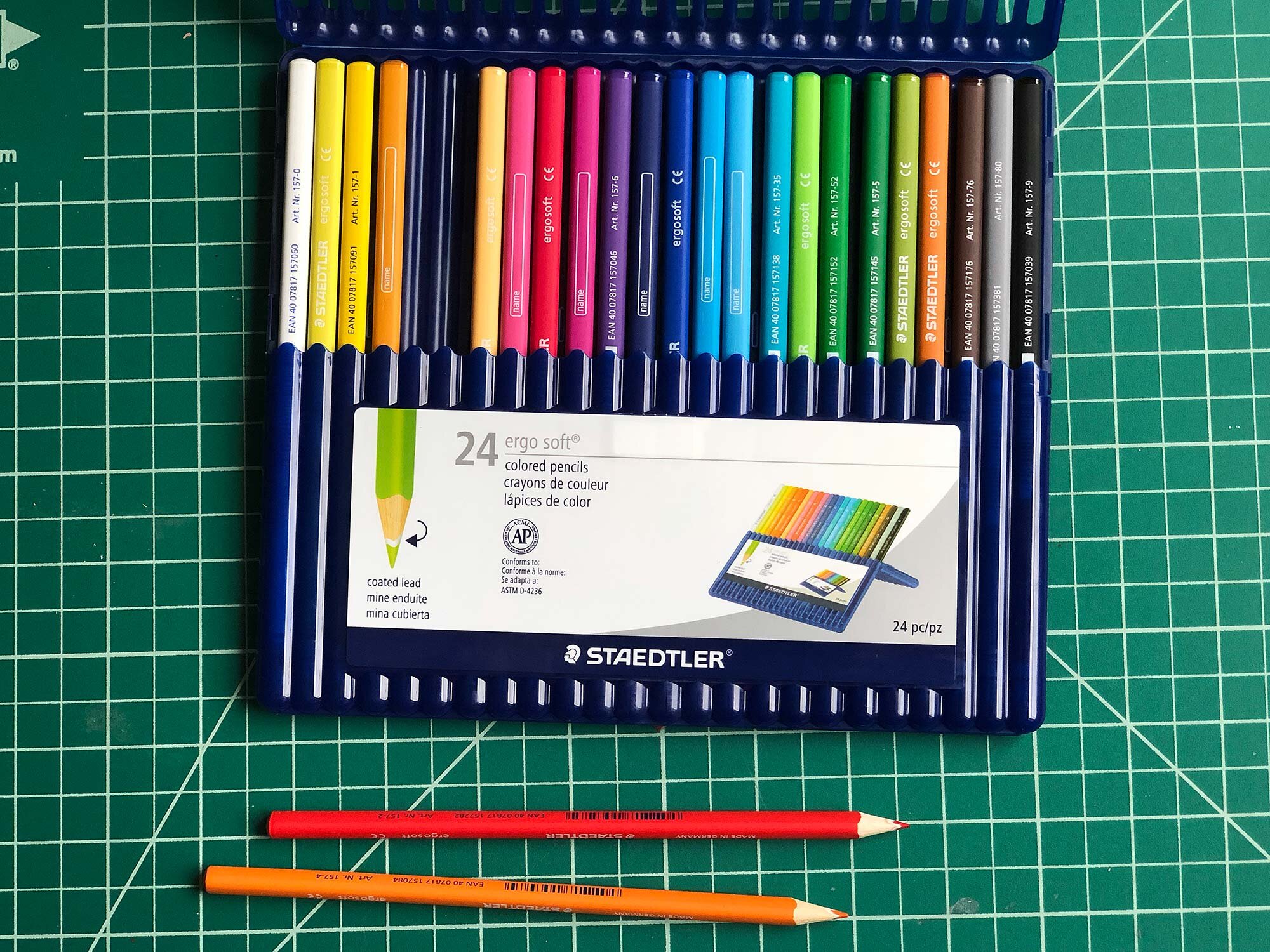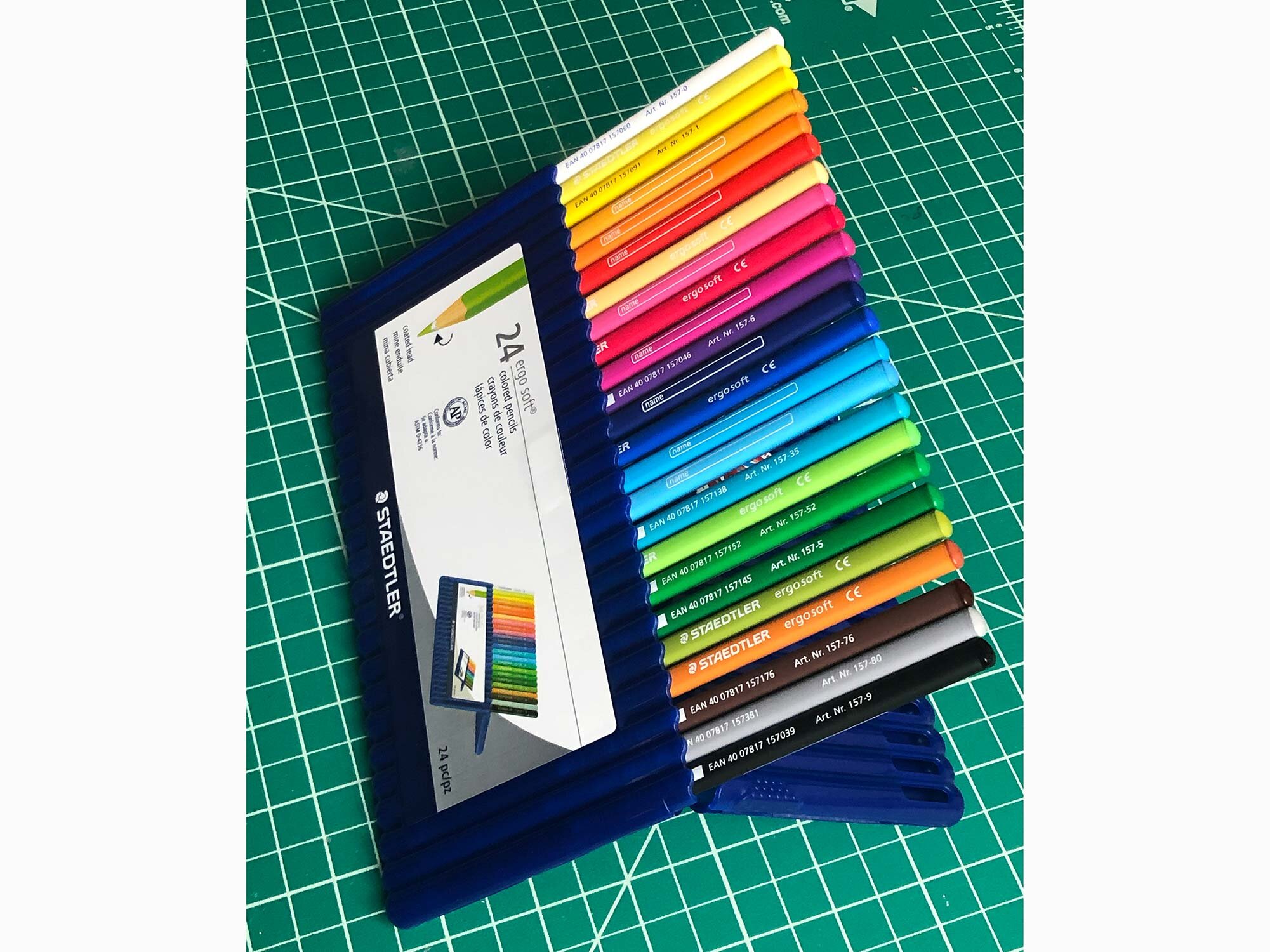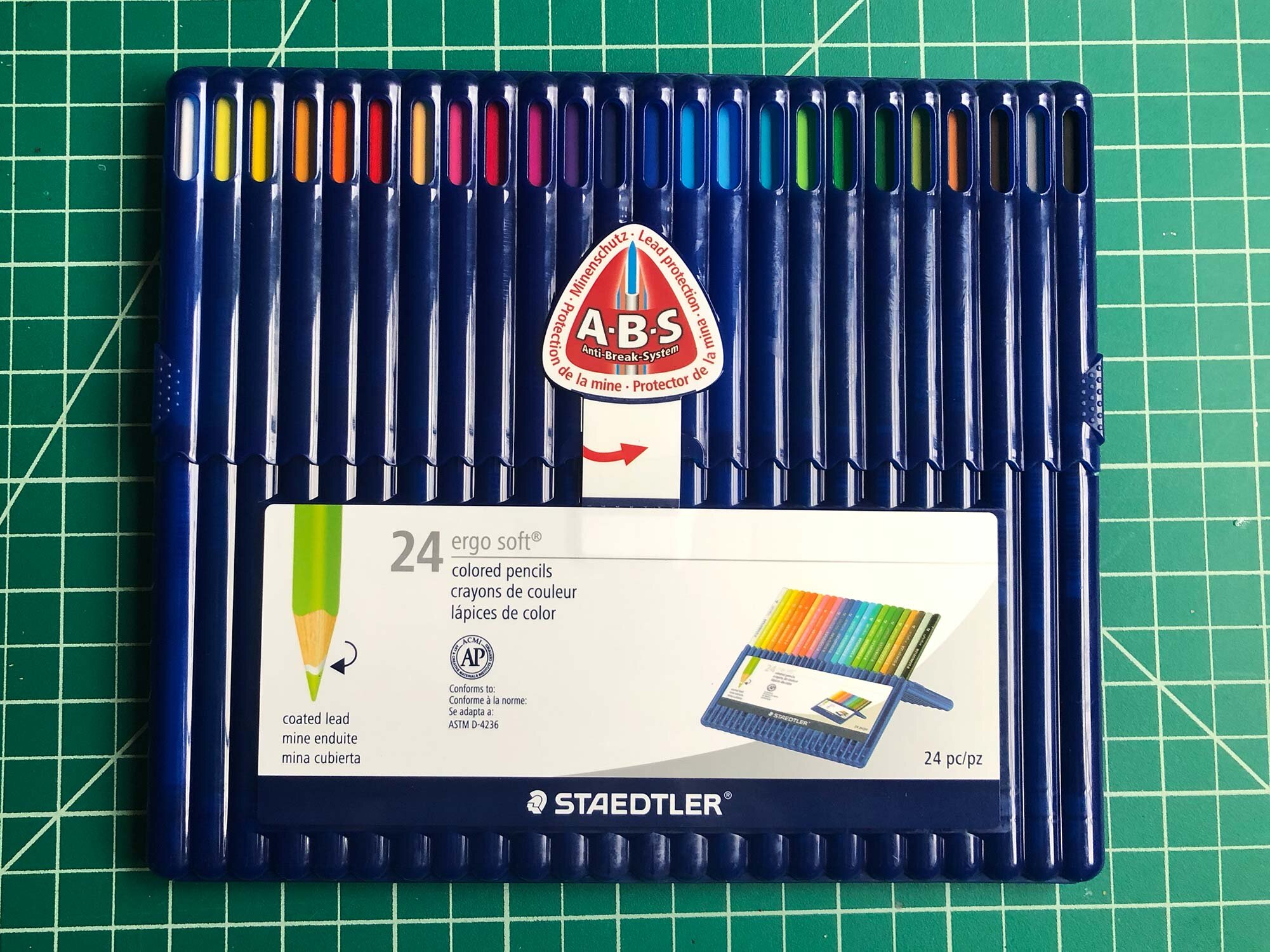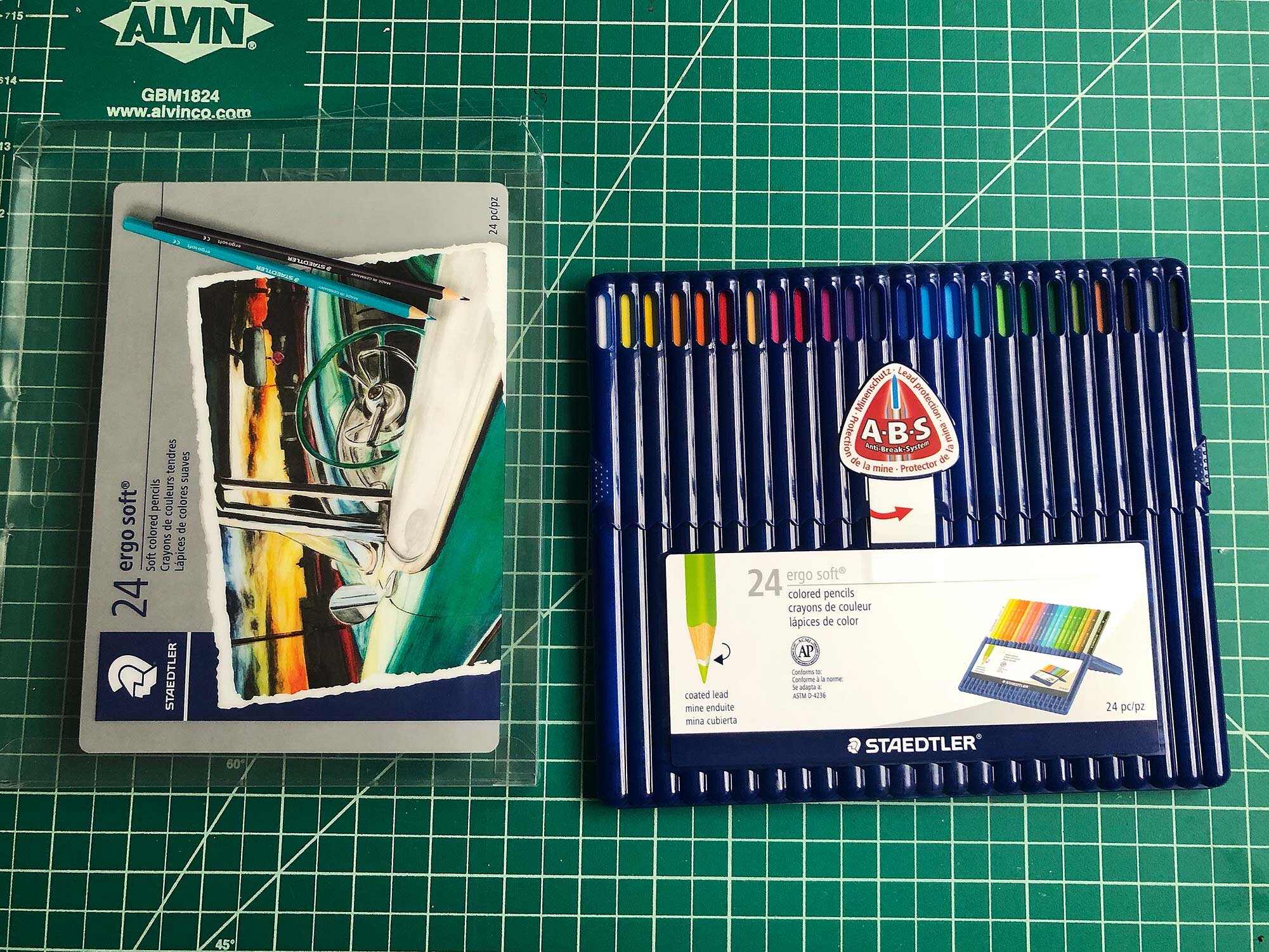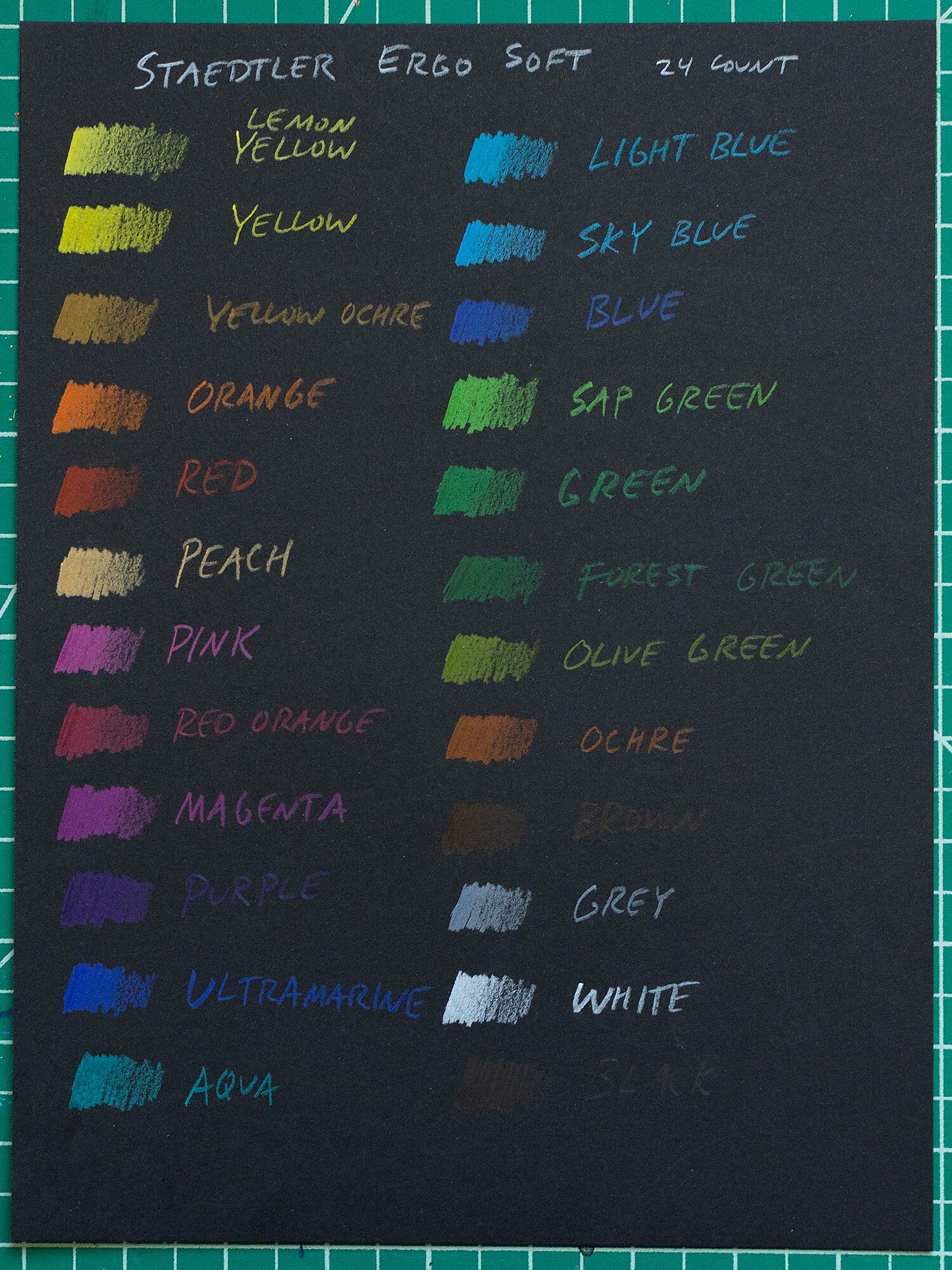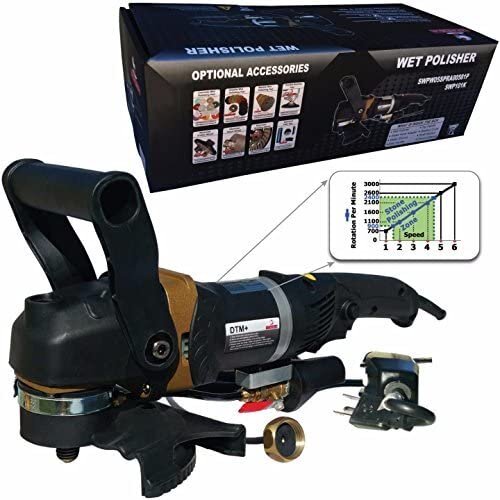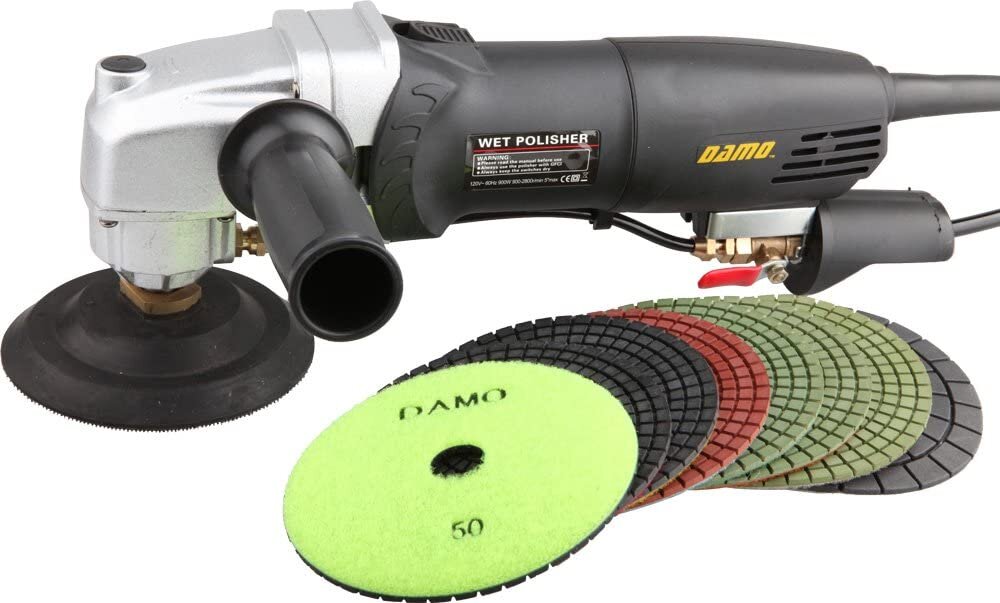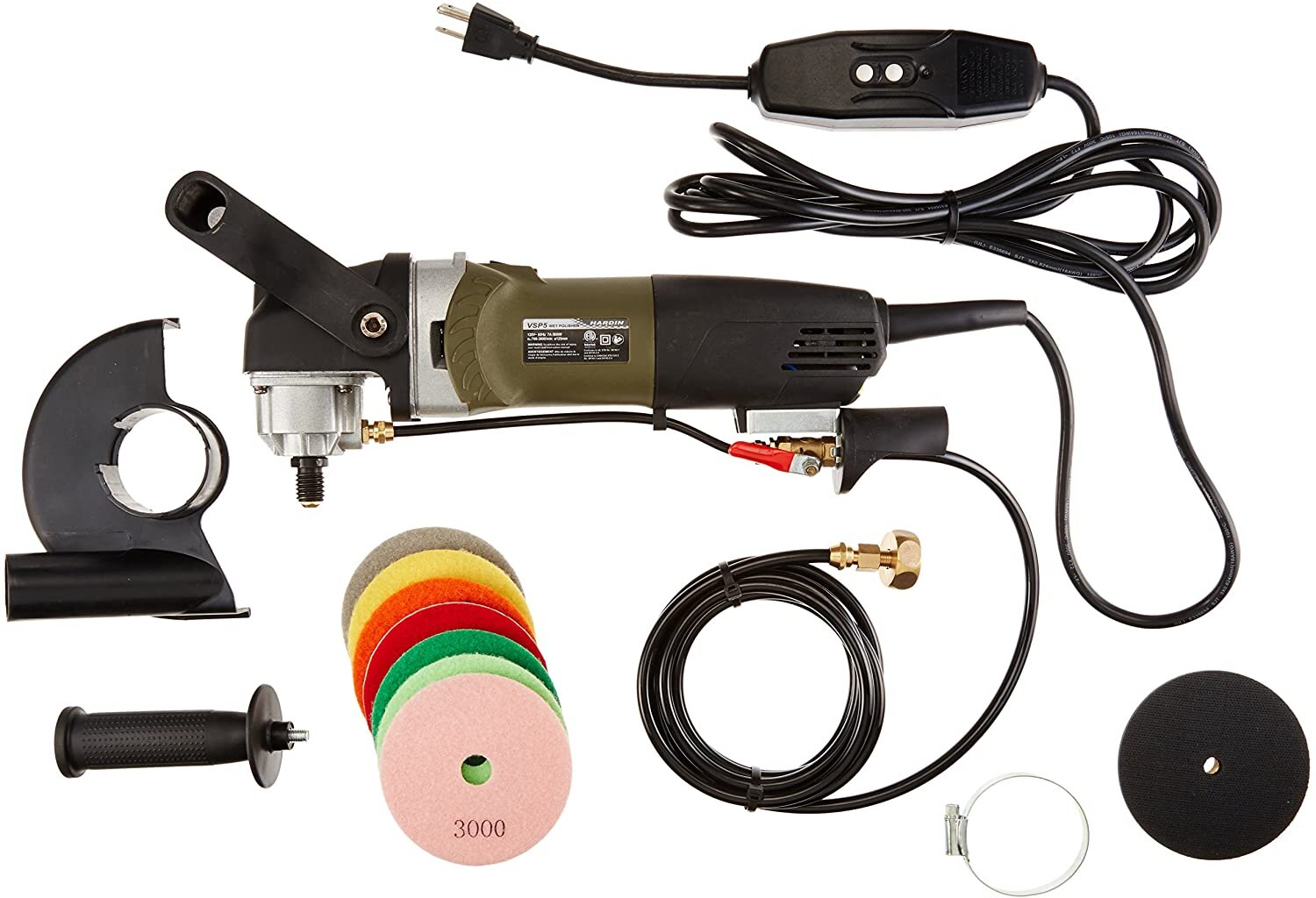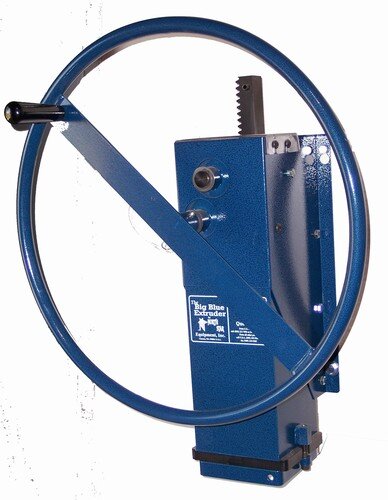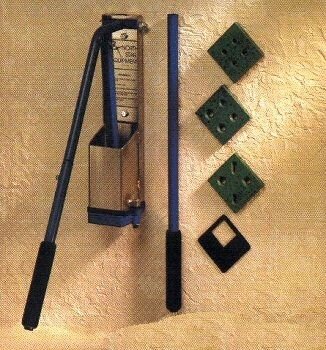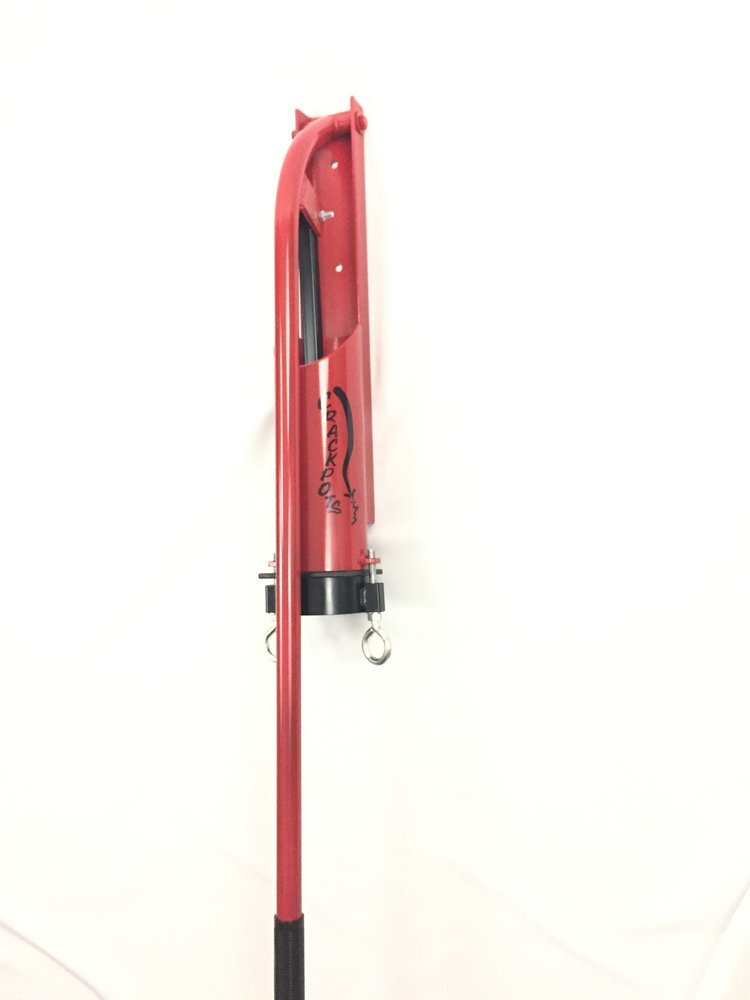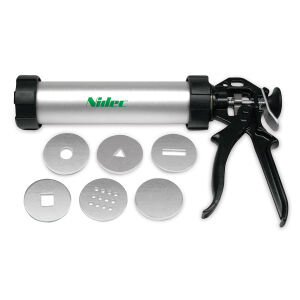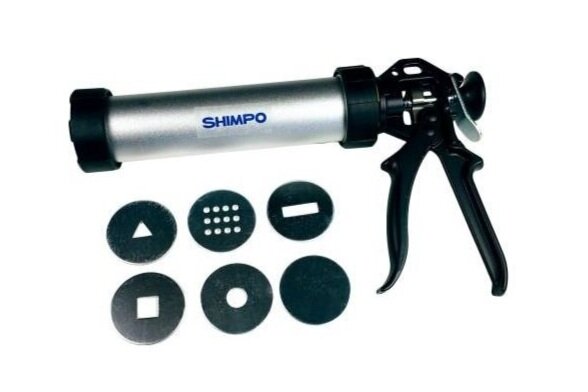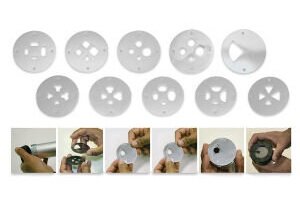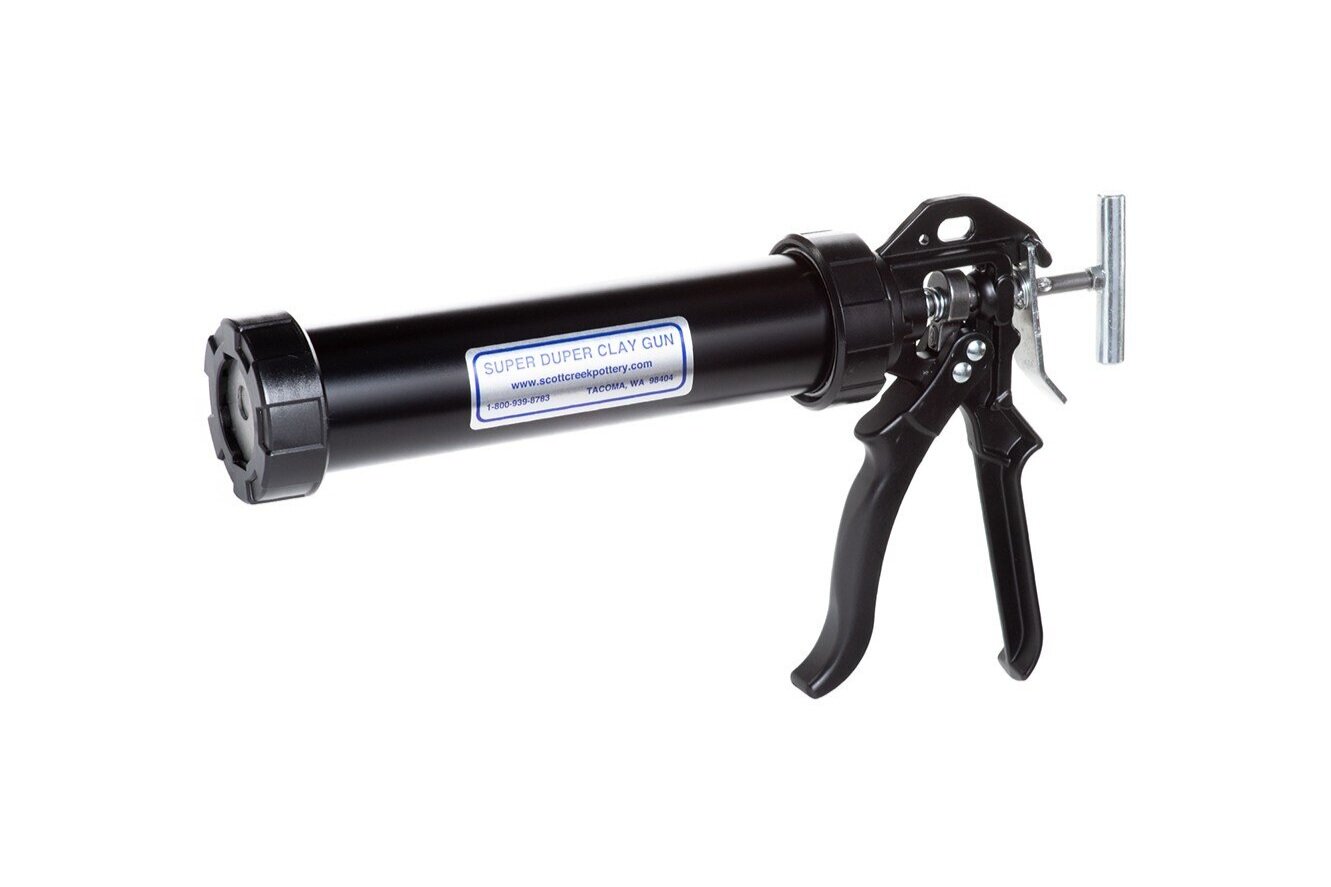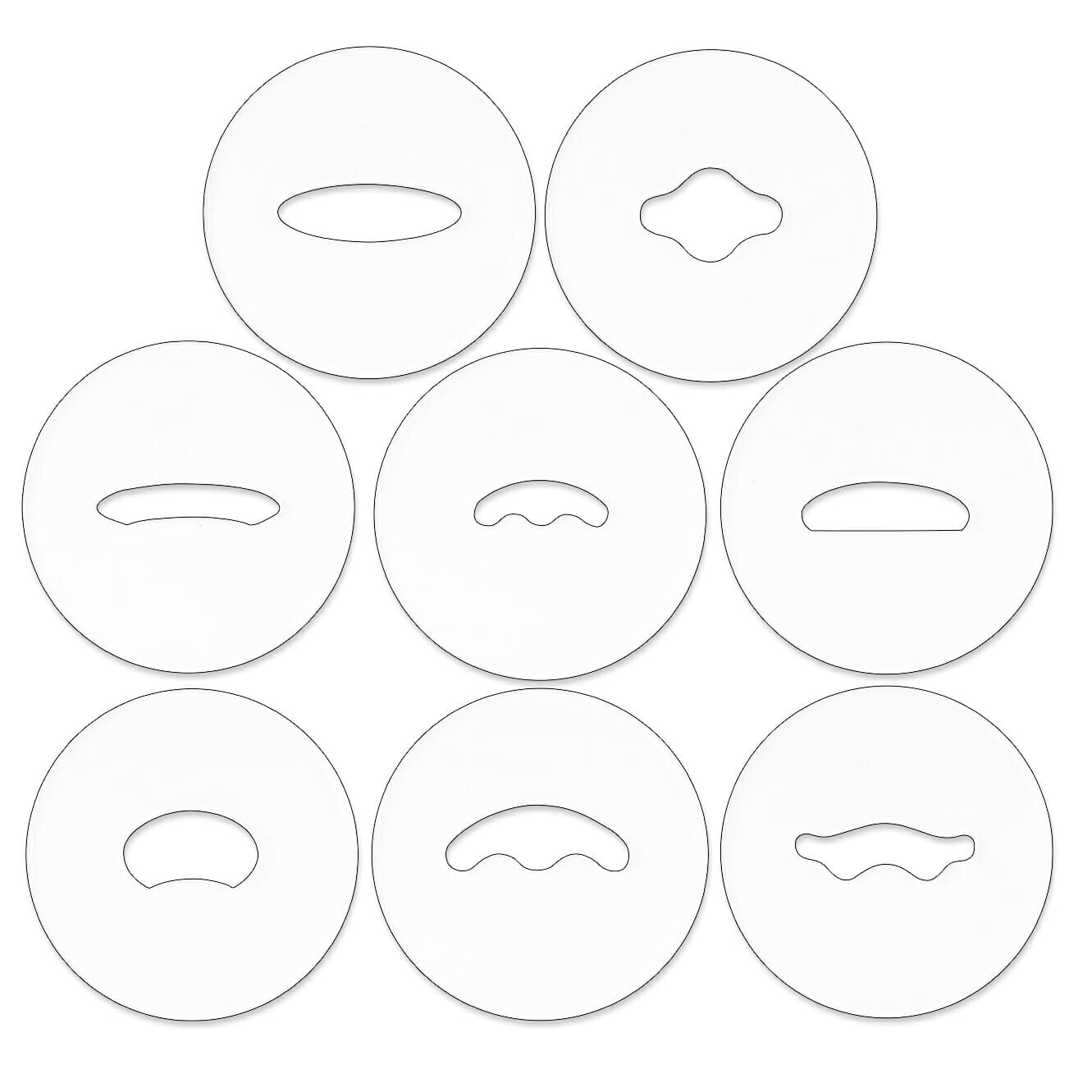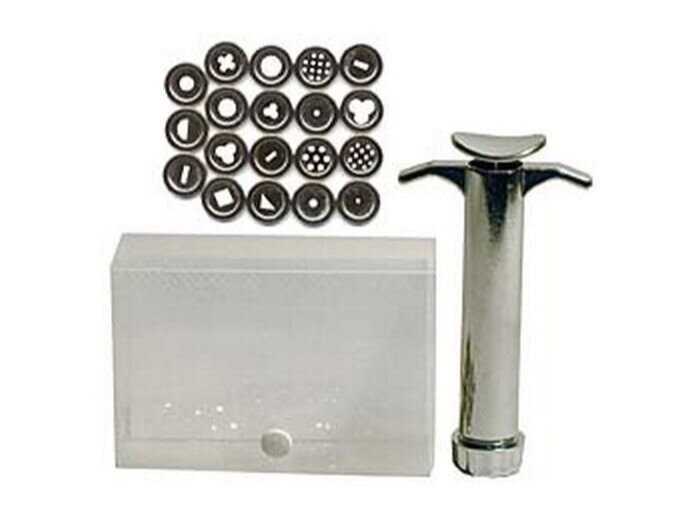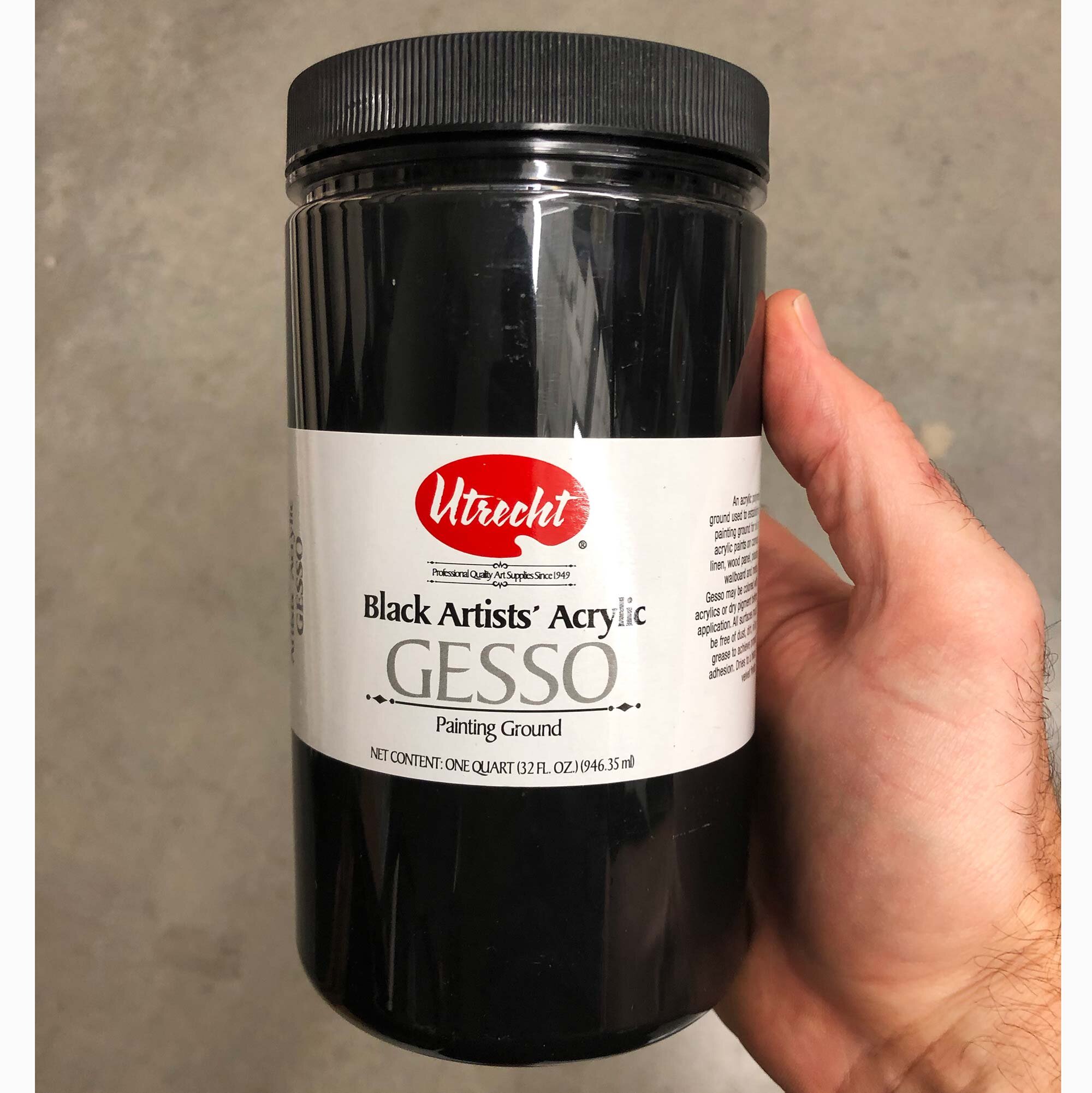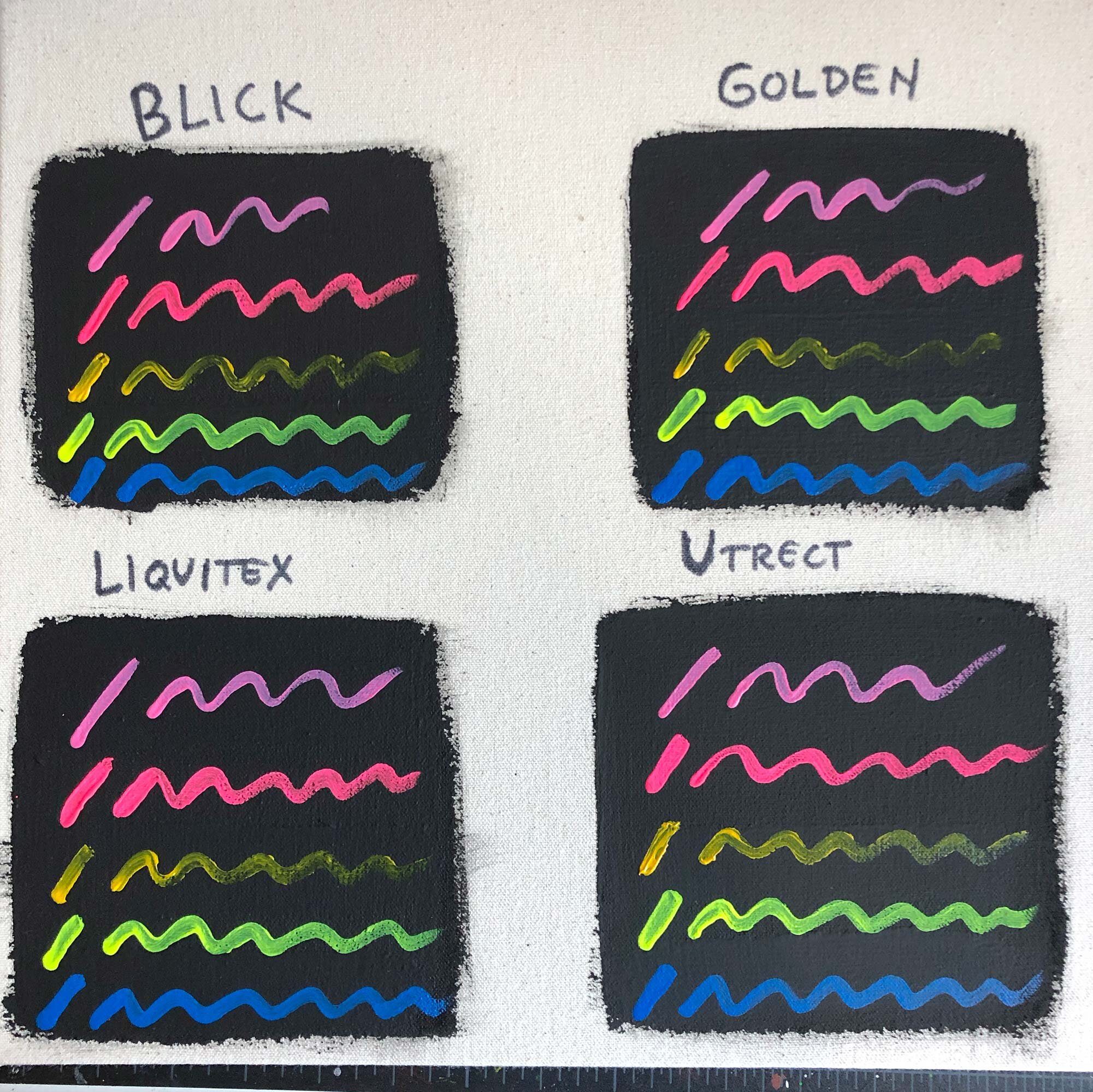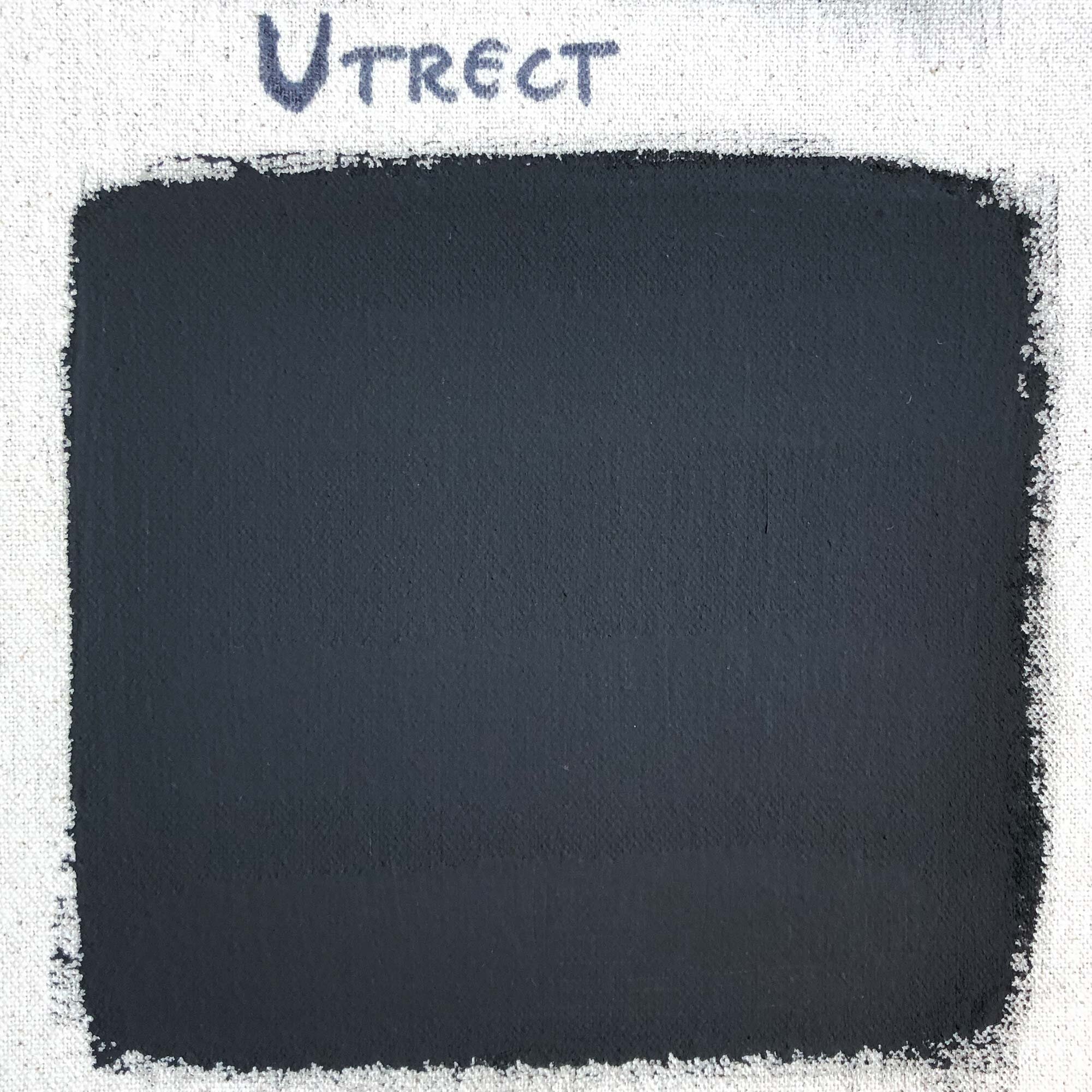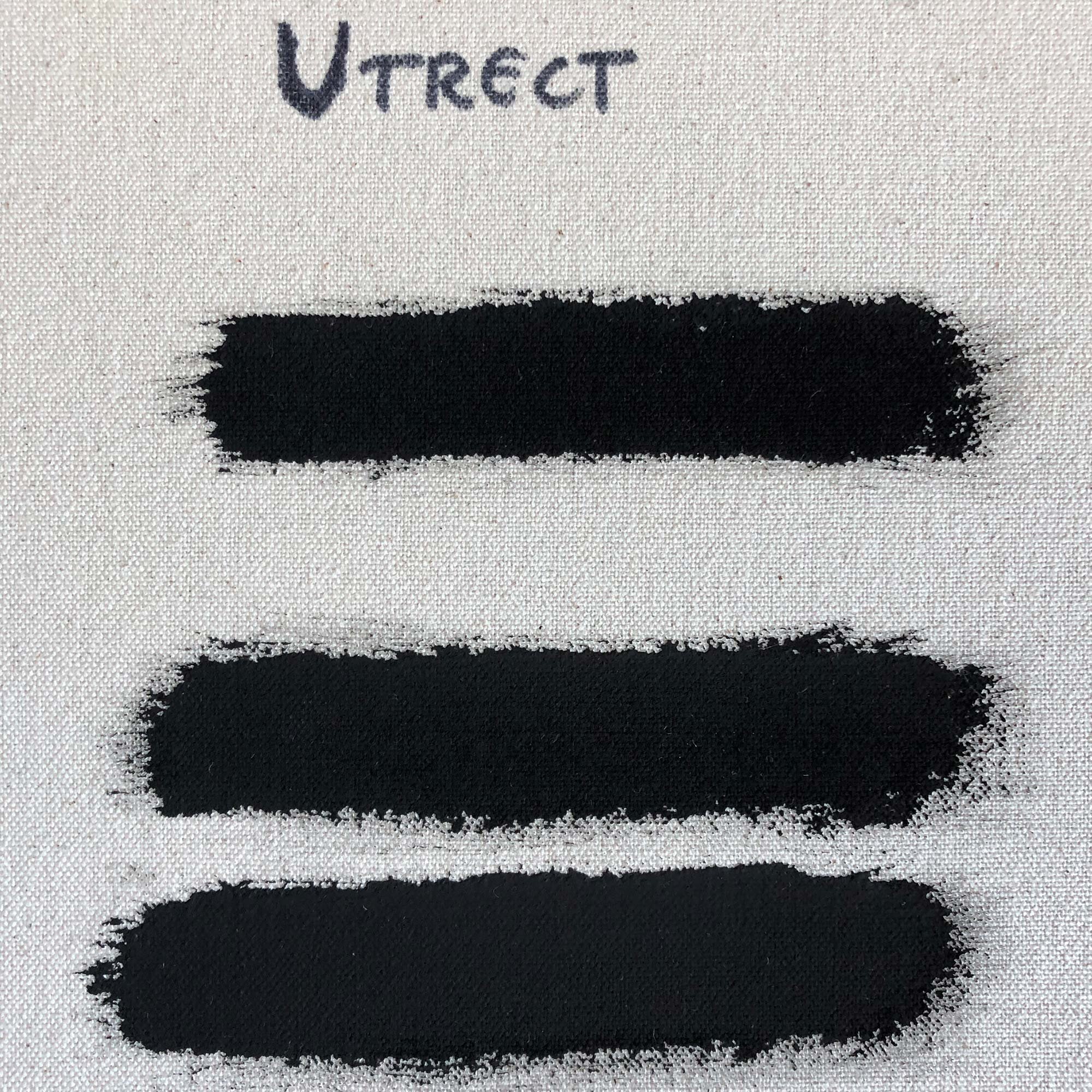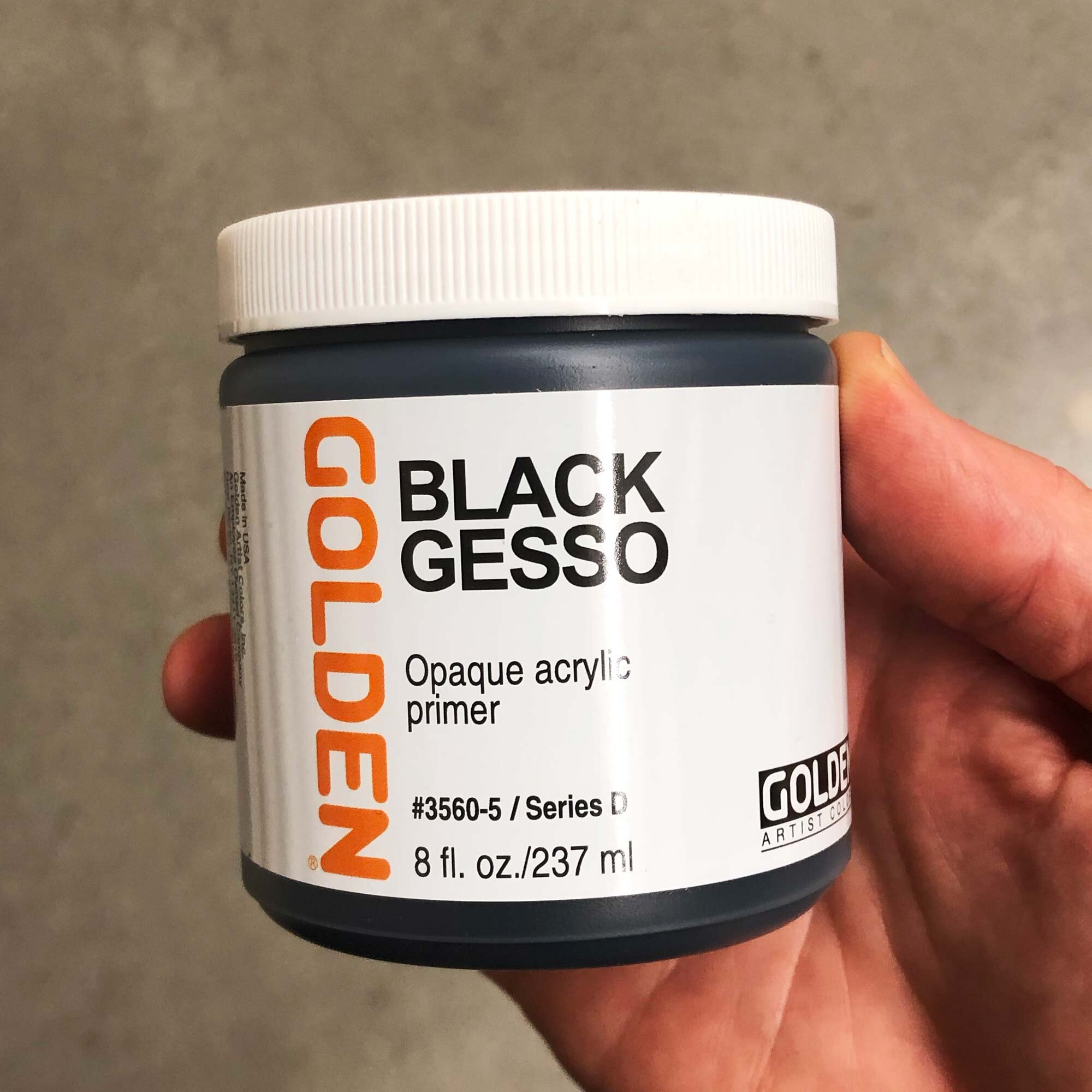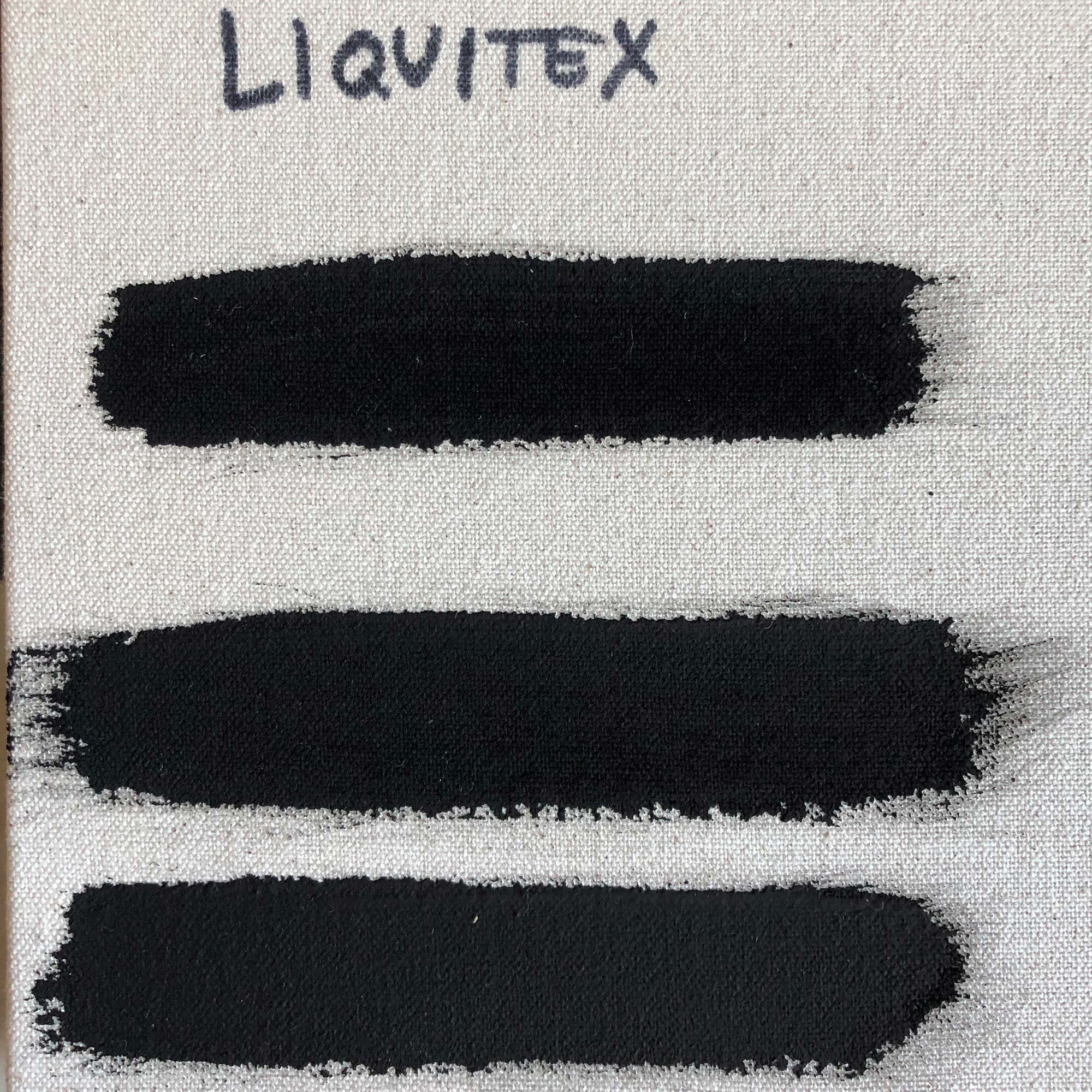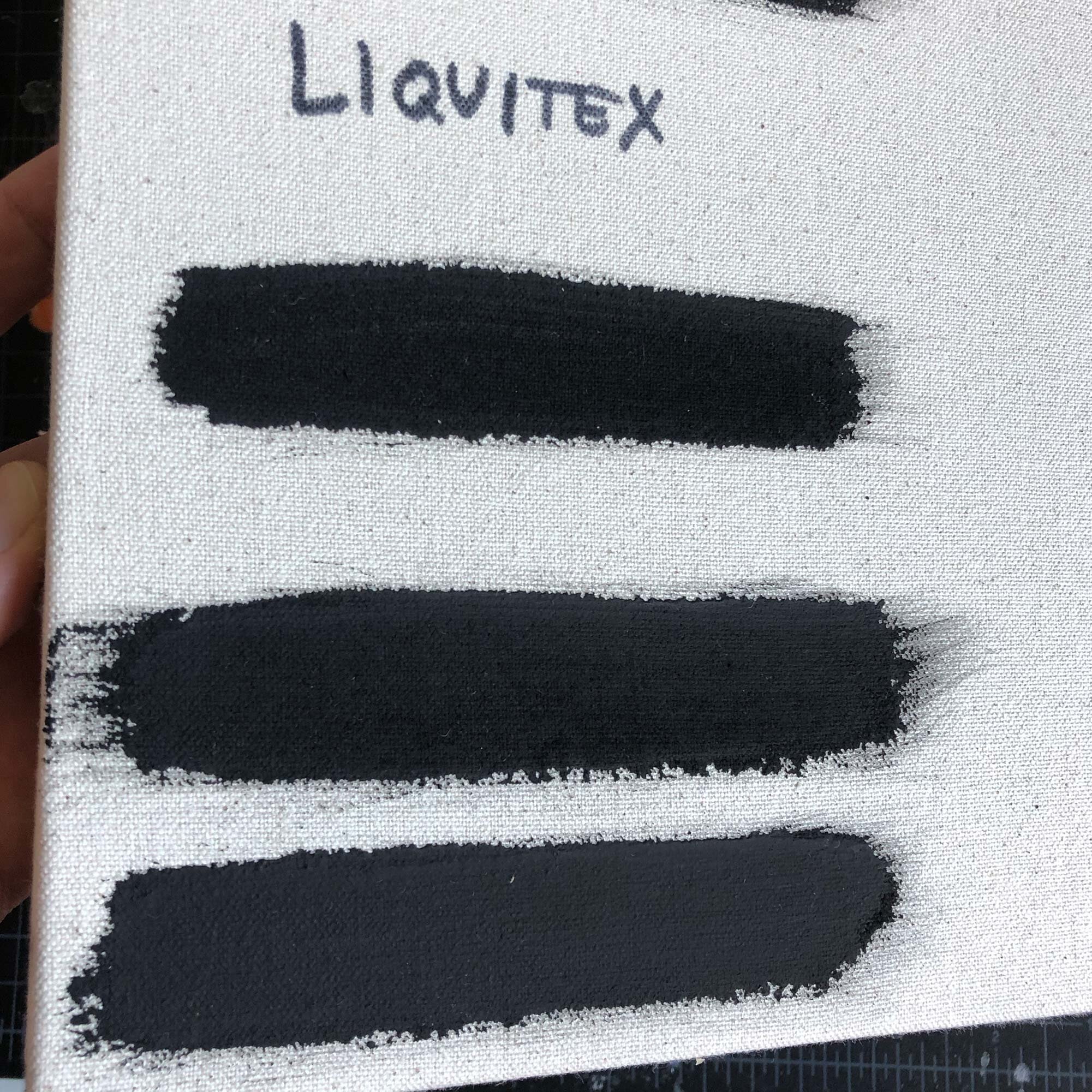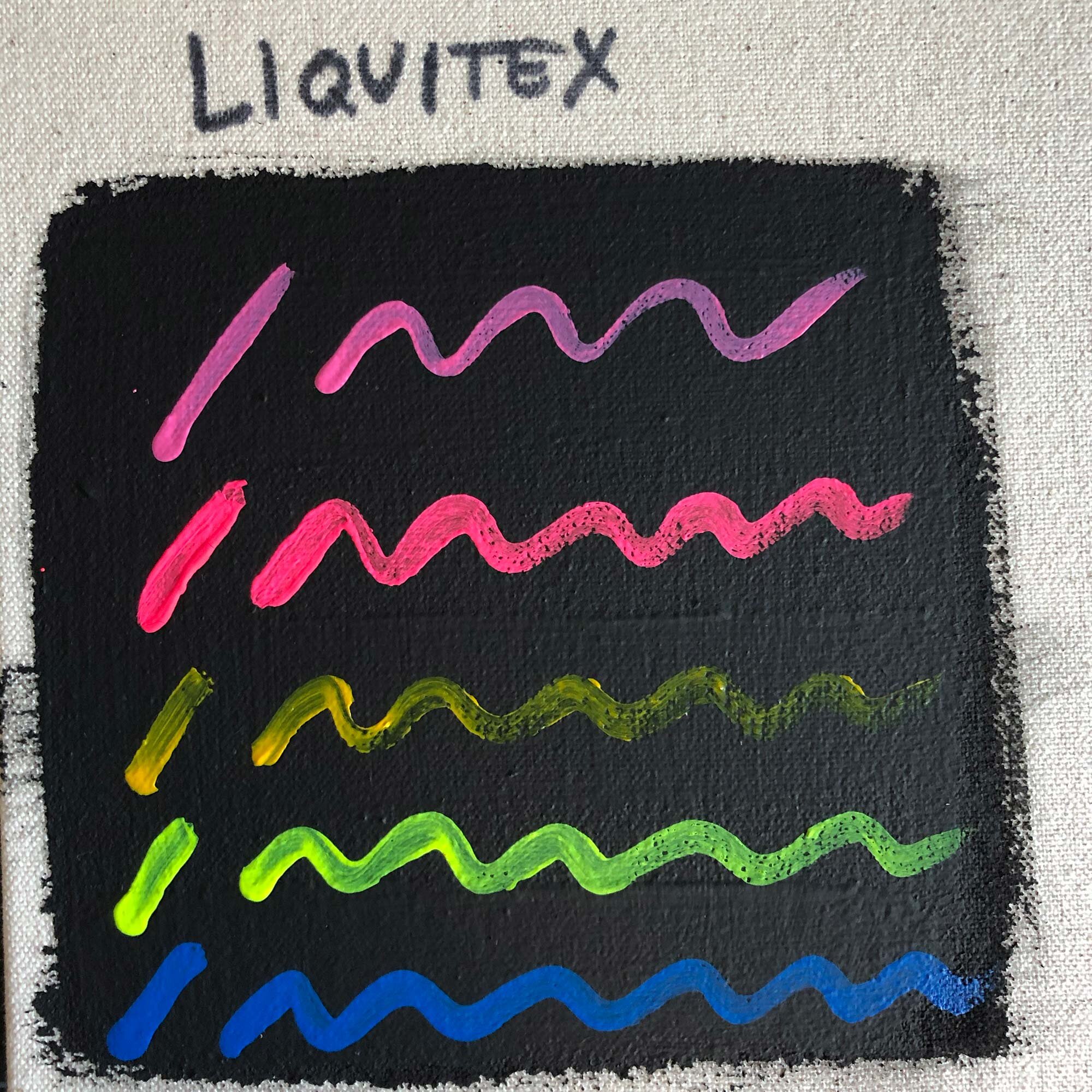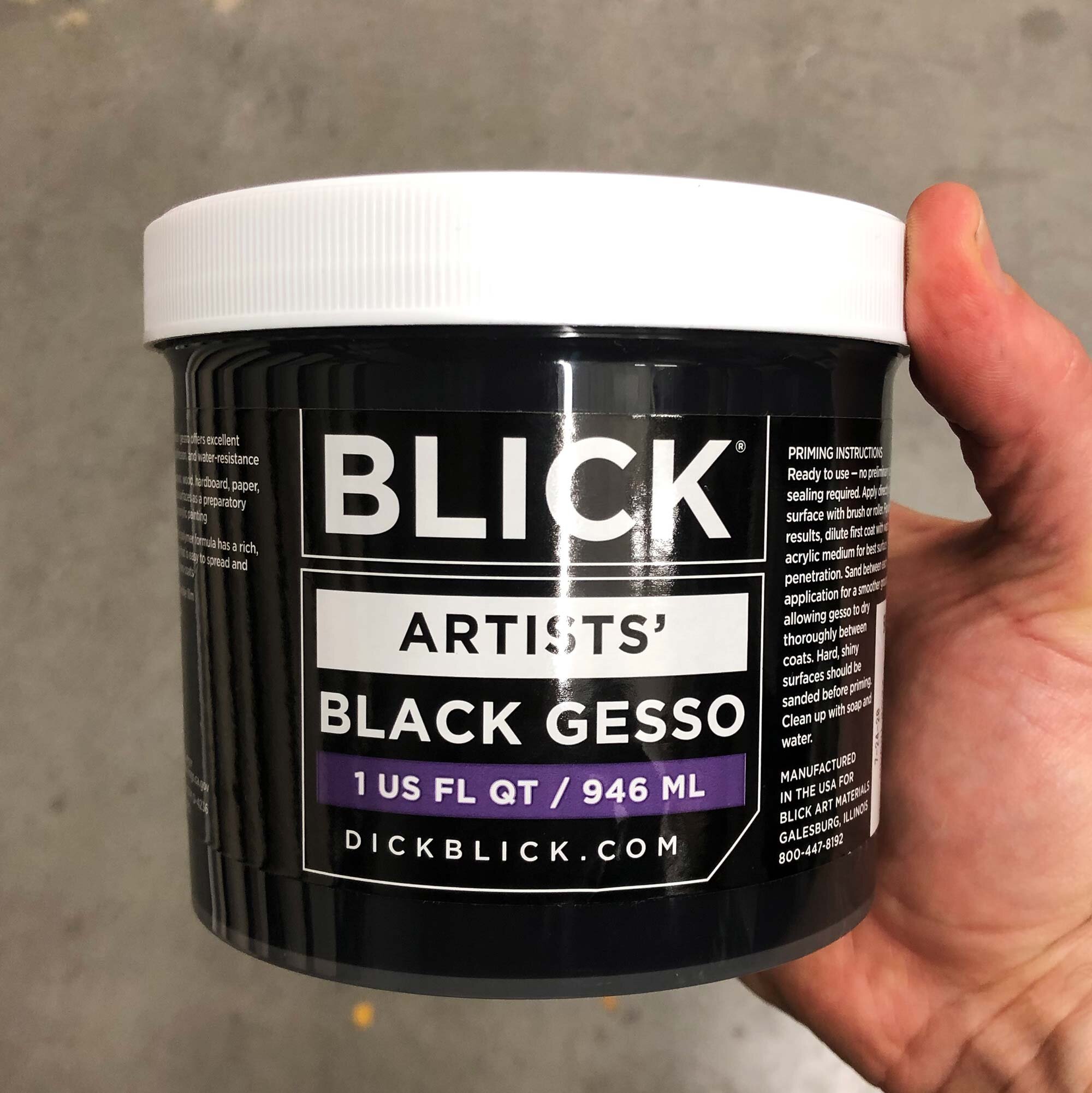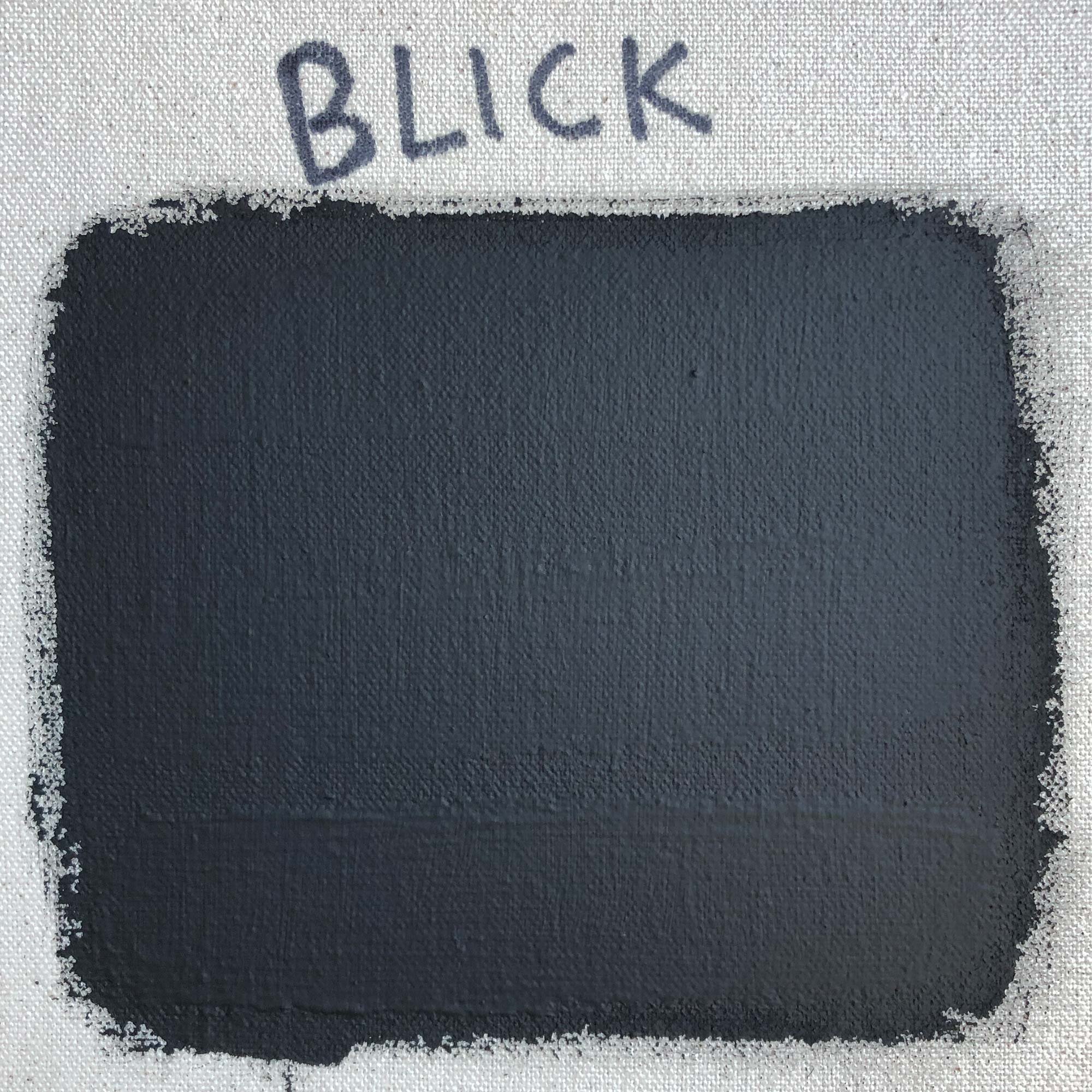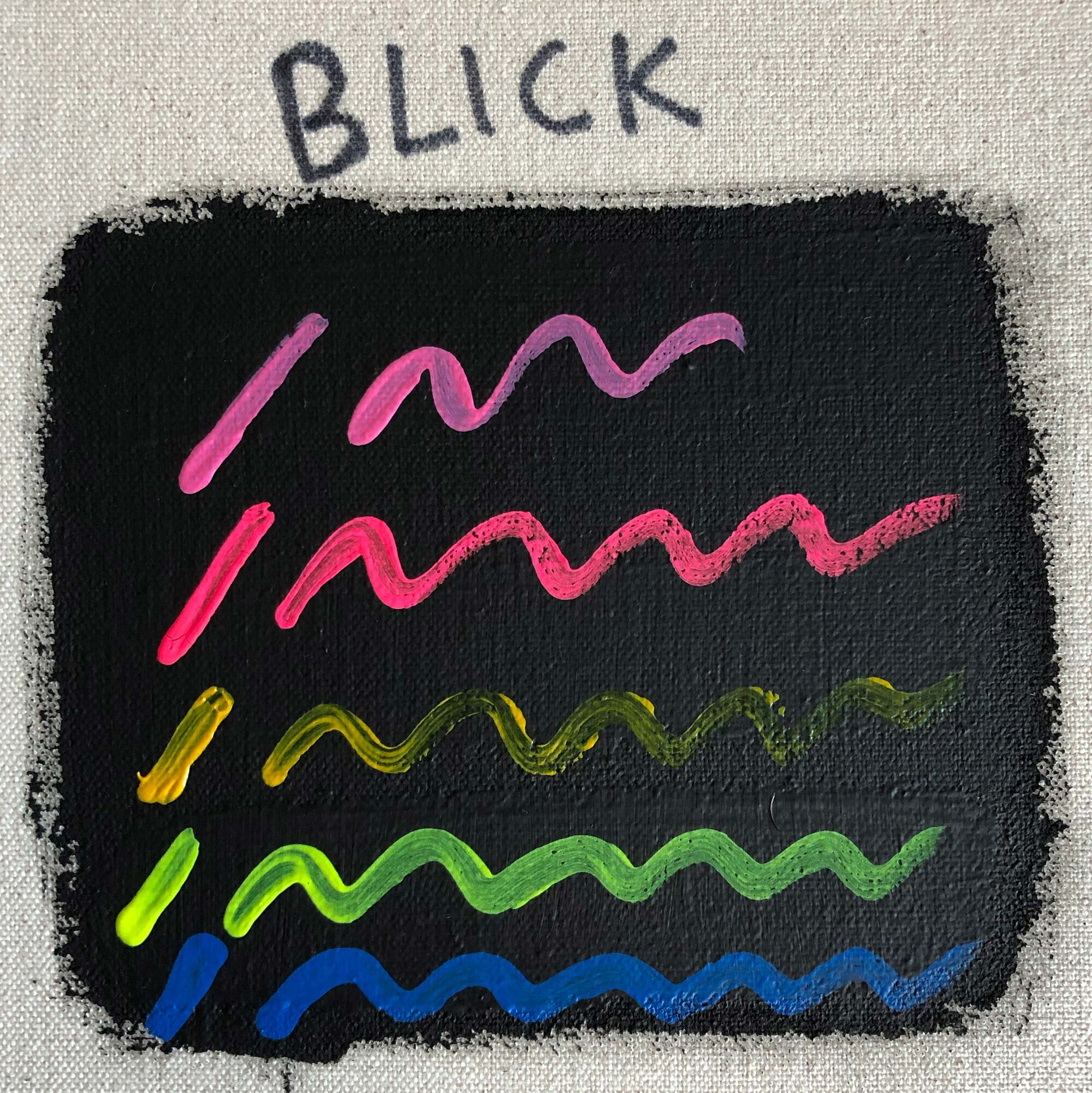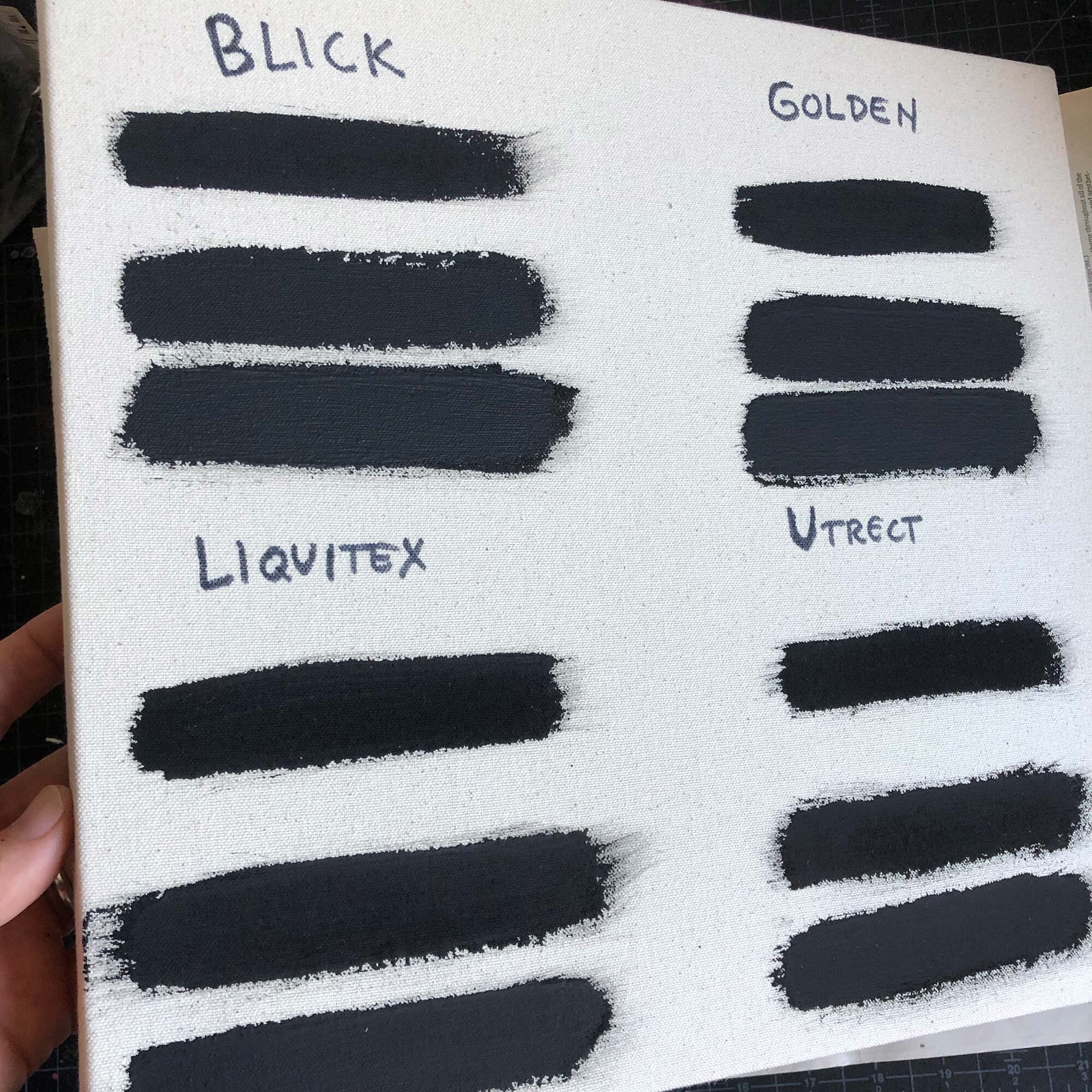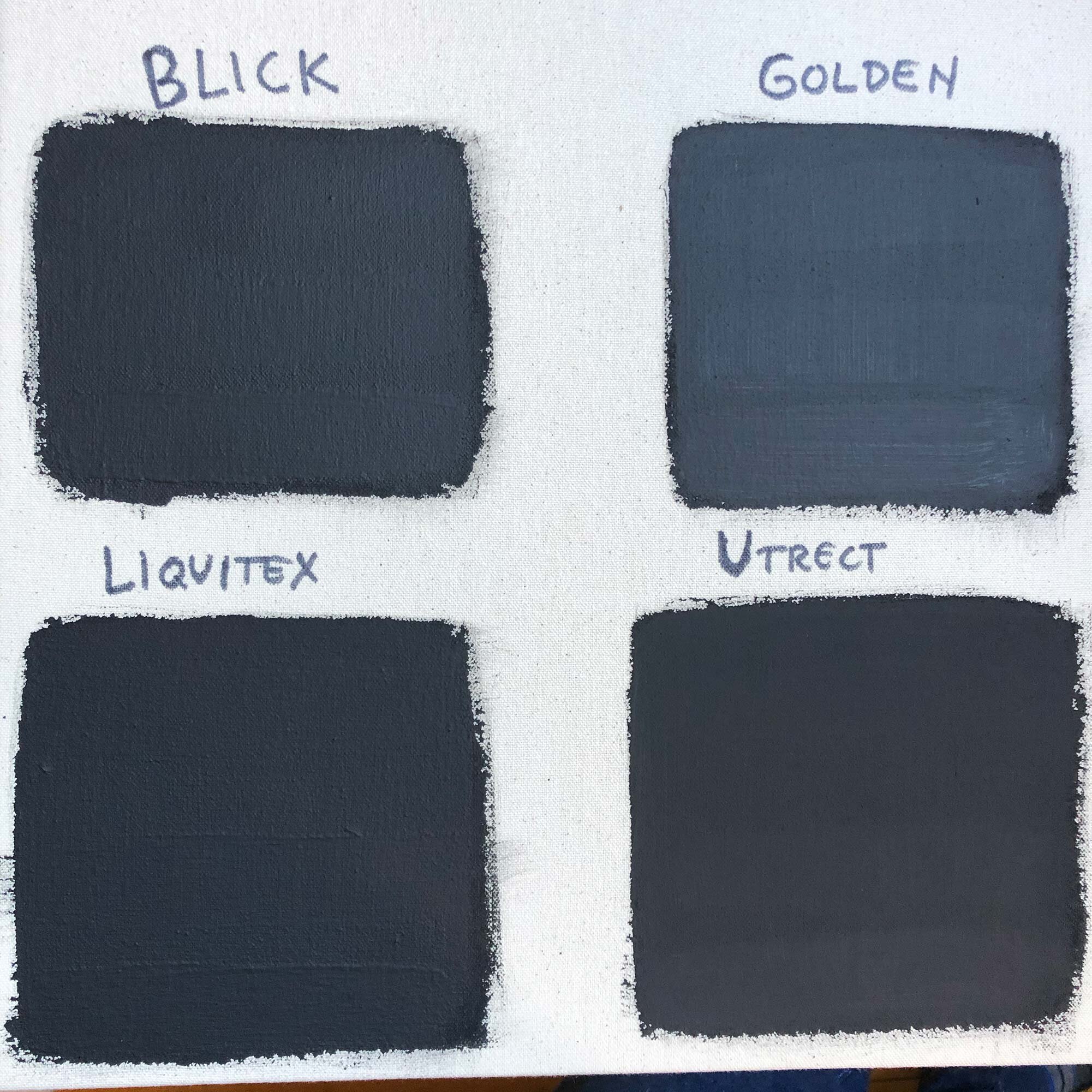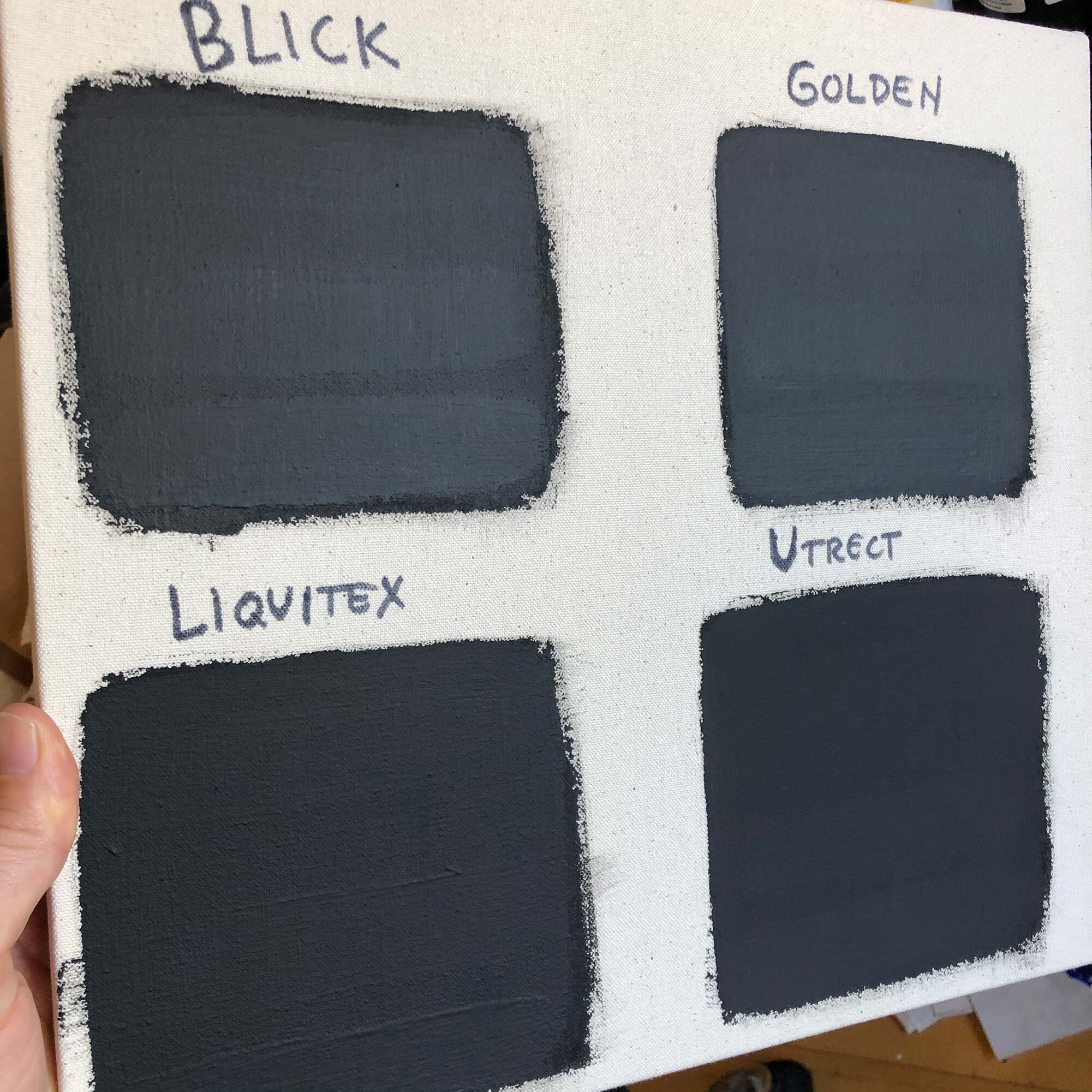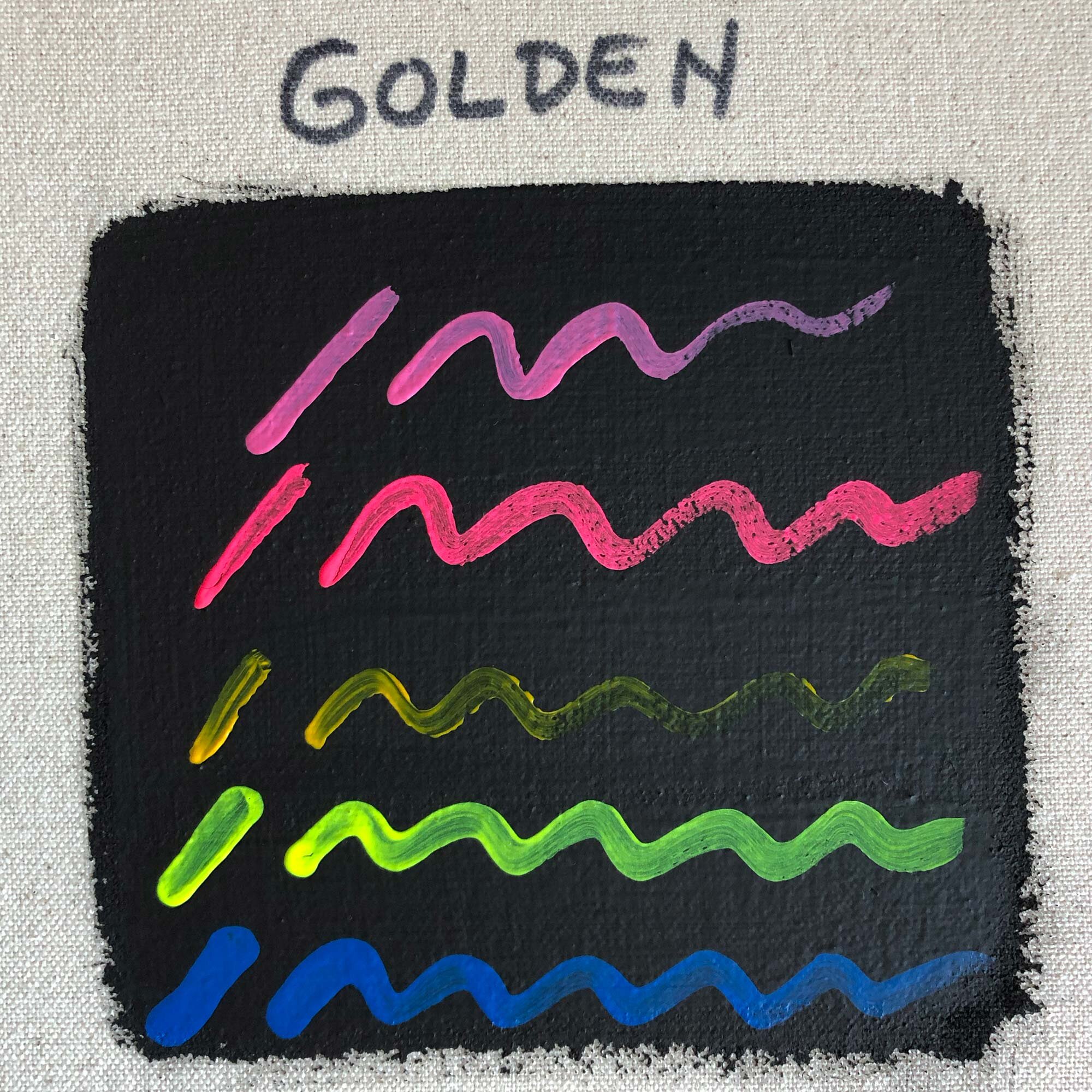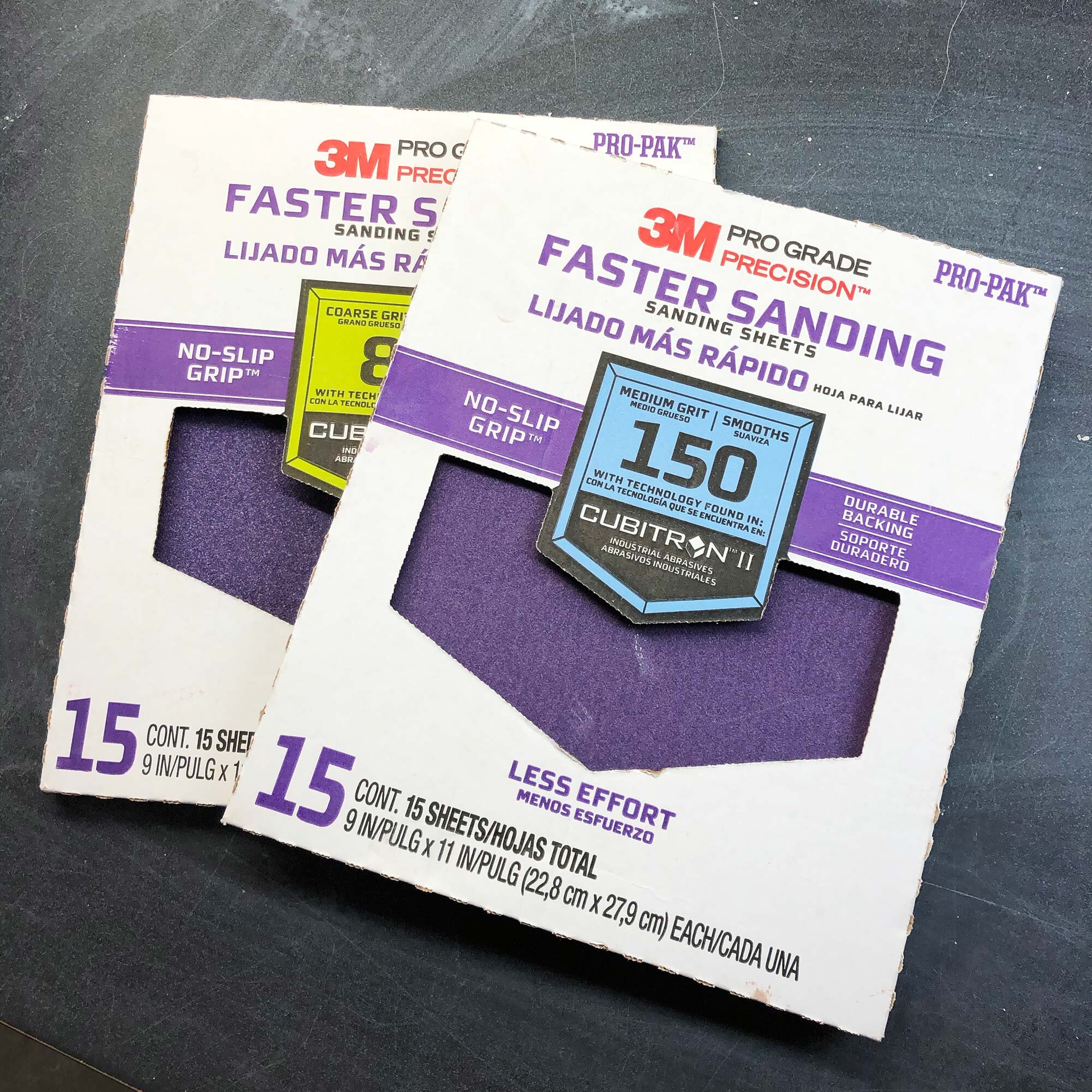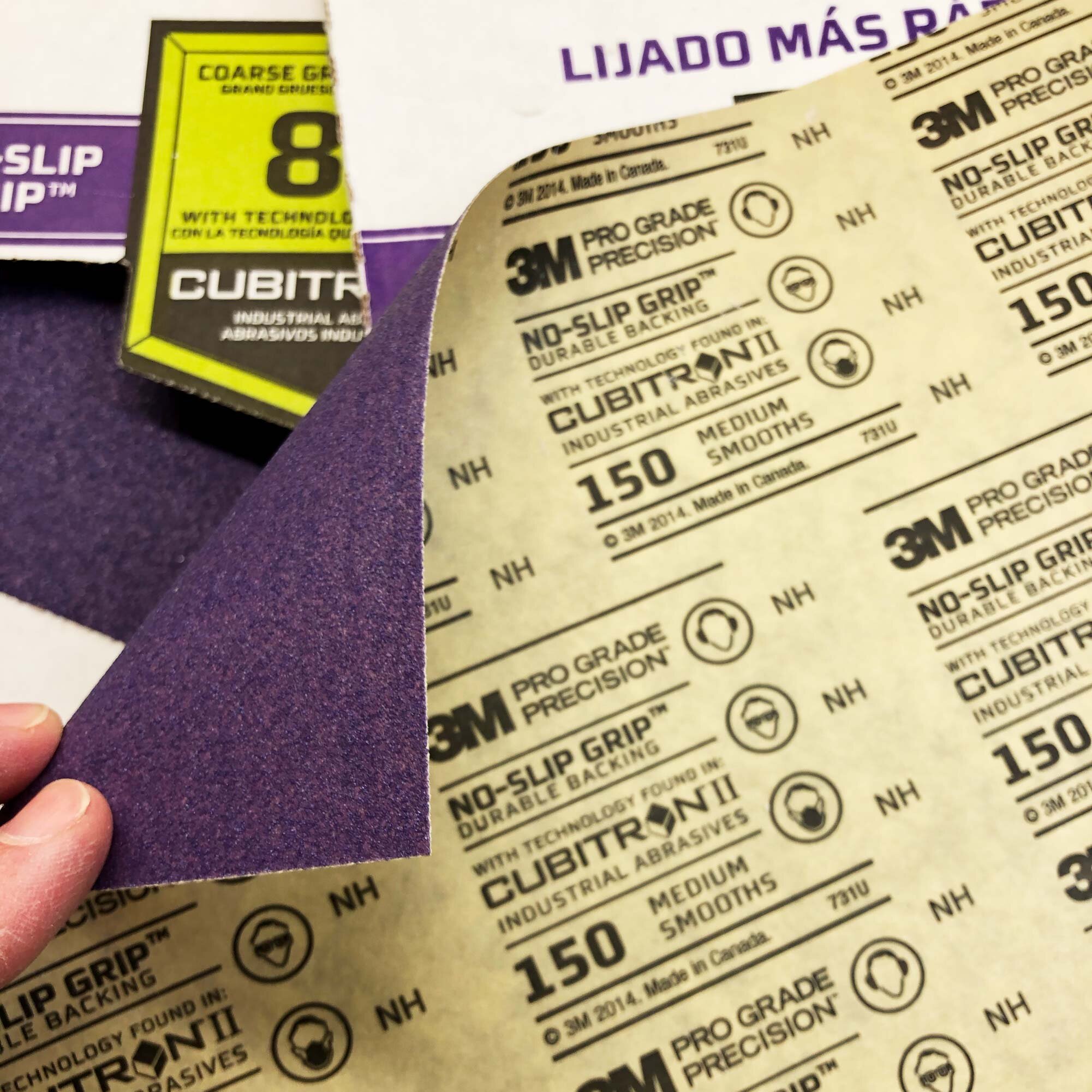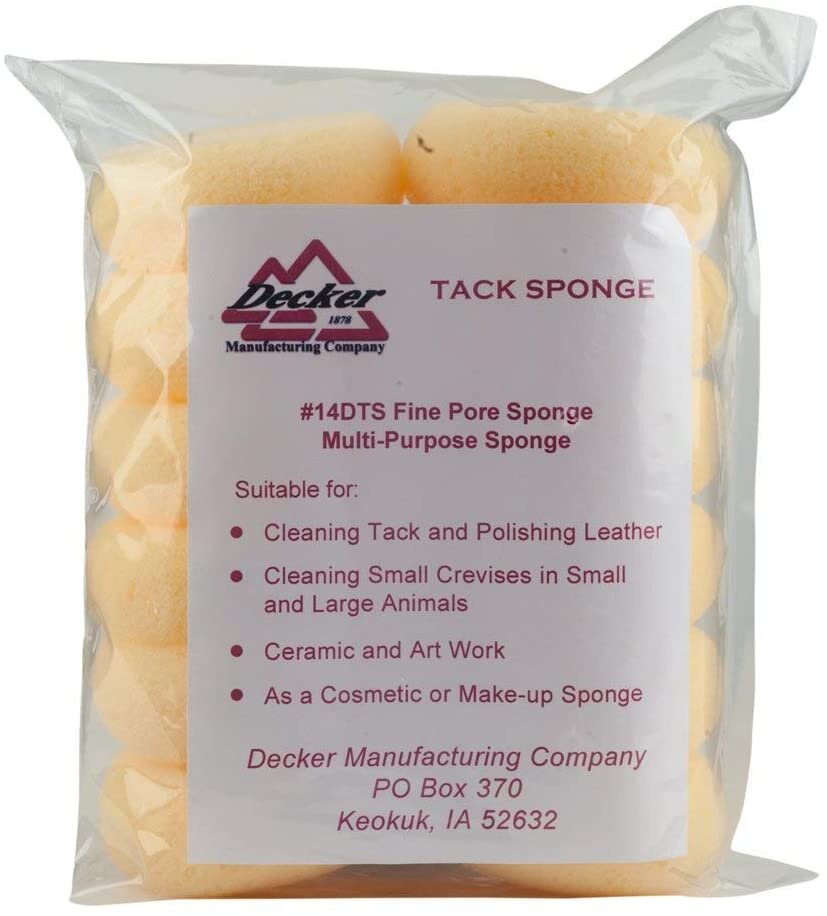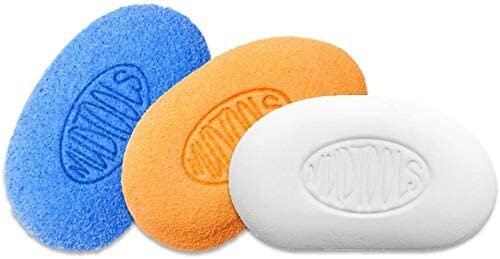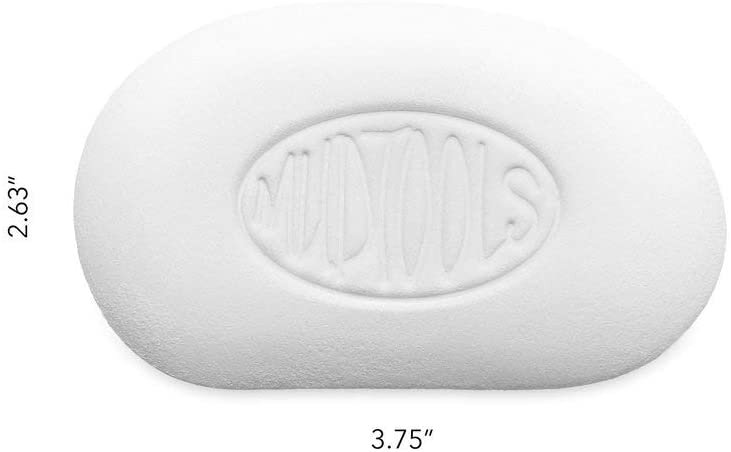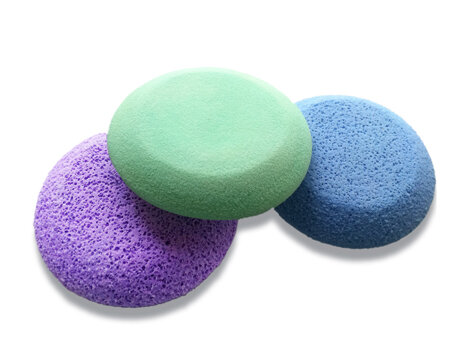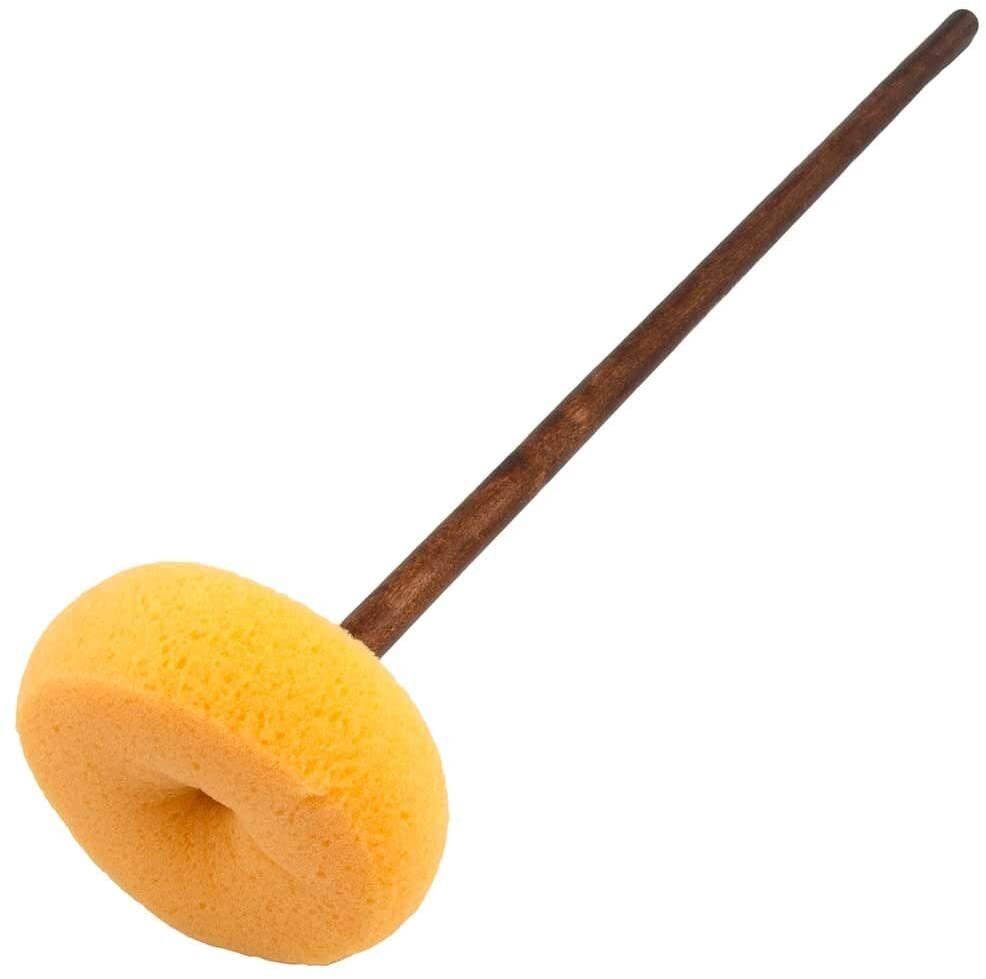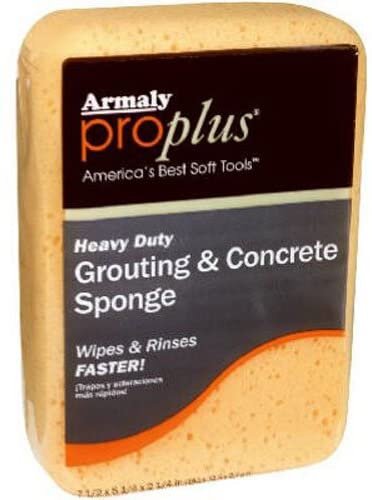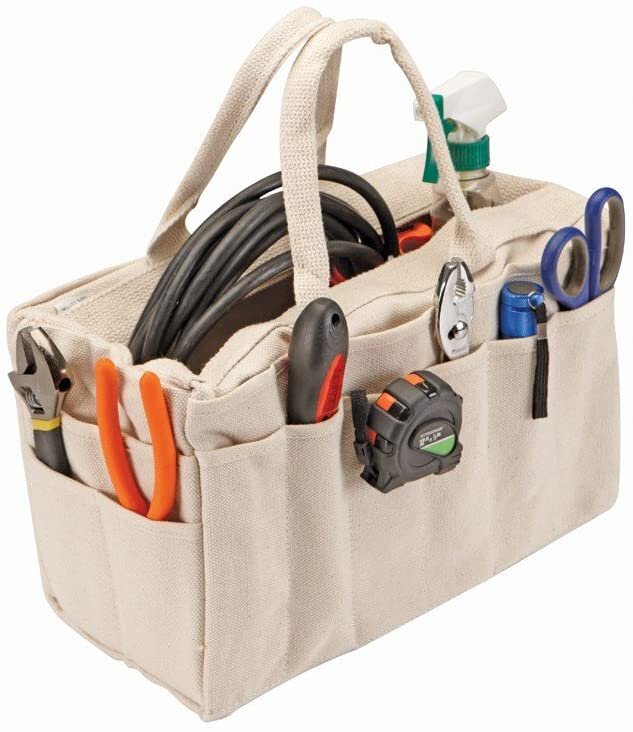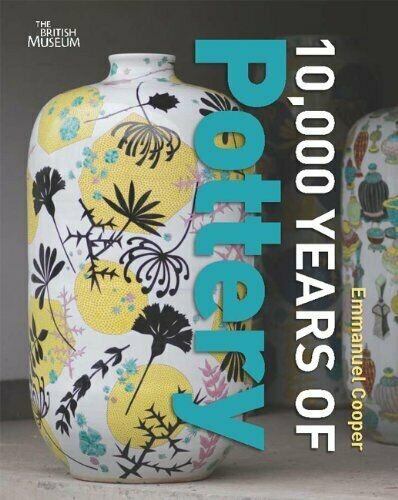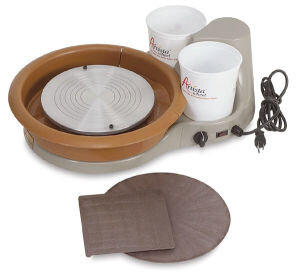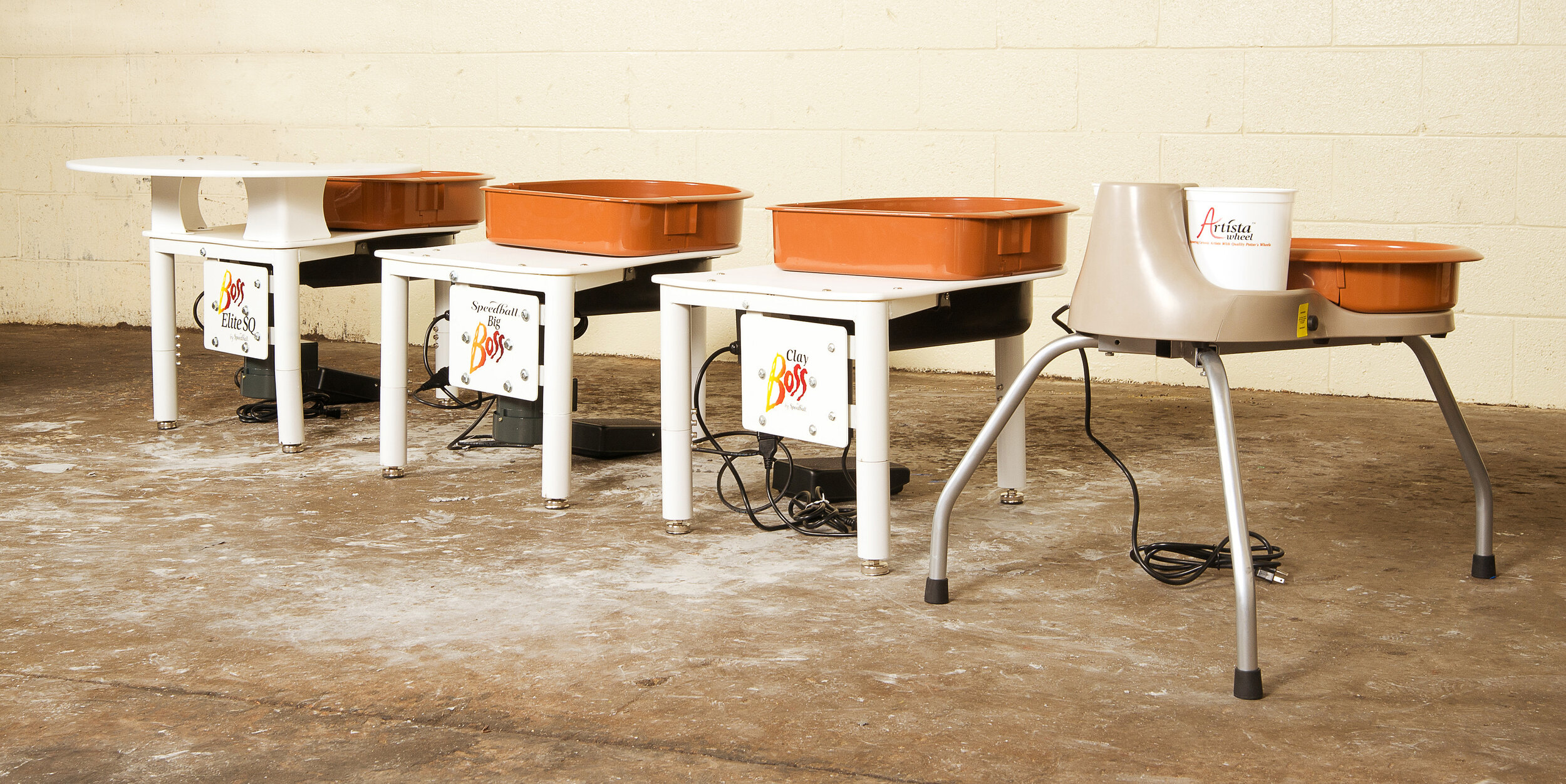This page is out of date. Please visit the 2025 Nidec-Shimpo Pottery Wheels Buyers Guide.
The VL-Whisper, the flagship wheel in the Nidec-Shimpo line and one of the best wheels on the market today.
This page is out of date. Please visit the updated 2025 Nidec-Shimpo Pottery Wheels Buyers Guide.
Note: Updated pricing and info as of October 2023
Shimpo makes four different wheels ranging from the tabletop Aspire to the ultra-quiet VL-Whisper. The wheels are beloved, especially the classic RK style, and the four wheels do a great job of covering the prices and features that will work for any potter. The company also makes a variety of attachments and add-ons that make these wheels some of the most popular with professionals and production potters.
This post will cover all the models, features, and accessories in the Shimpo product line. For other manufacturers, check out our 2023-24 Pottery Wheel Buyer’s Guide and our Pottery Wheel Comparison Chart.
Top Pick: VL-Whisper
The VL-Whisper is our top pick in the Shimpo product line, and it’s also the top pick in our Pottery Wheel Buyer’s Guide. It has an innovative, magnet-driven wheel that doesn’t make any sound while still supplying great power, torque, and control. It can switch easily between forward or reverse. The adjustable legs can also be removed or lowered, and the plastic box covering the magnets and controls will sit flat on a tabletop, allowing you to easily convert this model into a powerful tabletop wheel.
This VL-Whisper has been on the market for about 10 years and has quickly become one of the most popular wheels among professionals and anyone looking for a quiet wheel.
Keep scrolling for a complete overview of Shimpo pottery wheels.
Table of Contents
Overview of Shimpo Wheels
Aspire Tabletop Wheel
VL-Lite
RK-Whisper
VL-Whisper
Shimpo Pottery Wheel Accessories
Notes on repairing Shimpo wheels
Summary
Overview of Shimpo Wheels
Founded in 1952 in Tokyo, Japan, Shimpo wheels are distributed worldwide. North American operations opened in Chicago, Illinois in 1974 as the Nidec-Shimpo Corporation. Increasingly, Shimpo products are branded with just the Nidec name but for this guide I will continue to use Shimpo as that is what most people call these wheels.
Shimpo also makes high quality pugmills, ball mills, slab rollers, banding wheels, and handheld extruders. There are also a variety of pottery wheel accessories (see below) that will work with the pro-level RK-Whisper or VL-Whisper. Shimpo also has a tabletop wheel and a budget model, the belt-driven VL-Lite.
Shimpo wheels have long been studio favorites for many potters. They are high quality, long lasting, easy to adjust and there is truly no other wheel quite like the little turtle-shaped RK models. With the newer offerings such as the VL-Whisper, Shimpo has opened up to a larger audience and to my eye, is about equal with Brent in terms of popularity in studios, community centers, and academic institutions.
The next sections will cover Shimpo wheels from cheapest to most expensive.
Notes on buying wheels online:
Wheels are available from a variety of vendors, and it’s good to shop around. Some stores will include shipping in the price, while other stores add shipping, which can cost $200 or more. With this in mind, it’s important to compare the total cost including shipping and delivery.
The Shimpo Aspire tabletop wheel.
Aspire
The Shimpo Aspire tabletop wheel has a 1/3 horse power motor and 7 inch wheelhead. It is belt-driven and is rated to a 20 lb centering capacity. There is also an optional foot pedal. The unit weighs 31 lbs, making it a truly portable wheel that can be put away when not in use. The bat pins have a 6 inch spacing, and there are a variety of bats available for this size.
The Shimpo Aspire with the optional foot pedal.
Shimpo Aspire features
Motor: 1/3 horsepower
Wheelhead: 7 inch diameter
Reversible: No
Dimensions: 14 x 20 x 9 inches tall
Weight: 31 lbs
Speed: 0 to 230 rpm handheld, 0 to 250 rpm with foot pedal
Warranty: 5 years
Centering Capacity: 20 lbs
Price: Listed at $569
VL-Lite
The Shimpo VL-Lite
The VL-Lite is Shimpo’s entry-level, full-size wheel. It is a strong competitor for Speedball and other budget models, with a 1/2 HP 100 watt, belt-driven motor, 12” wheelhead and is reversible. It’s relatively lightweight at 85lbs, and is rated to a centering capacity of 25 lbs.
VL-Lite features
Motor: 1/2 horsepower, 100 watts
Wheelhead: 12 inch diameter
Reversible: Yes, with a switch
Dimensions: 22 x 28 x 21 inches tall
Weight: 85 lbs
Speed: 0 to 250 rpm
Warranty: 5 years
Centering Capacity: 25 lbs
Price: Listed at $860
RK-Whisper
The RK-Whisper model now has a virtually silent, magnetic-driven wheel.
The classic RK-Whisper is a beloved pottery wheel with a distinctive rounded-off rectangular shape and fixed foot pedal on the right side. Previous models had a belt-driven wheel and motor, but It is now made with the same, super-quiet 1/2 HP, 400 watt magnetic “motor” as the VL-Whisper, but with a 12” wheel head. It may look like the classic model but under the hood it is state of the art.
RK-Whisper features
Motor: 1/2 horsepower, 400 watts
Wheelhead: 12 inch diameter
Reversible: Yes, with a switch
Dimensions: 20 x 21 x 20 inches tall
Weight: 118 lbs
Speed: 0 to 250 rpm
Warranty: 5 years
Centering Capacity: 100 lbs
Price: Usually available for around $1310
VL-Whisper
The Shimpo VL-Whisper
Shimpo’s top-of-the-line VL-Whisper (VL stands for Velocity) is innovative and quiet, with the same 1/2 HP, 400 watt magnetic drive as the RK-Whsper but with a 14” wheelhead. The magnetic drive is ultra-quiet, powerful, and ready with instant torque when the pedal is engaged. There are no belts or motors in the Shimpo Whisper models, making them truly distinct on the pottery wheel market. The wheel is reversible with the turn of the switch and the wheelhead will turn freely at 0 rpm for use as a banding wheel although it does not turn as easily as a regular banding wheel.
My only complaint with the VL-Whisper is the splash pan is not as durable as the Brent splash pans. This is only a concern in shared studios, such as a community center where splash pans are cleaned often and can be abused by inexperienced users. An individual potter will be able to maintain a crack-free splash pan forever.
VL-Whisper features
Motor: 1/2 horsepower, 400 watt
Wheelhead: 14 inch diameter
Reversible: Yes, with a switch
Dimensions: 23 x 27.5x 22.75 inches tall
Weight: 122 lbs
Speed: 0 to 250 rpm
Warranty: 5 years
Centering Capacity: 100 lbs
Price: Usually available for $1532
Shimpo Pottery Wheel Accessories
Shimpo makes a variety of innovative accessories for wheels. For the most part, these are designed to be used with the RK models, but most will fit on the VL-Whisper as well. These accessories will most likely not fit well with the VL-Lite, but they possibly could be used with wheels from other manufacturers. The RK models and VL-Whisper have two bolts on the wheel tabletop that are designed to be used with these attachments, making Shimpo some of the most popular wheels with production potters.
The Shimpo Jigger Arm.
Jigger Arm Attachment
The Shimpo Jigger Arm Attachment is a speciality tool for use with jigger/jolly plaster molds. It allows you to quickly make accurate pots using a pottery wheel. The product manual states that it will fit on the VL-Whisper, RK-Whisper, and the older RK-10 and RK-2 models. Contact Nidec-Shimpo if you have other models, but in general, it seems like it will work with most wheels that have a 12” or larger wheelhead.
To see these jigger arms in action, check out this video about Jono Pandolfi.
The Shimpo Ball Mill attachment on an RK wheel.
Ball Mill Attachment
The Shimpo Ball Mill attachment will turn your wheelhead into a ball mill without the added expense of a new machine. Ball mills are used for grinding and unifying glazes.
This attachment retails for around $560 while the smallest ball mill from Shimpo is about $1000, so this represents a real savings. Like the jigger arm, this attachment will definitely work with the VL-Whisper, RK-Whisper, the RK-10, and RK-2 models, and it may work with other wheels that are 12” in diameter or larger.
These days, many glaze products are so finely milled that a ball mill isn’t exactly a studio necessity, but it can still be a nice thing to have, such as making your own underglazes from ball clay and stain.
Extension Tables for RK Models
The Shimpo RK models do not have much table space, which is ideal for small studios. But if you want more room, Shimpo makes two add on tables that add either 2 or 4 square feet of work area within arms reach.
The small table adds 2 square feet of working area.
The large table adds 4 square feet of working area.
Extension Legs for VL-Whisper
Extension legs for the VL-Whisper models.
Although the VL-Whisper can sit flat on a tabletop, you can also convert it into a standing wheel with these leg extensions. They will bring the wheelhead to a height ranging from 35 to 37 inches, and they work by replacing the standard legs that come with the wheel.
Notes on Repairing Shimpo Wheels
Shimpo pottery wheels have stood the test of time and there are many of these wheels on their second or third decade of constant use. They are good machines that are worth the money. However, like any wheel, there will be maintenance and repairs over time. Repair parts for Shimpo wheels are available at many ceramic suppliers.
On the older RK models with a motor and belt, you can make most adjustments to the speed and pedal by adjusting screws on the machine. And the older Shimpo switches seem more resilient than the electronics that Brent used to use, however Brent has begun using sealed switches that don’t seem to be affected by clay-covered hands.
The newer VL-Whisper and RK-Whisper models use fewer moving parts as they are magnet driven rather than having a motor and a belt. Ideally, this should mean fewer repairs. For the most part, it seems that most Whisper models are still going strong but as we get to 10 or 15 years out from when these models first came on the market, I expect there will be more repairs needed. However, I had a hard time finding message board and other info about broken Whisper models, and I haven’t seen them break down myself.
Overall, my biggest complaint with Shimpo wheels is that the splash pans are less resilient. This is not a concern for an individual, who can maintain their wheel with care. But in shared spaces such as community centers, where the splash pans are cleaned multiple times a day and dropped and abused, the Shimpo splash pans develop cracks faster than the Brent splash pans.
Summary
Shimpo Wheels are great wheels. If you decide to get one, it will be a useful studio tool for decades. With four wheels on the market, Nidec-Shimpo has really targeted their offerings with quality wheels that will work for any level of potter.
The Aspire is a great tabletop wheel for a hobbyist, kid, or a pro looking for a portable wheel. The VL-Lite is an affordable, entry-level wheel that will make great pots and is easier to move.
The RK-Whisper takes the classic Shimpo wheel shape and updates it with the super-quiet Whisper magnet drive with a 12 inch wheel. And the VL-Whisper is super quiet and offers a 14 inch wheel head with the same 1/2 hp, 400 watt Whisper magnet drive.
Combine this with offerings such as the Jigger Arm Attachment, and you’ve got a flexible and useful line of wheels.
What do you think about Shimpo wheels? Let us know in the comments.




